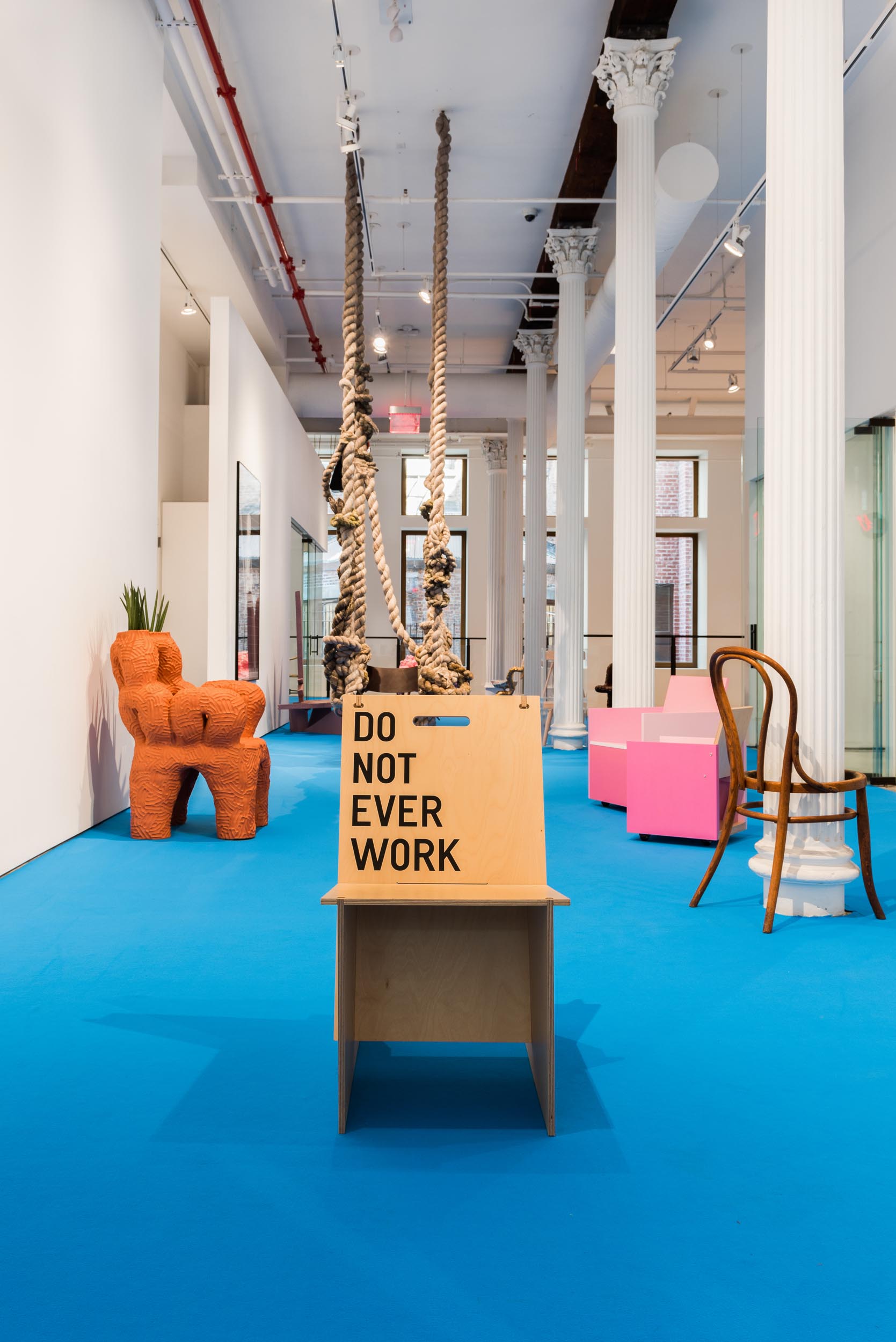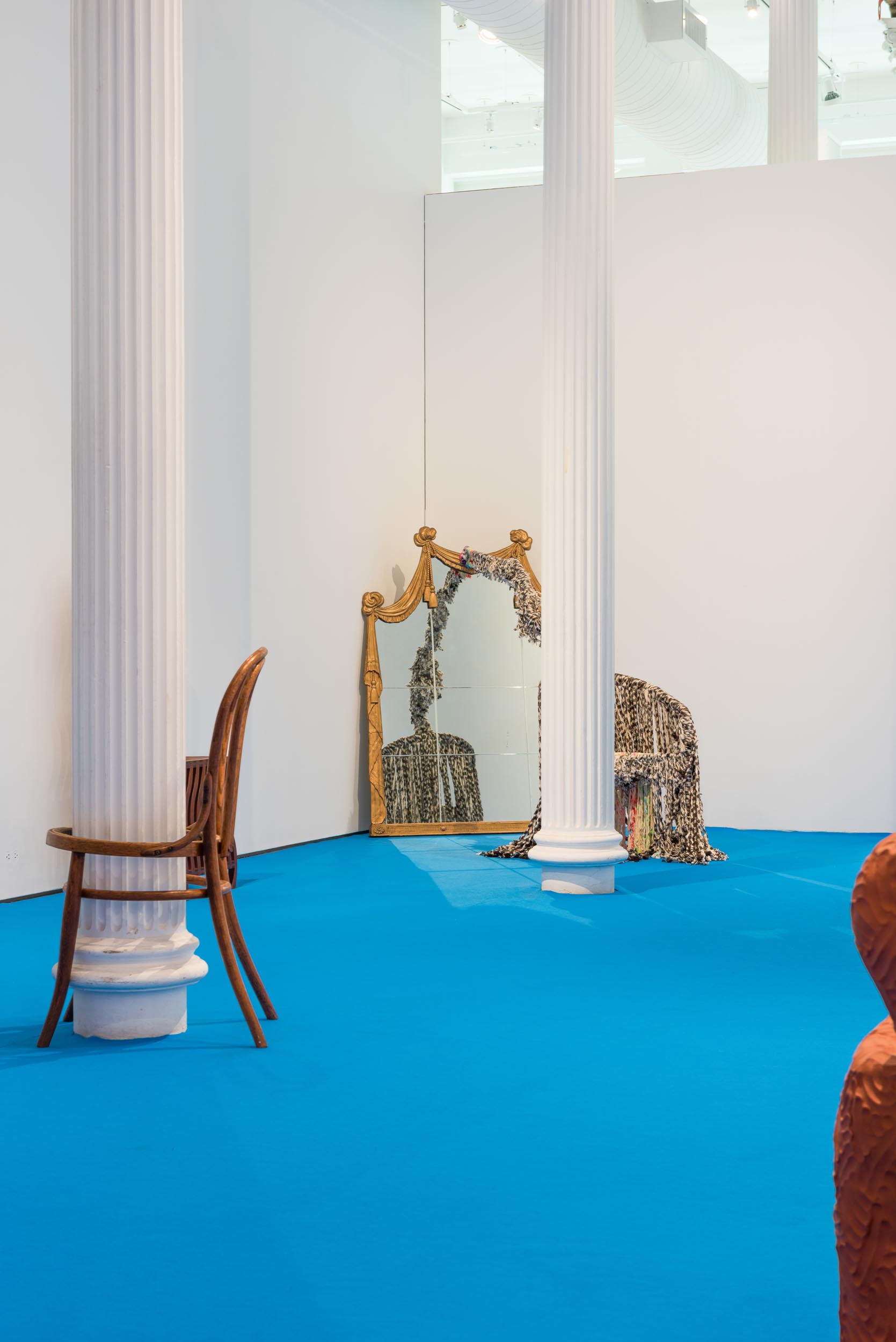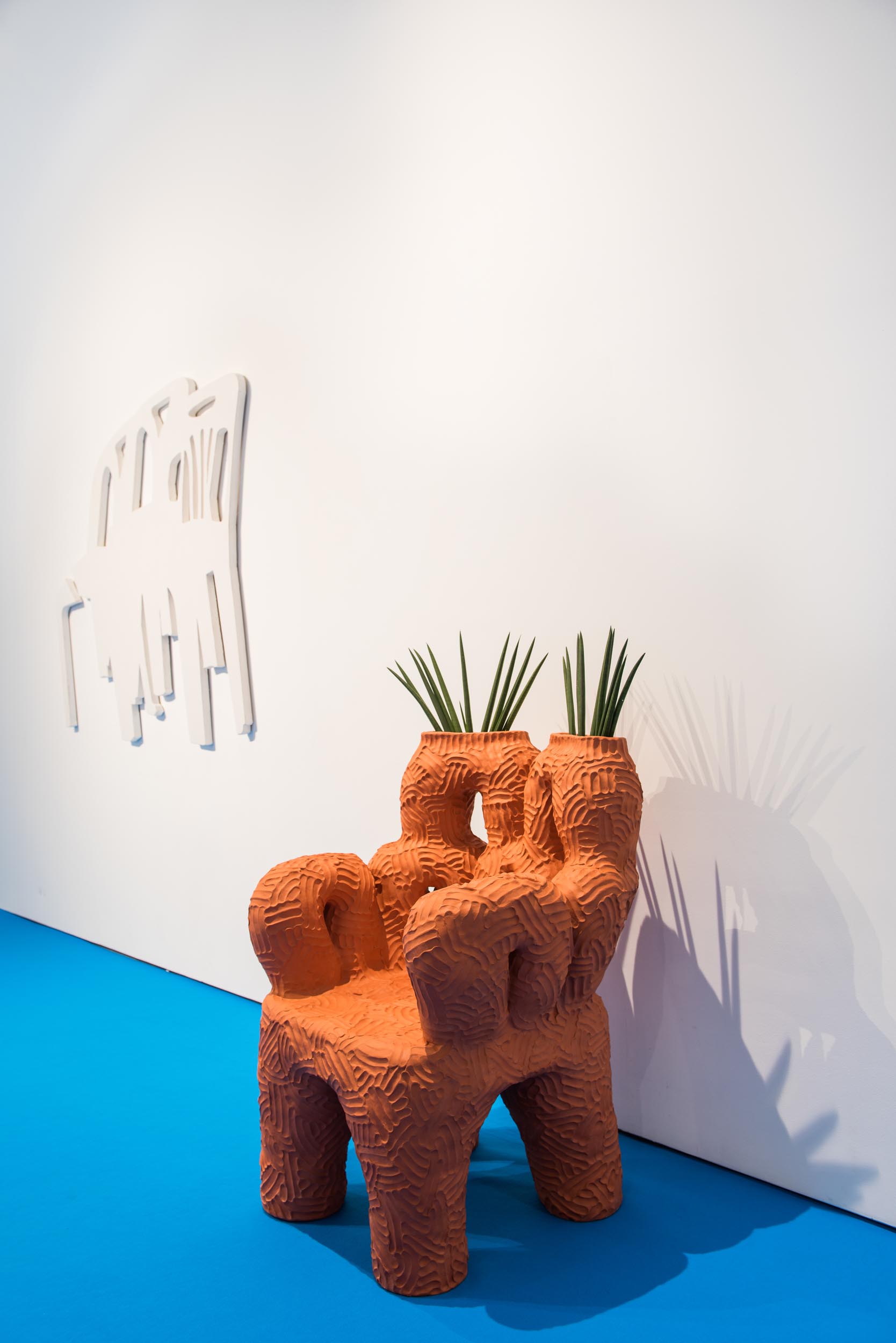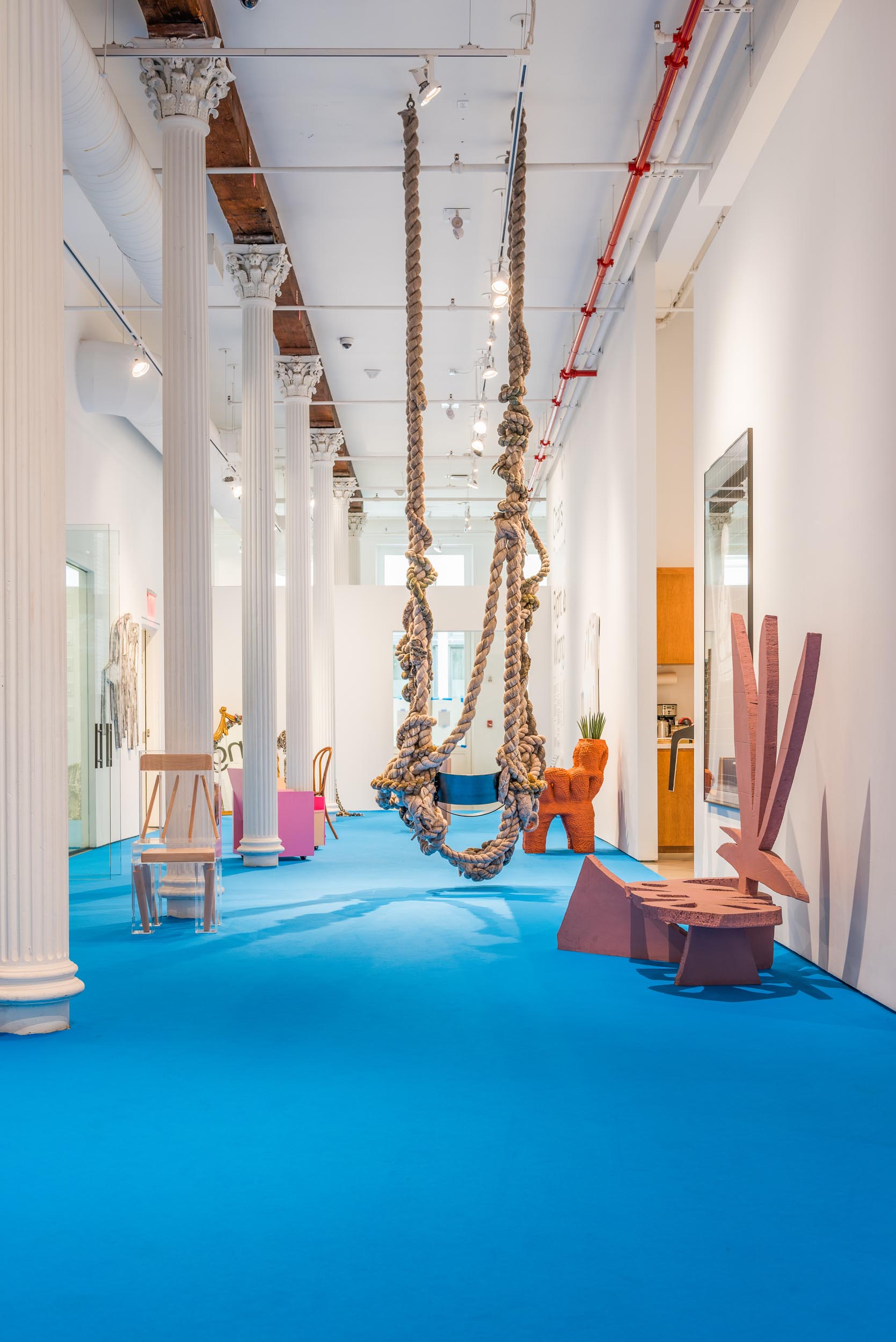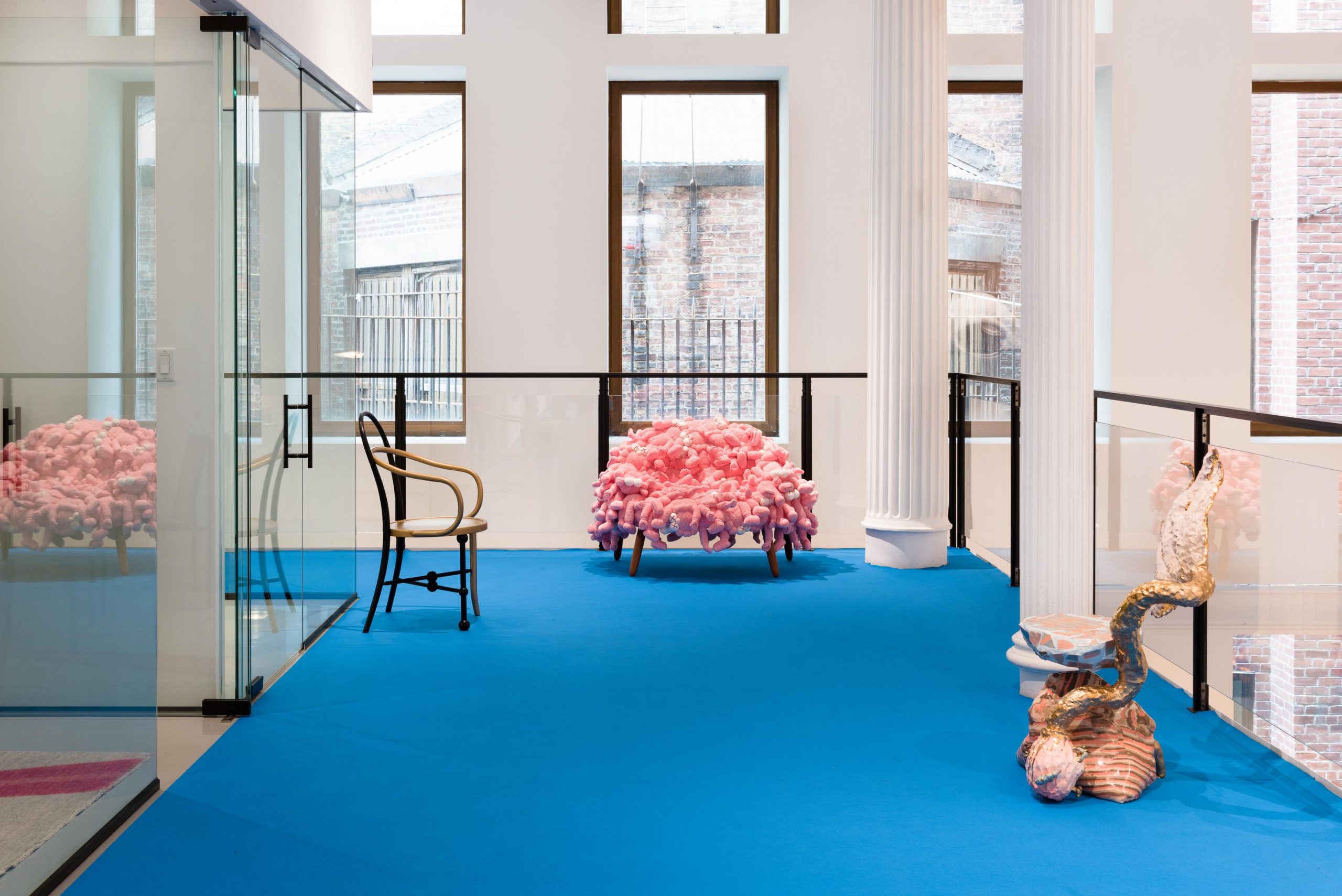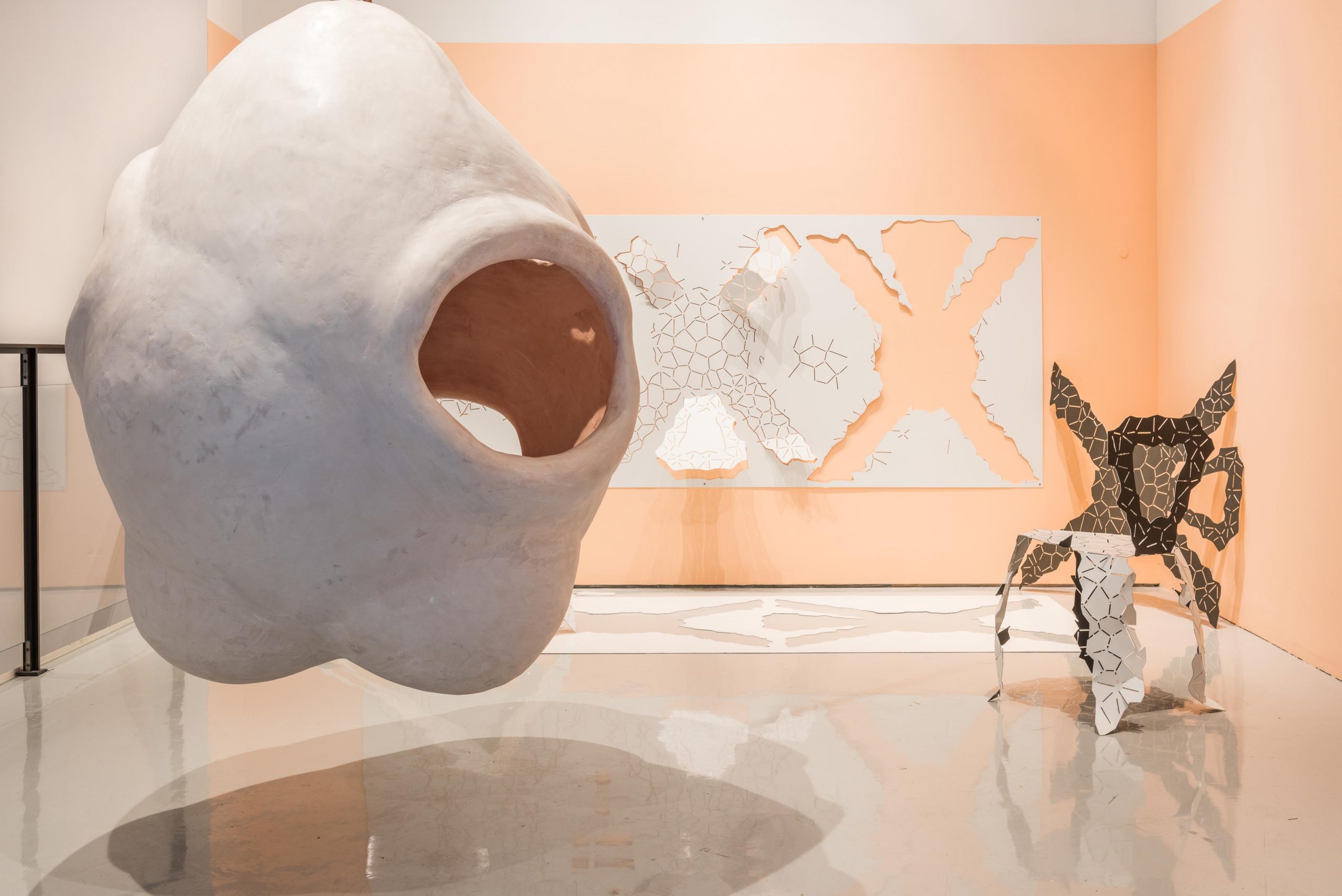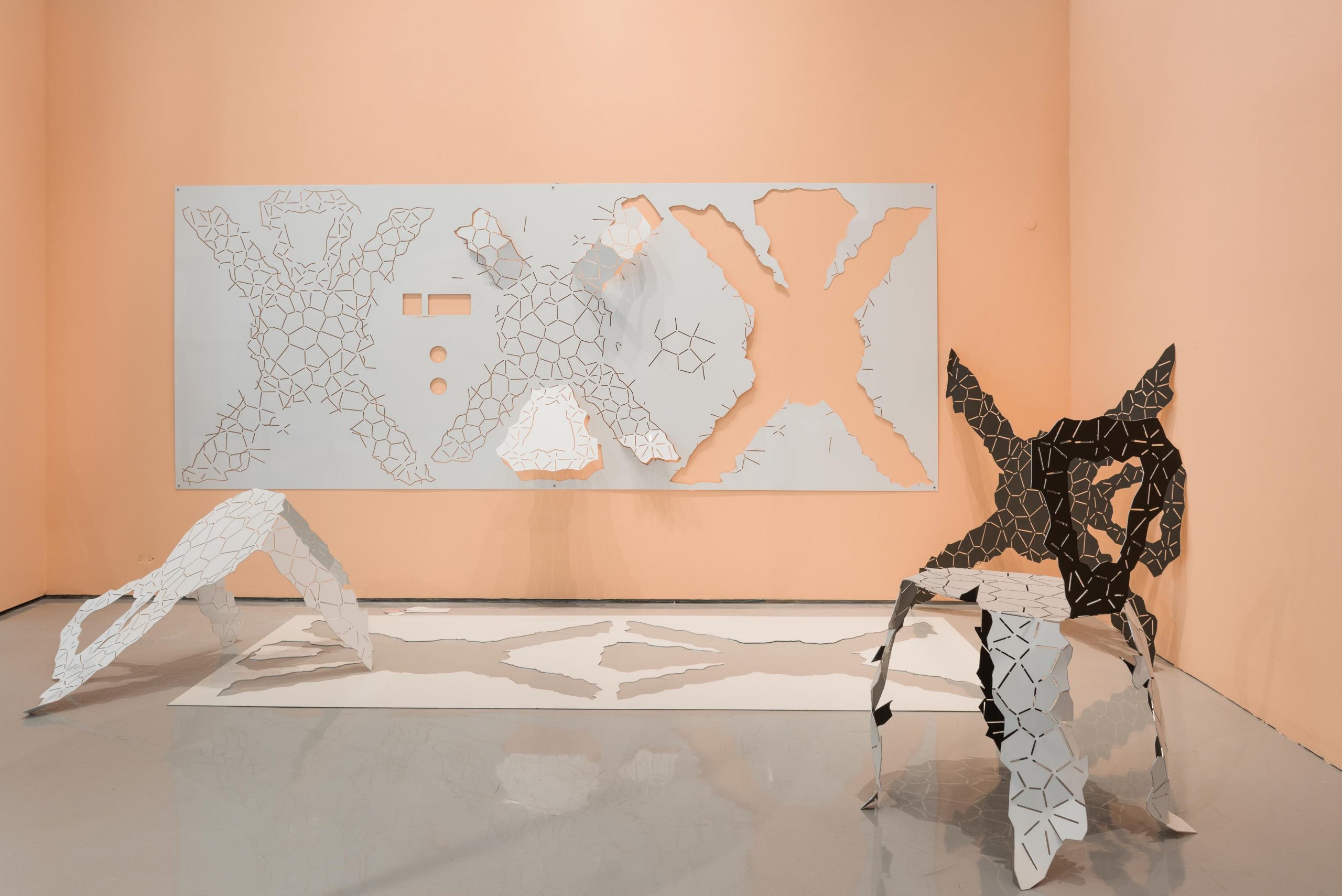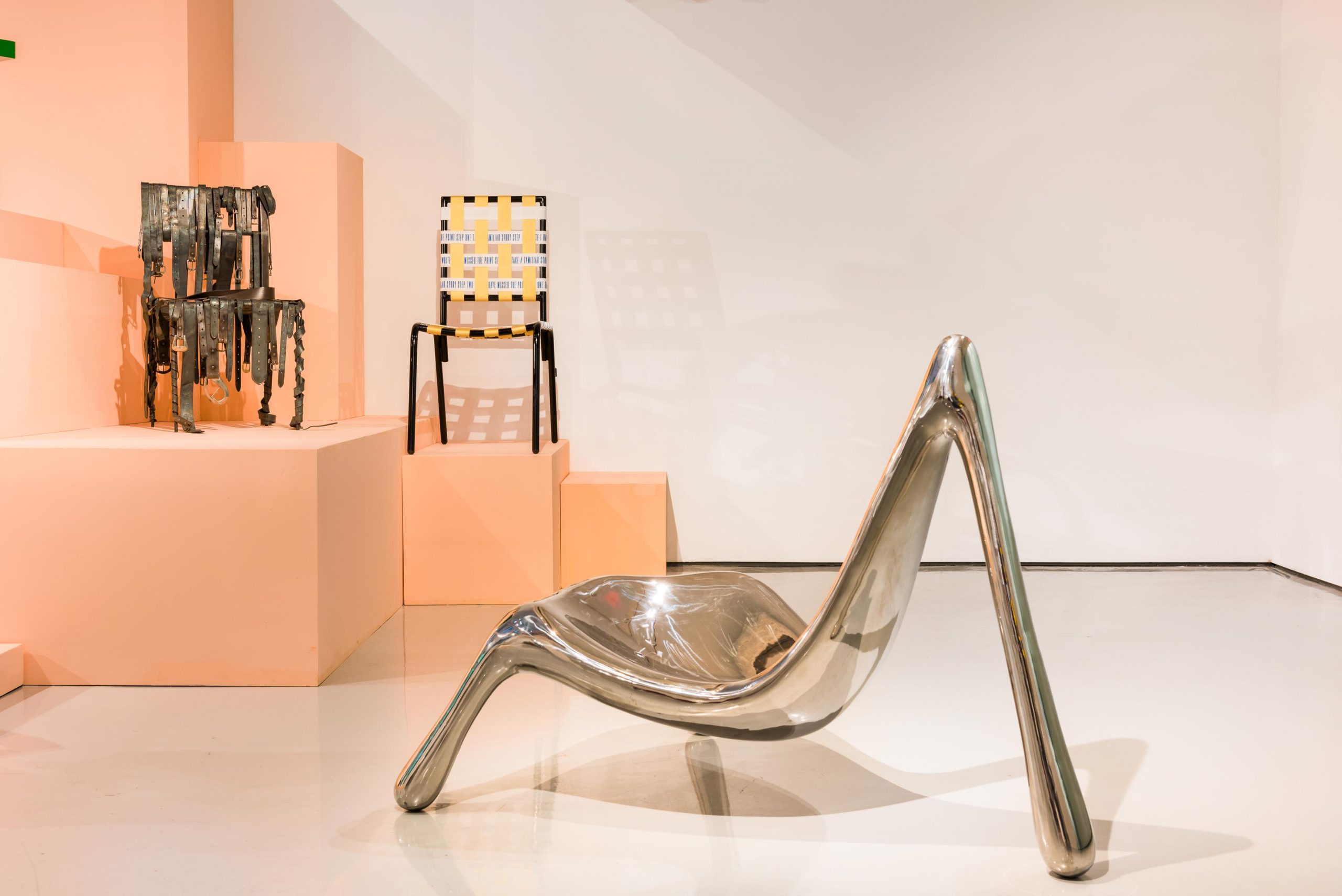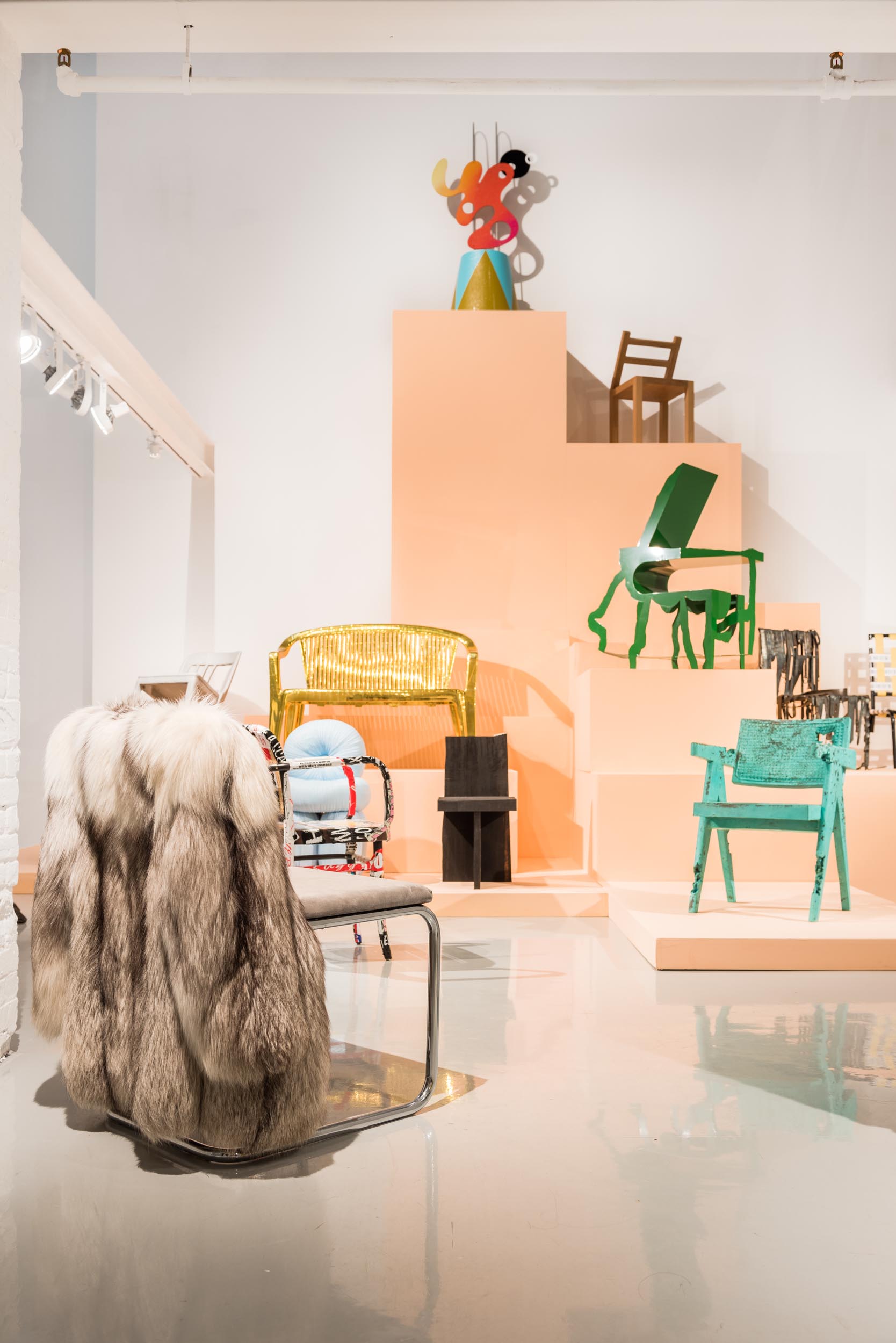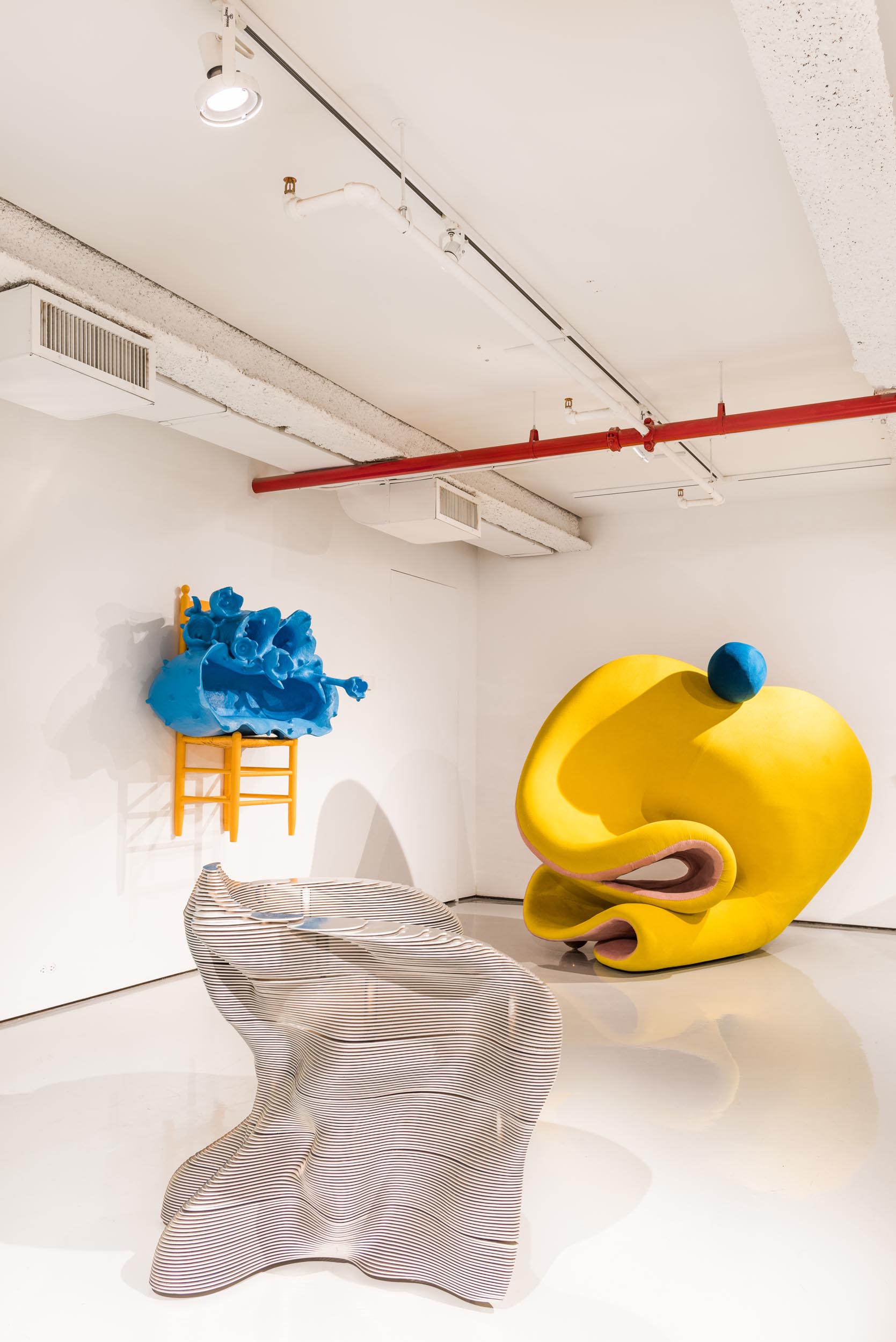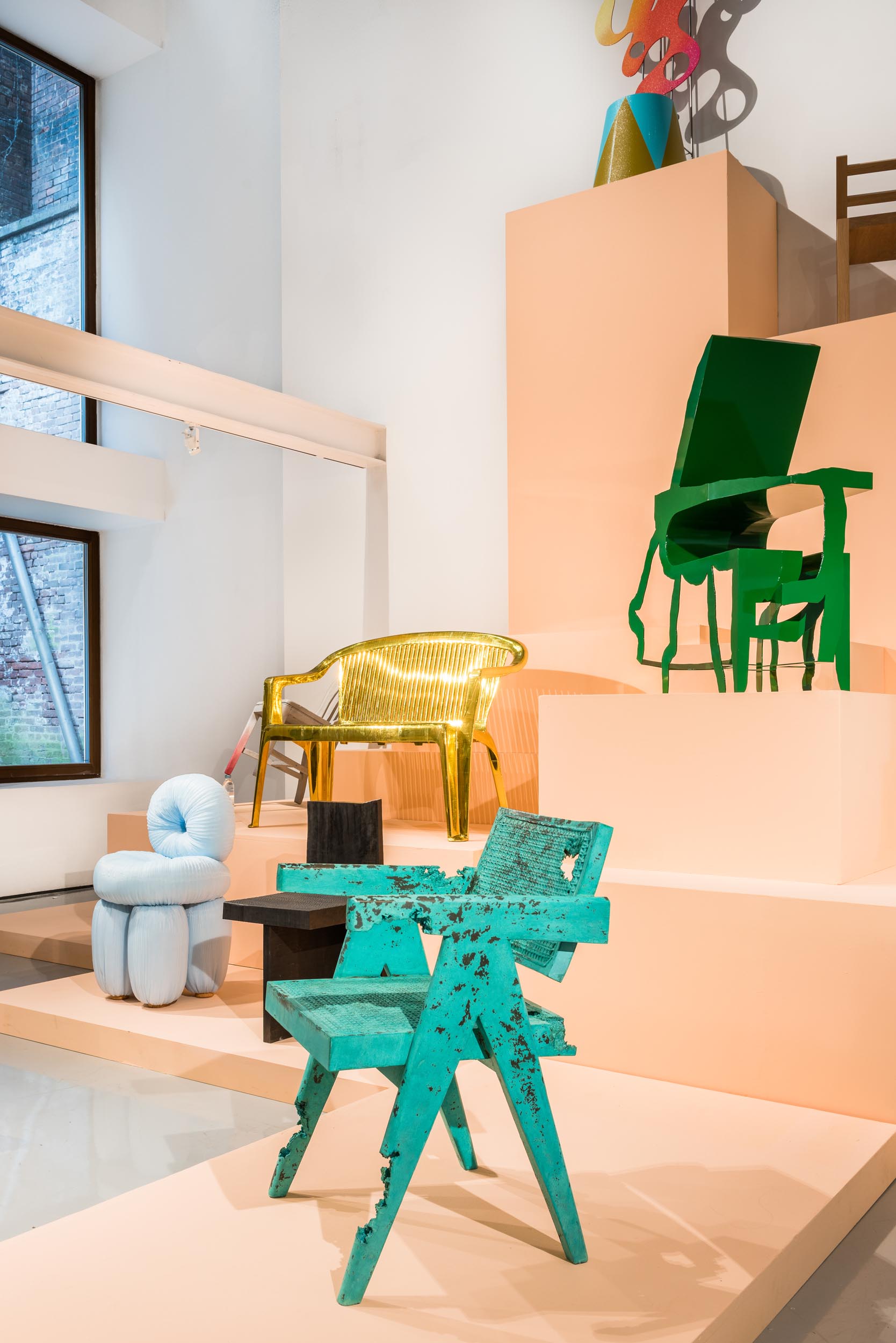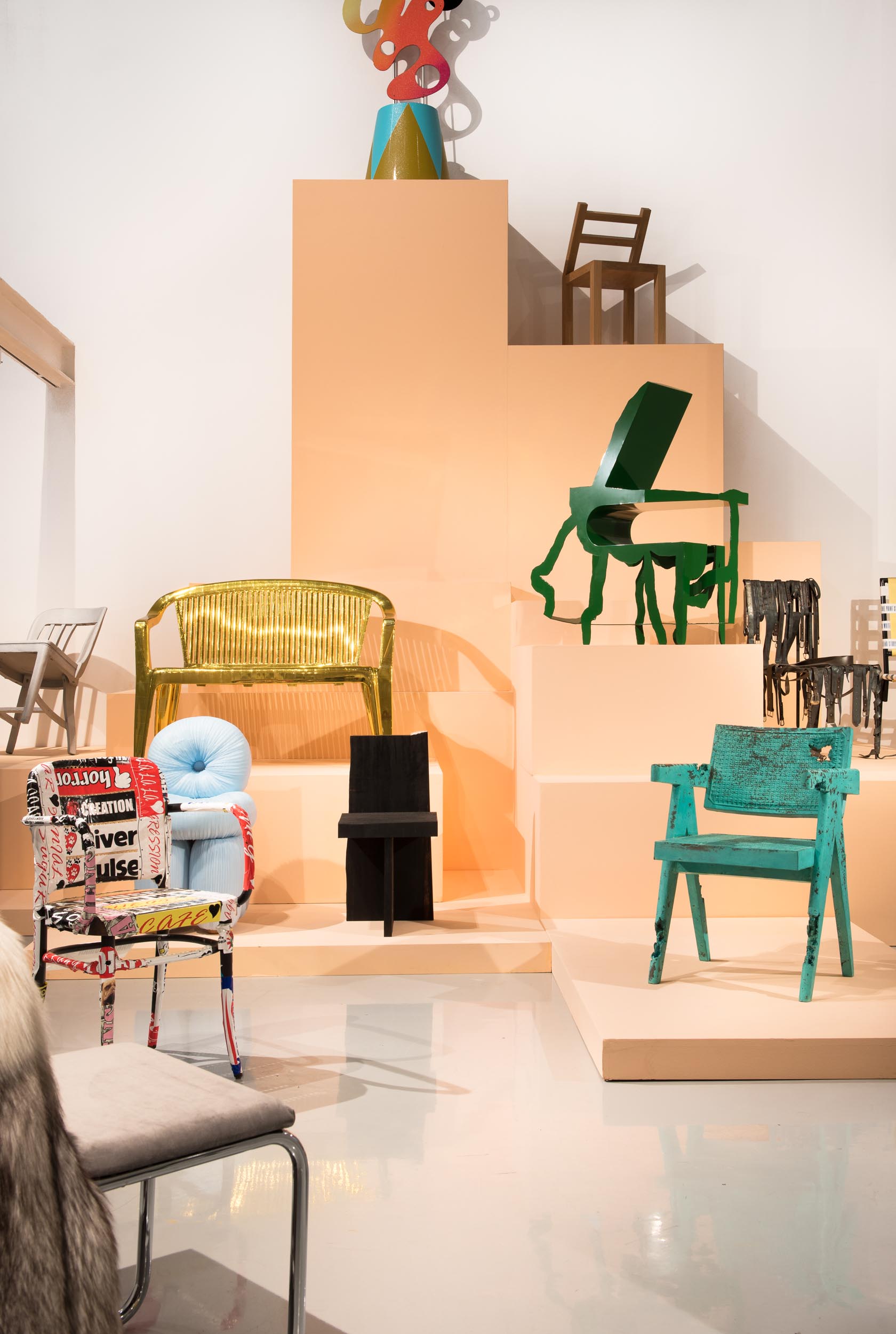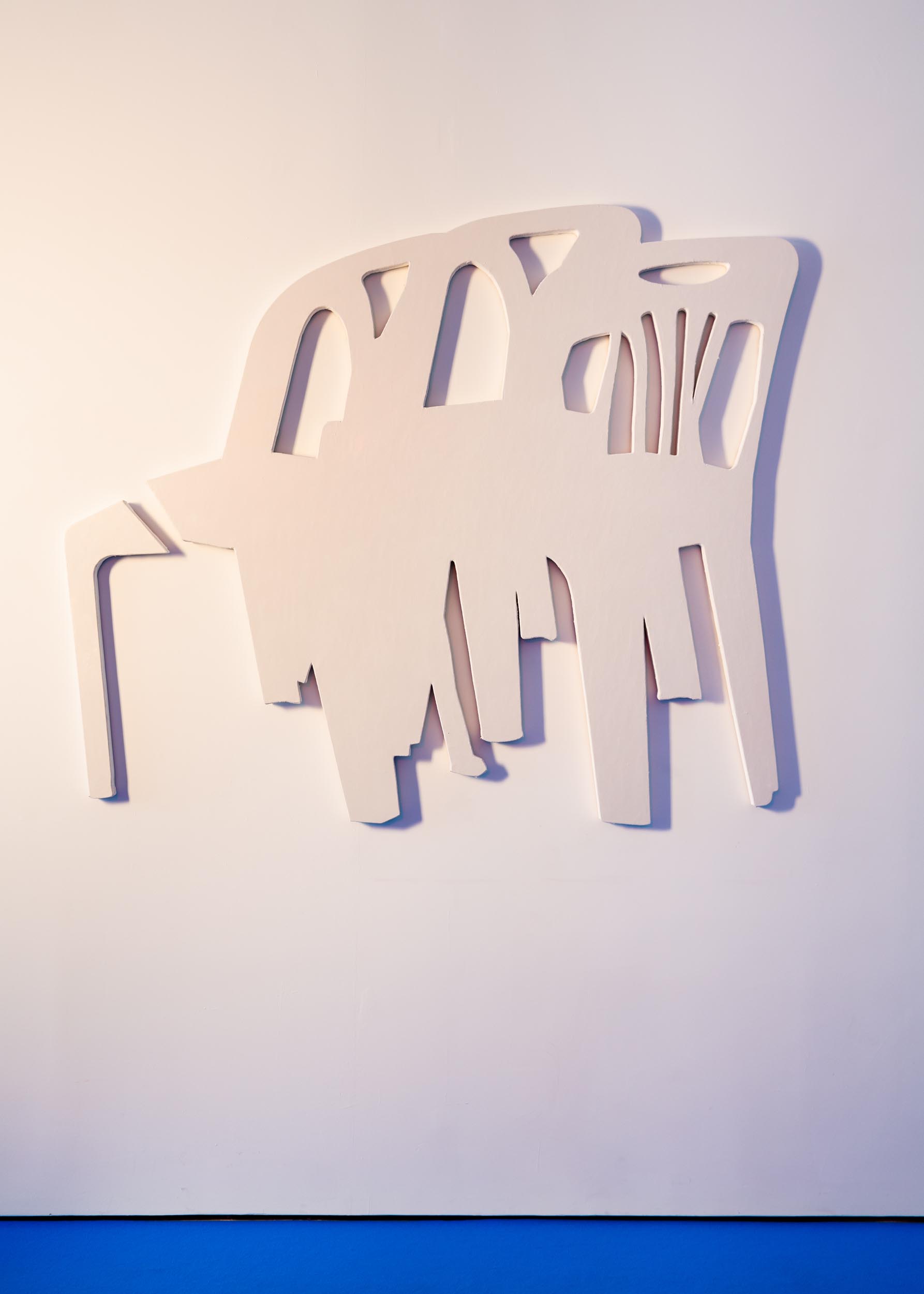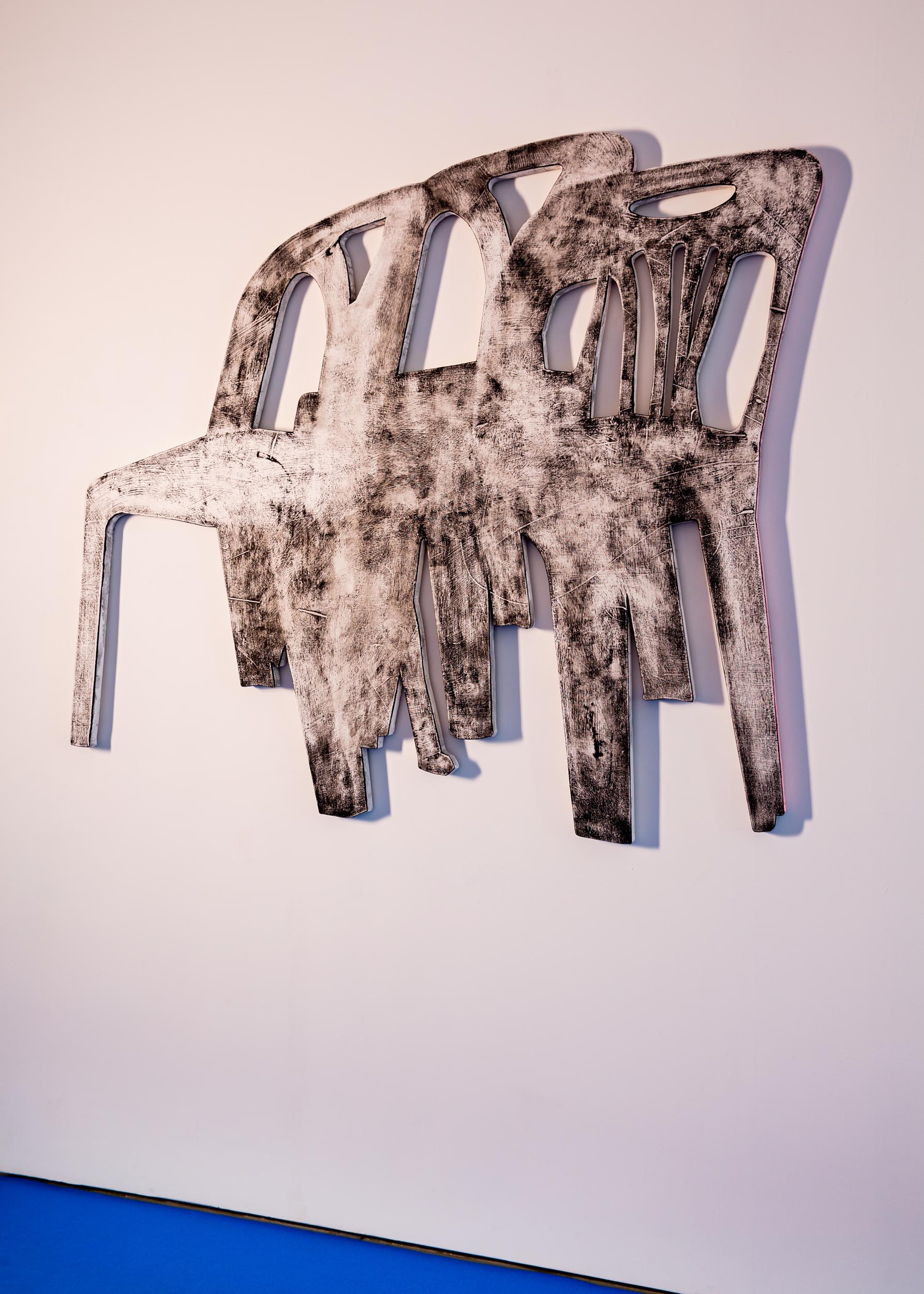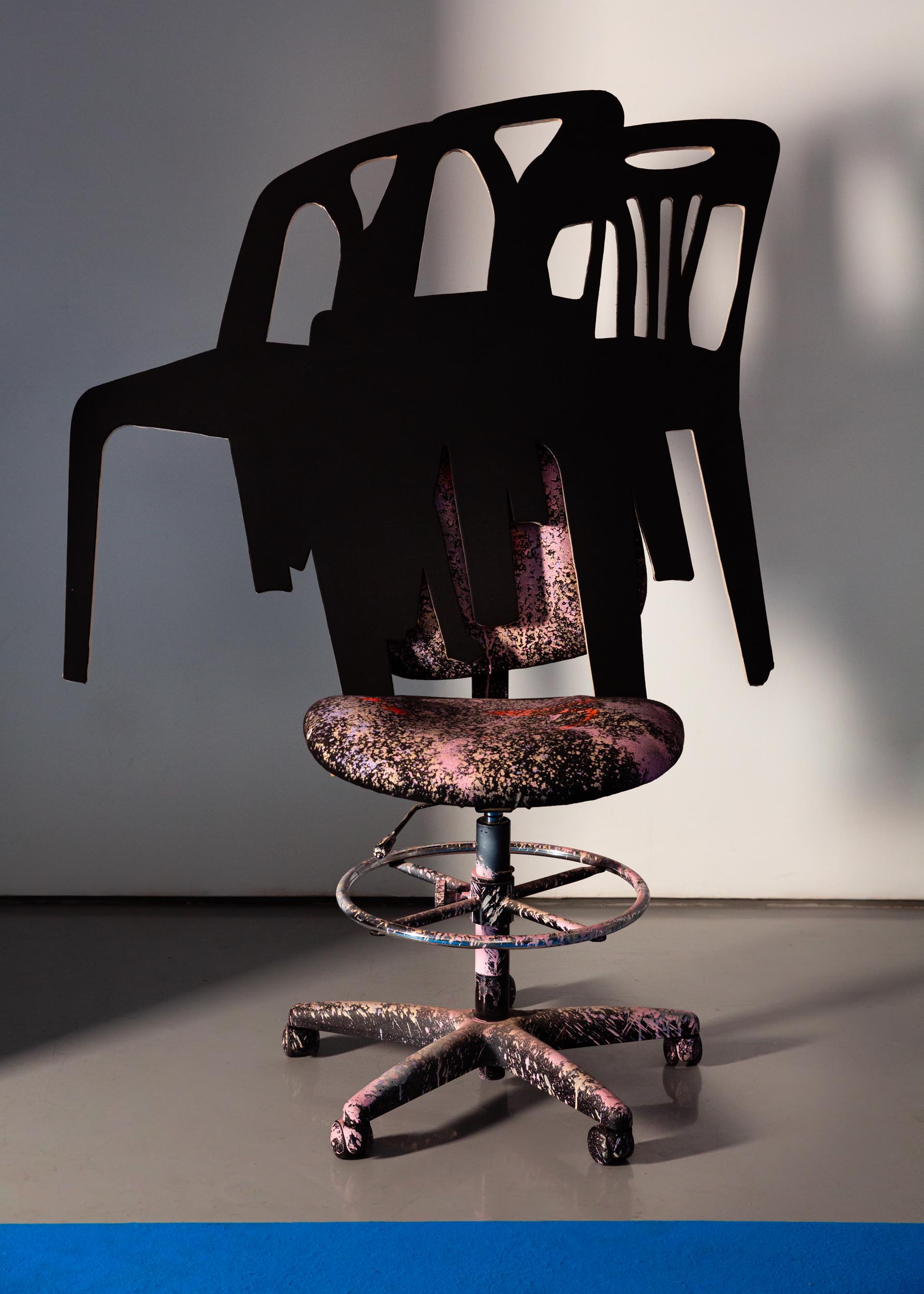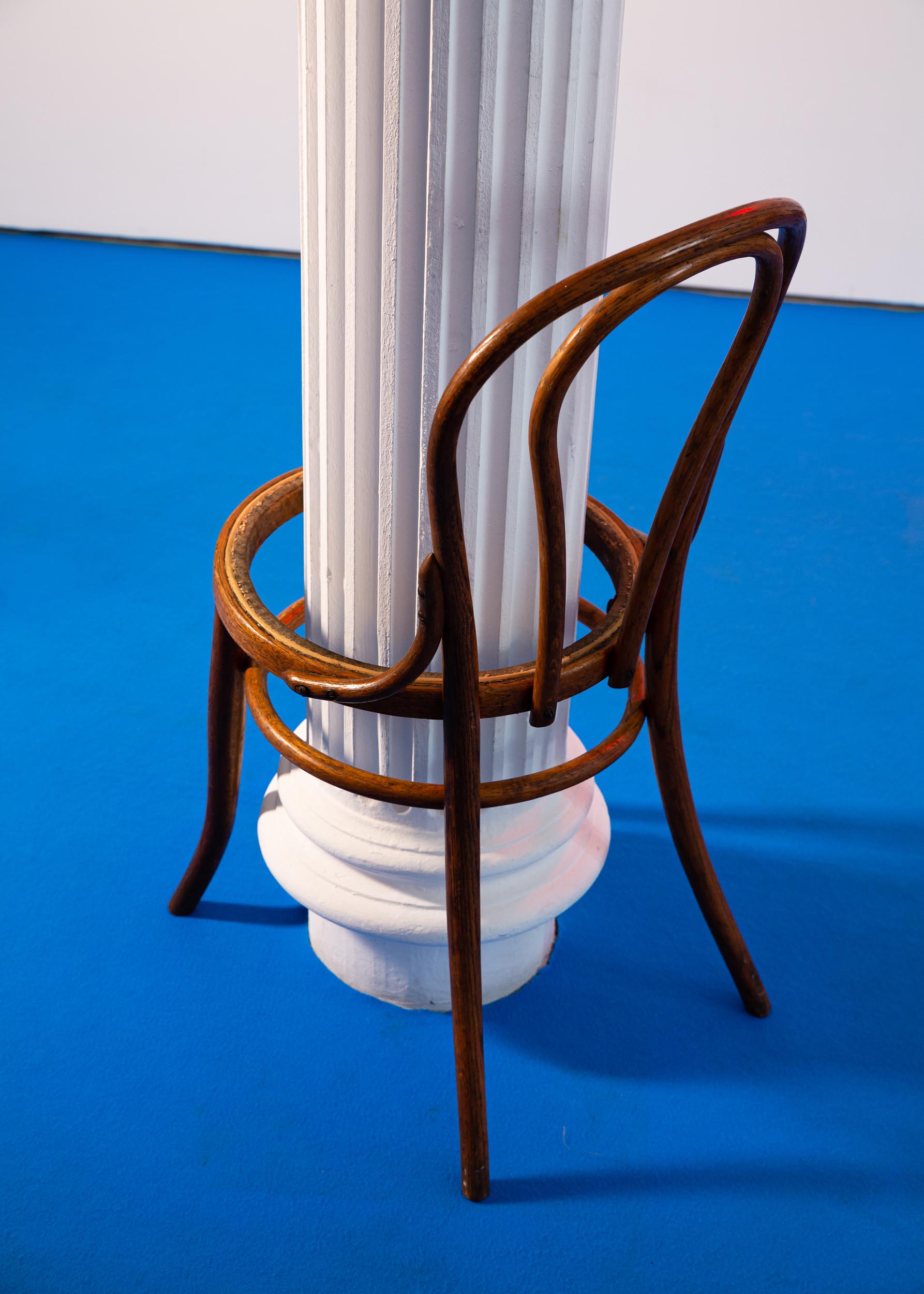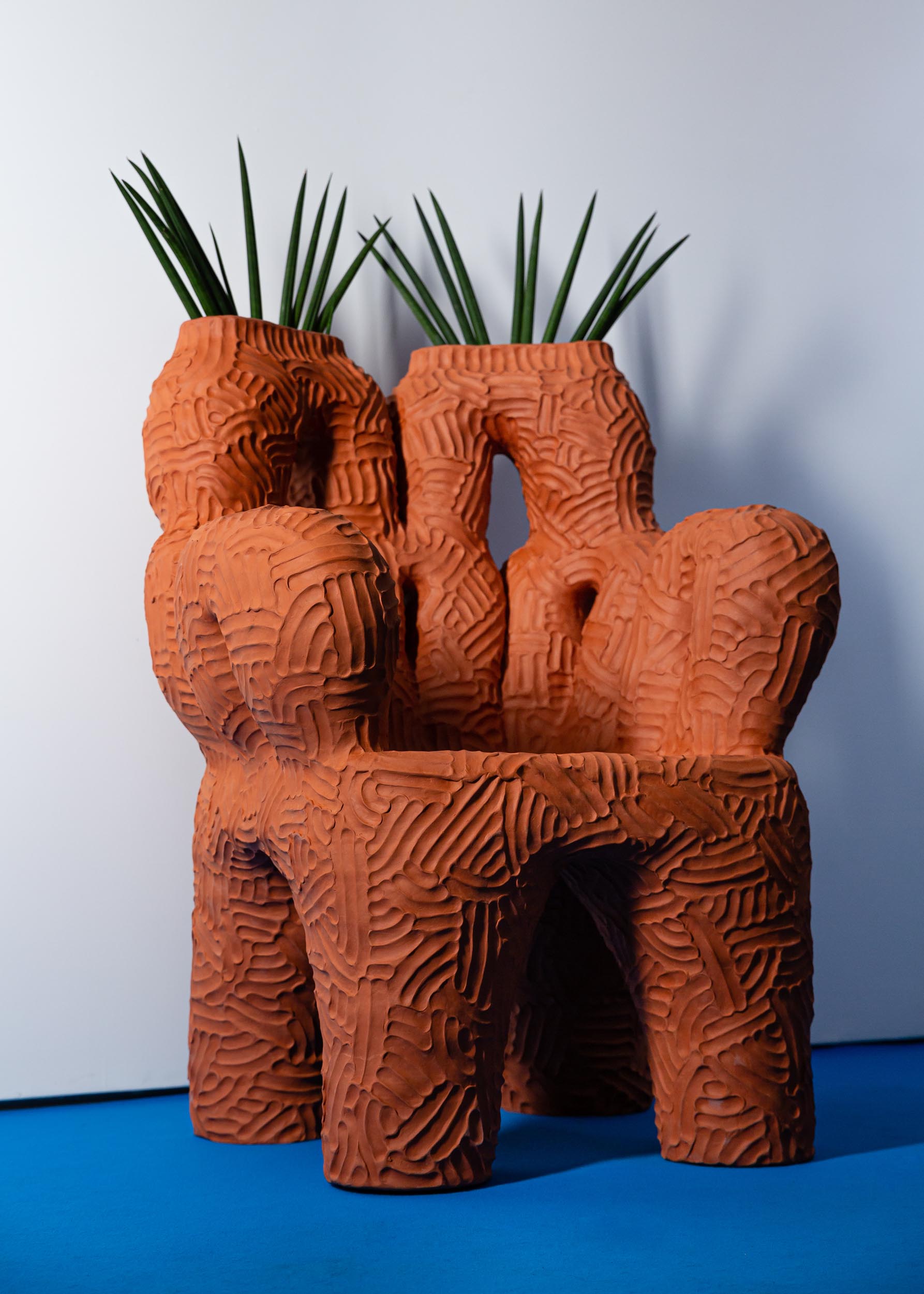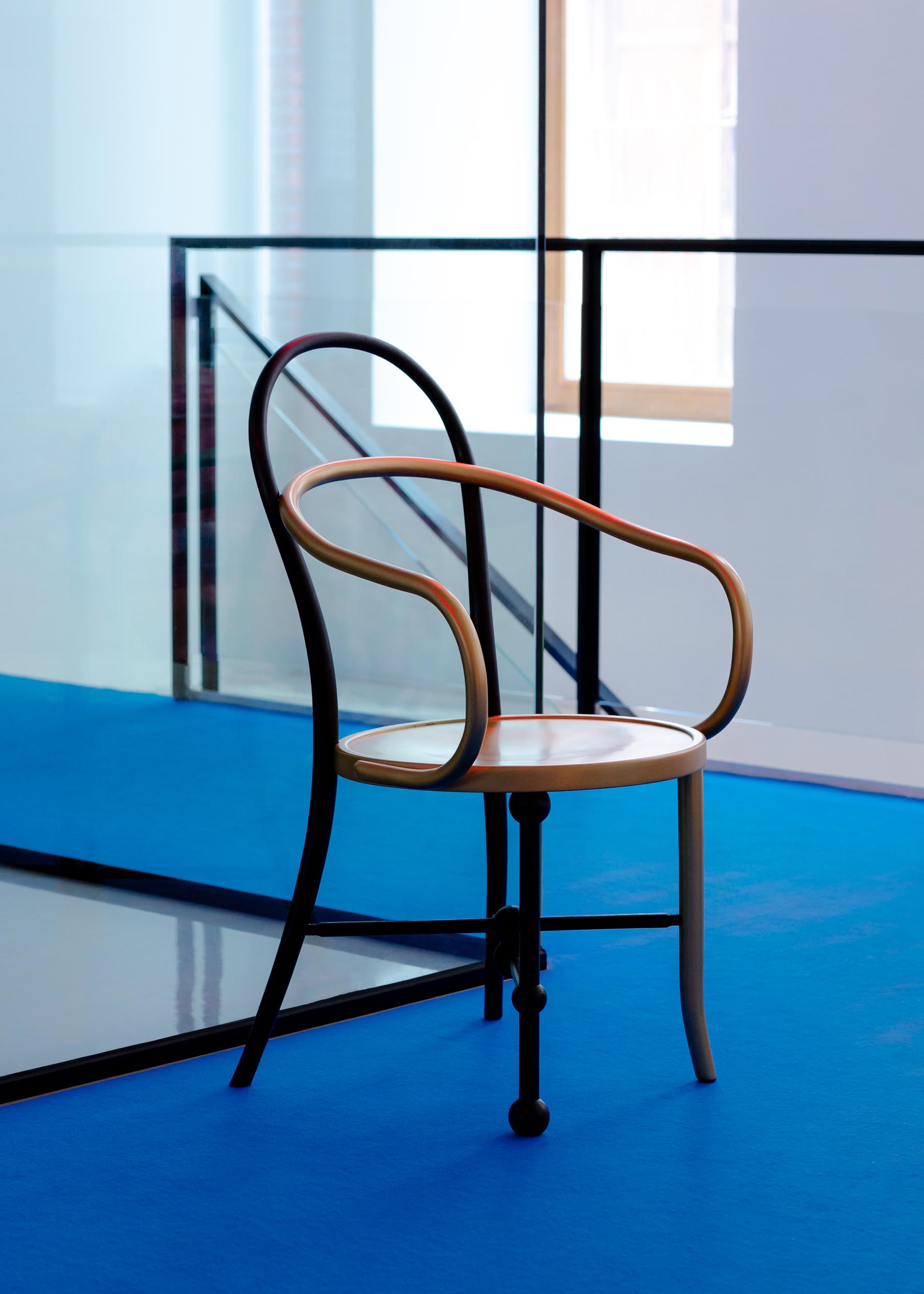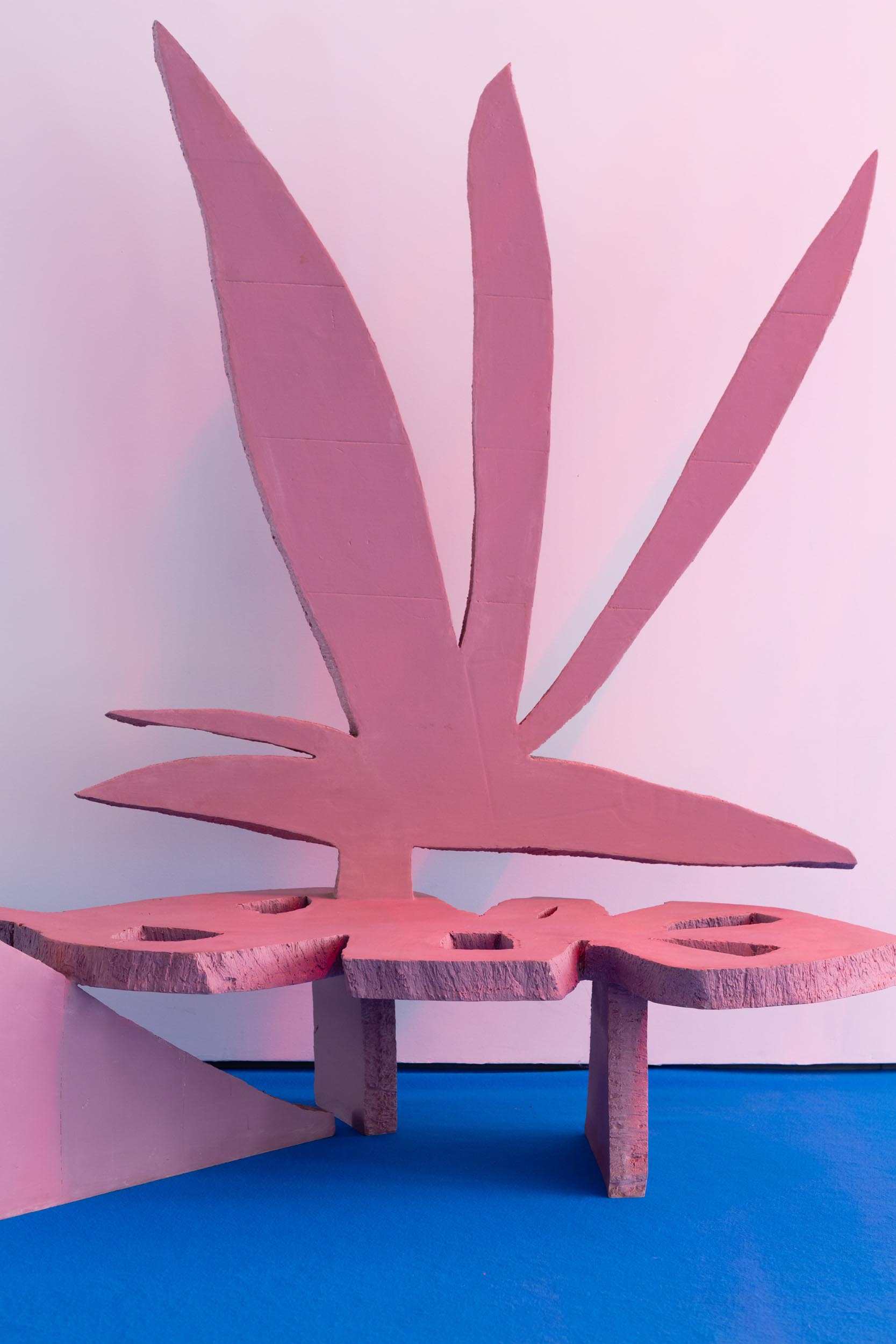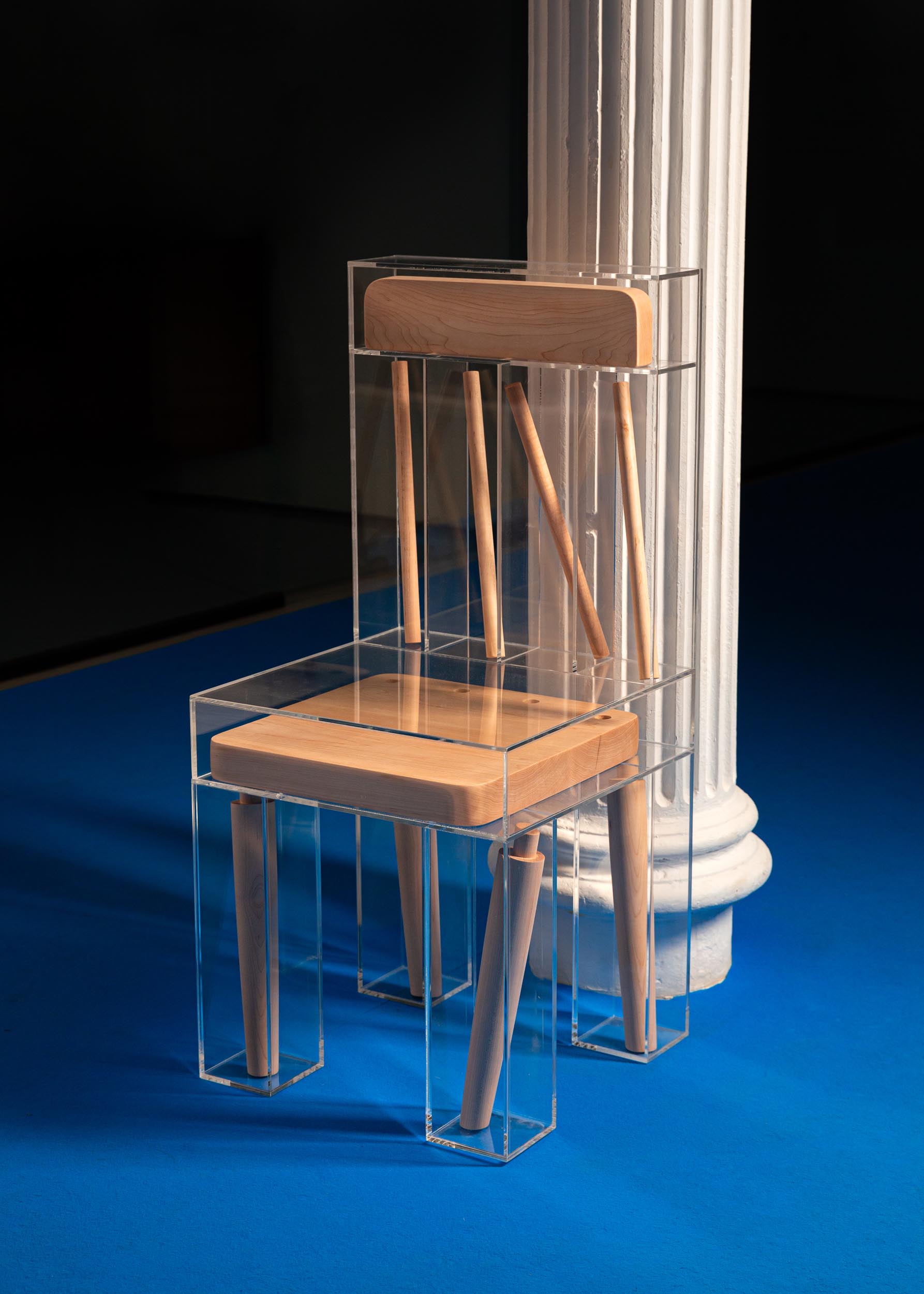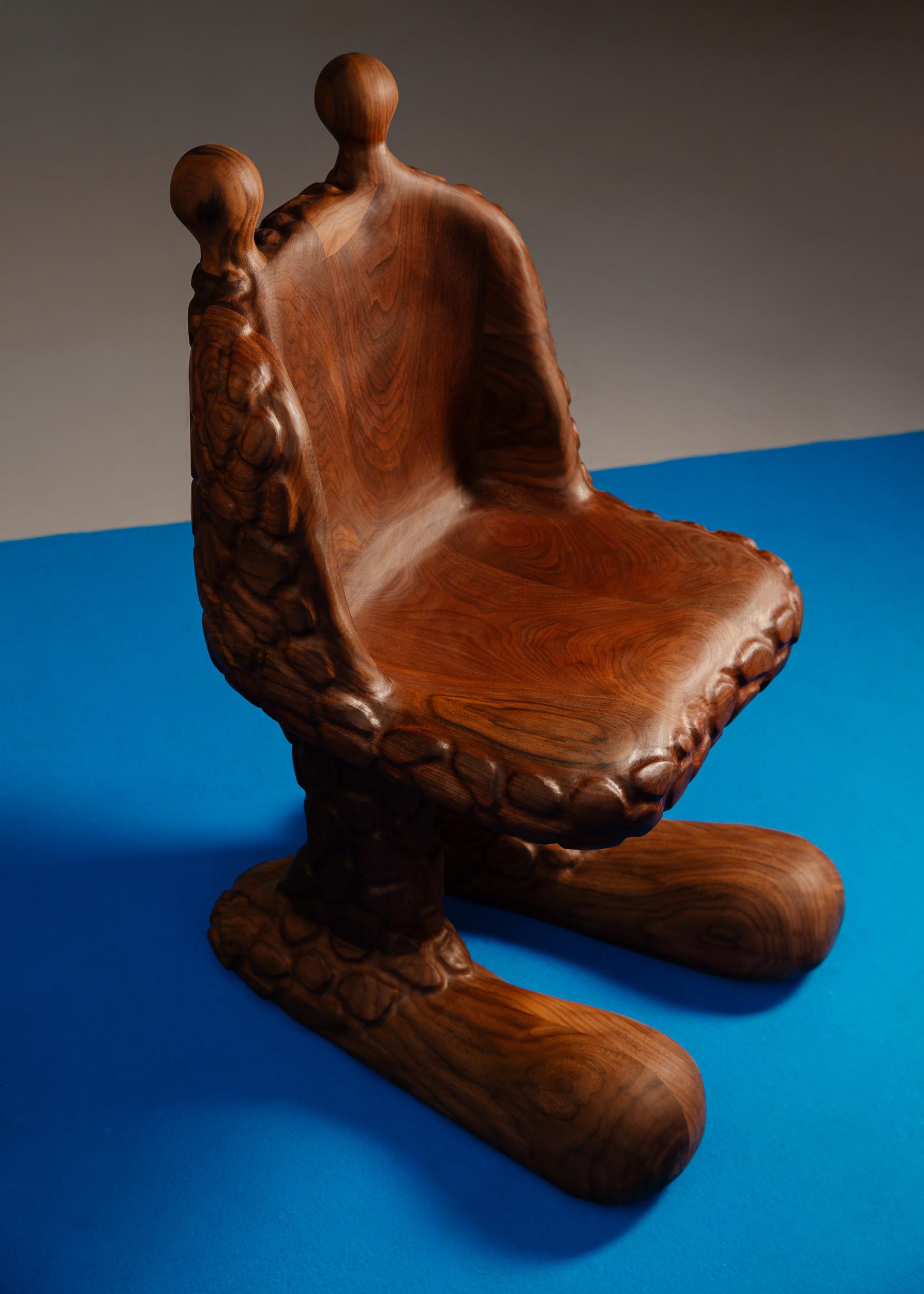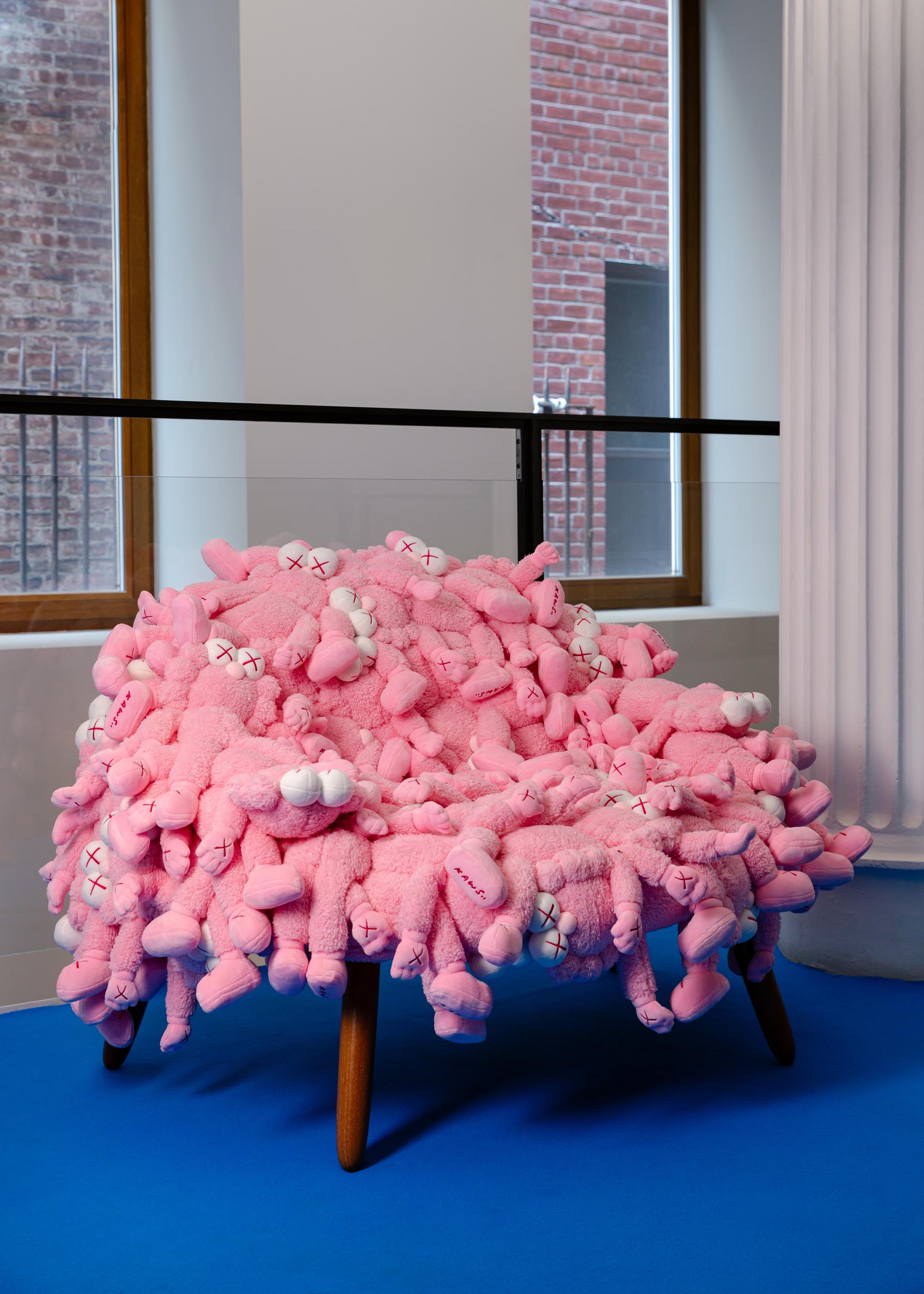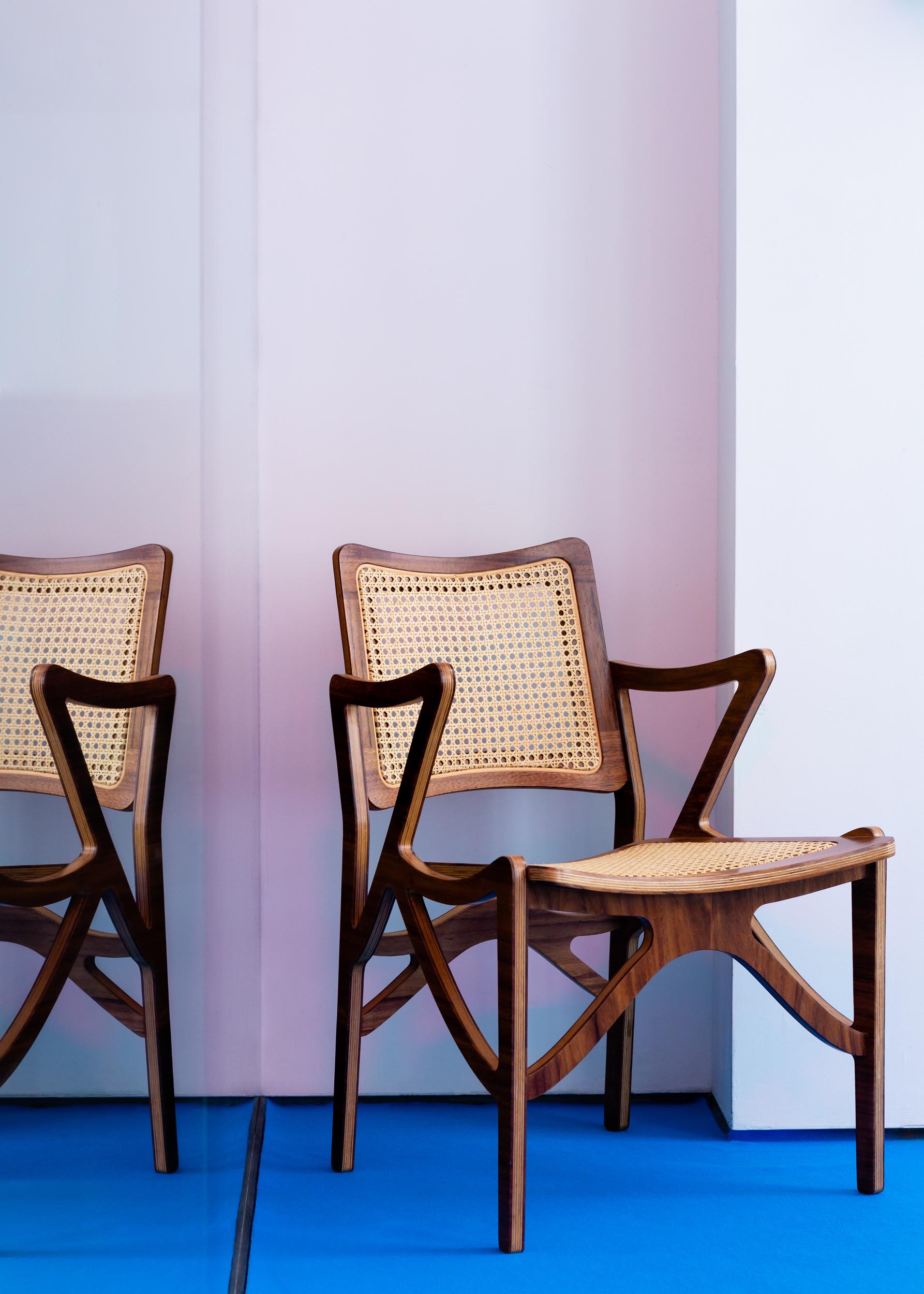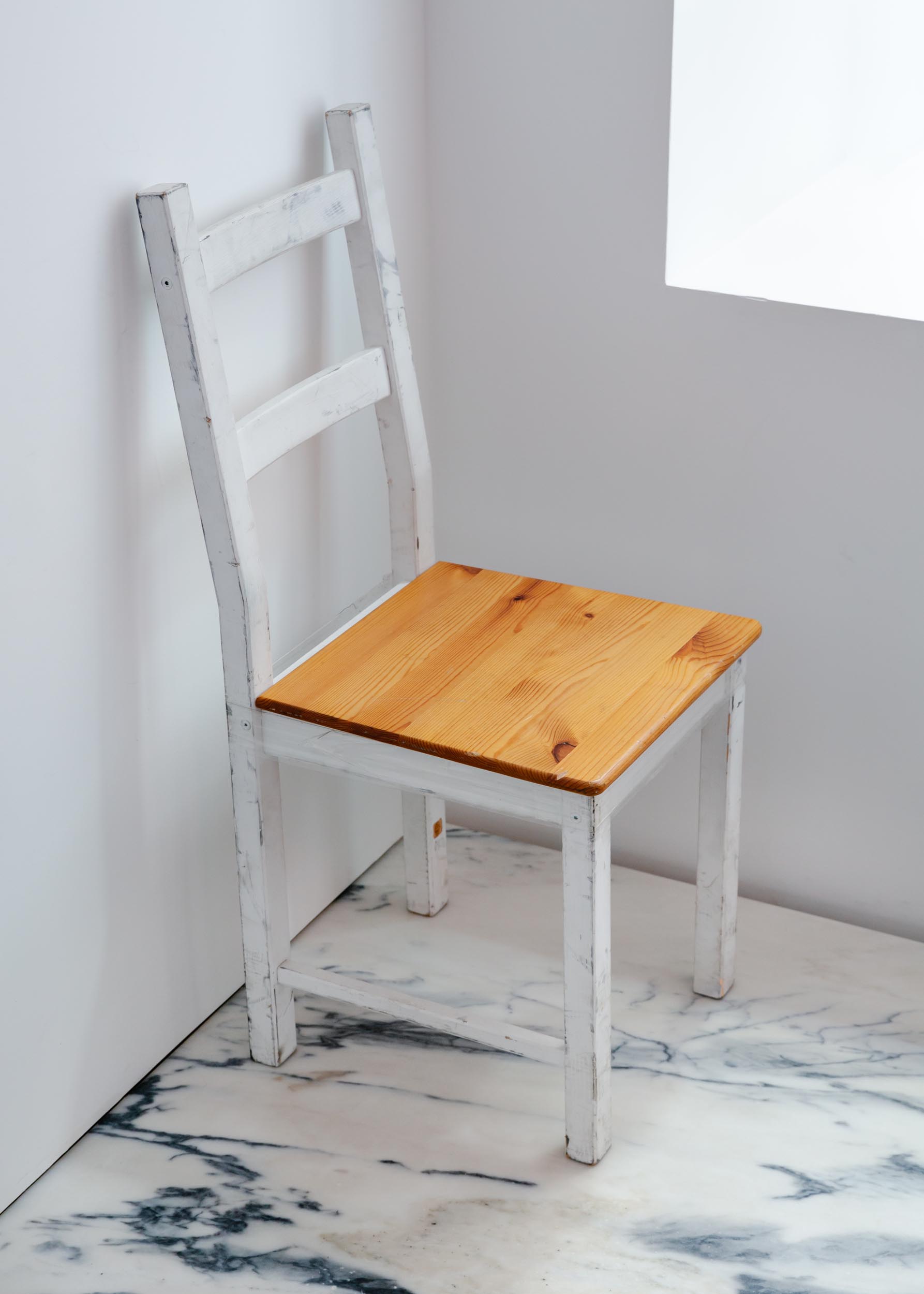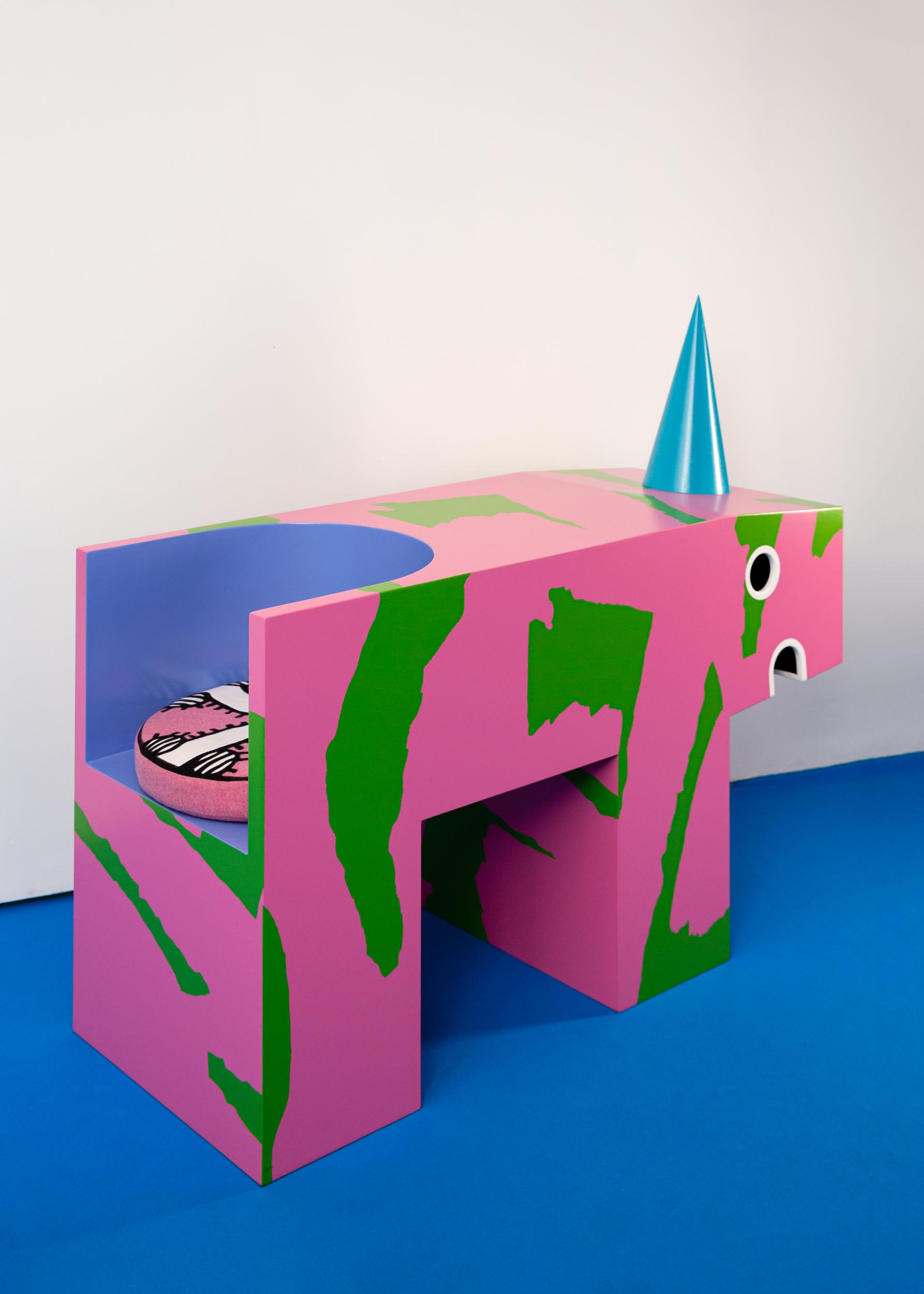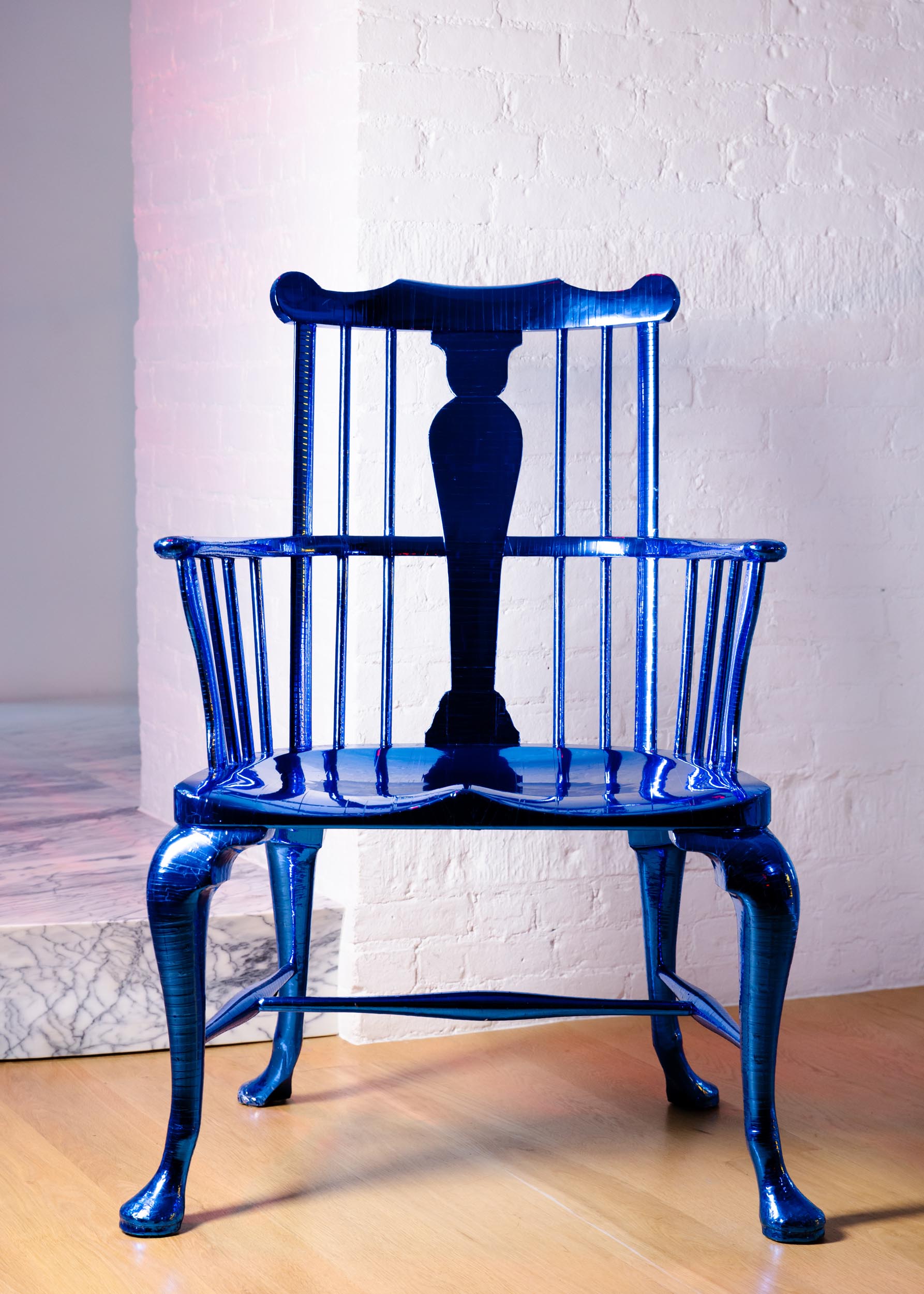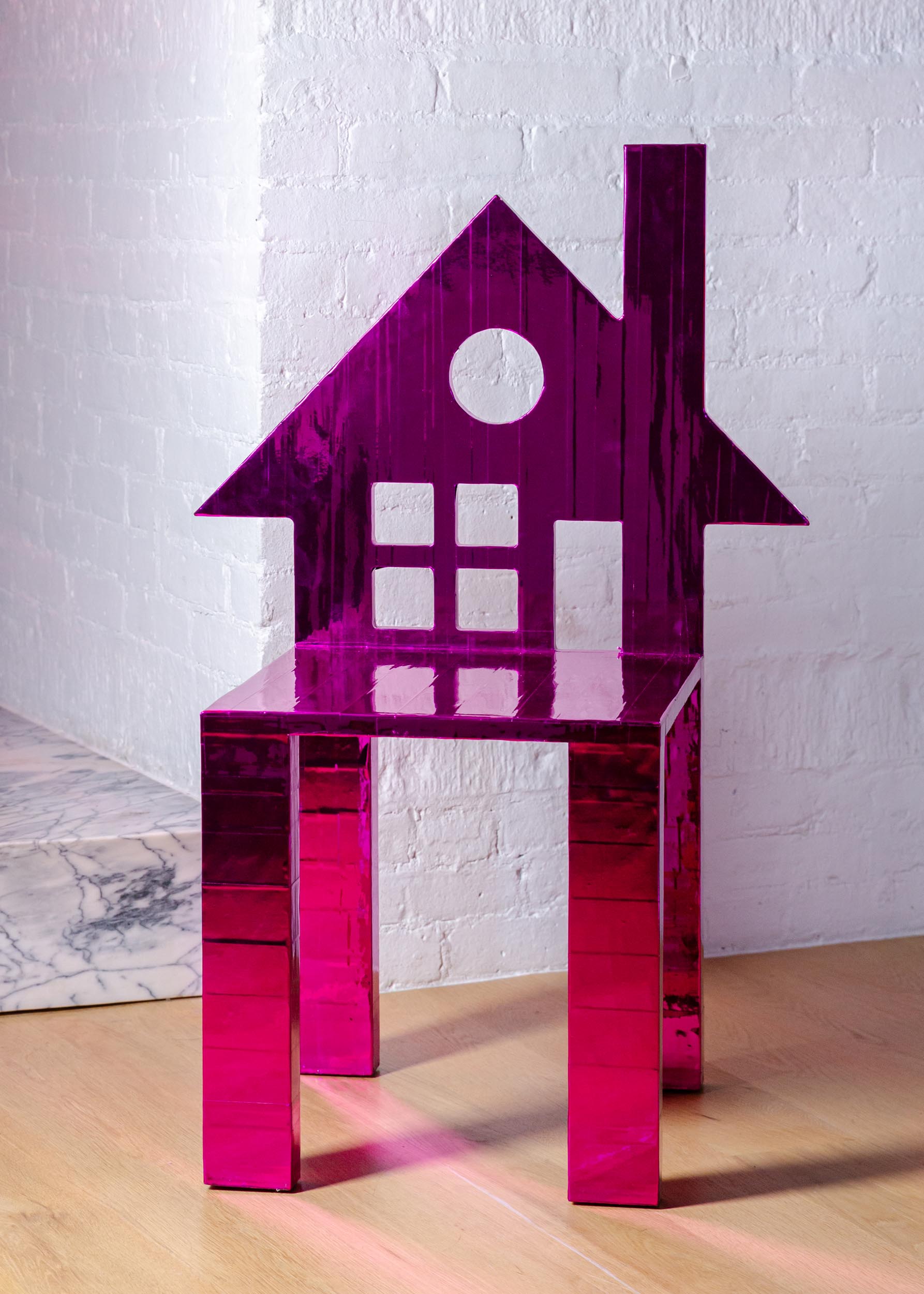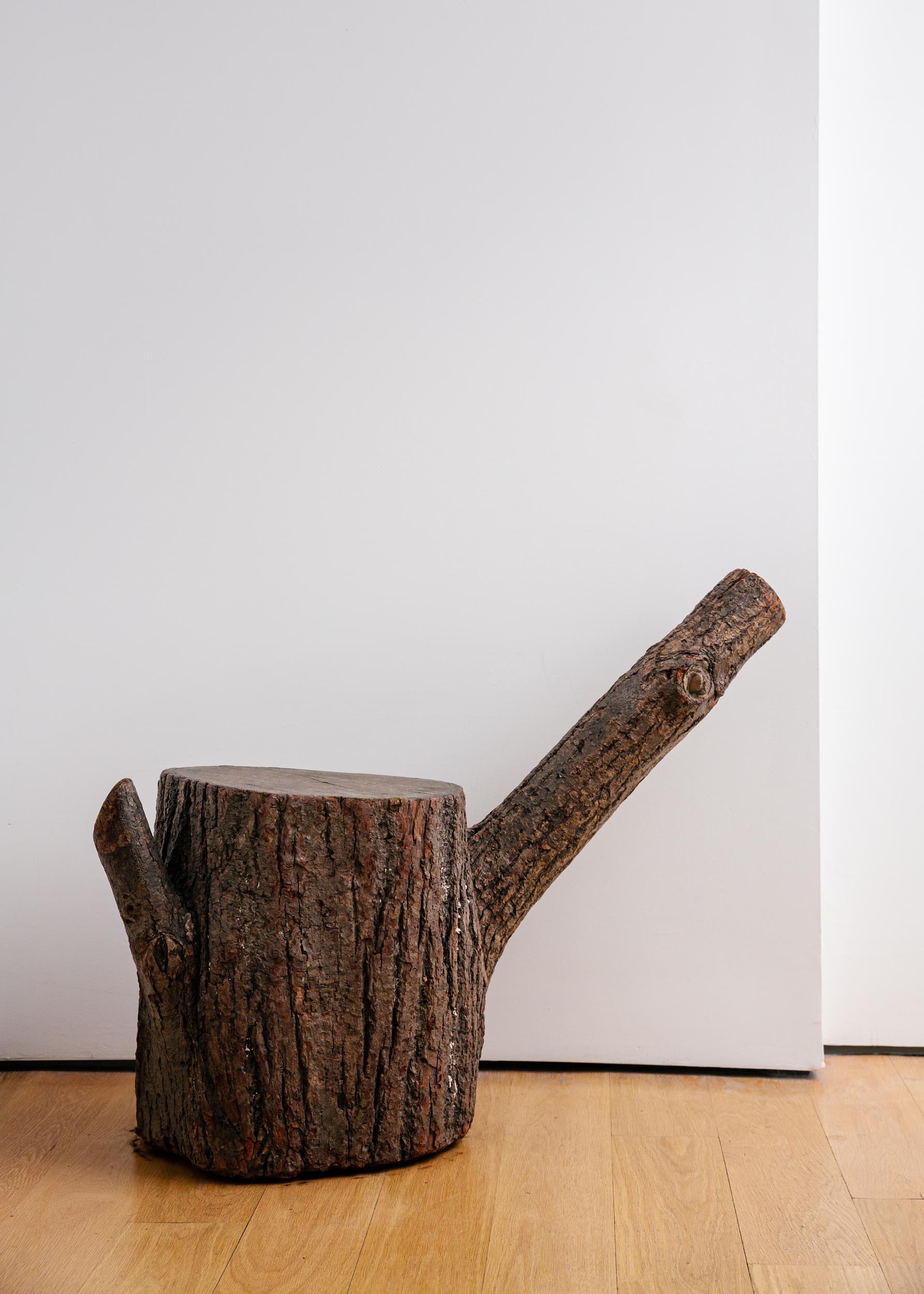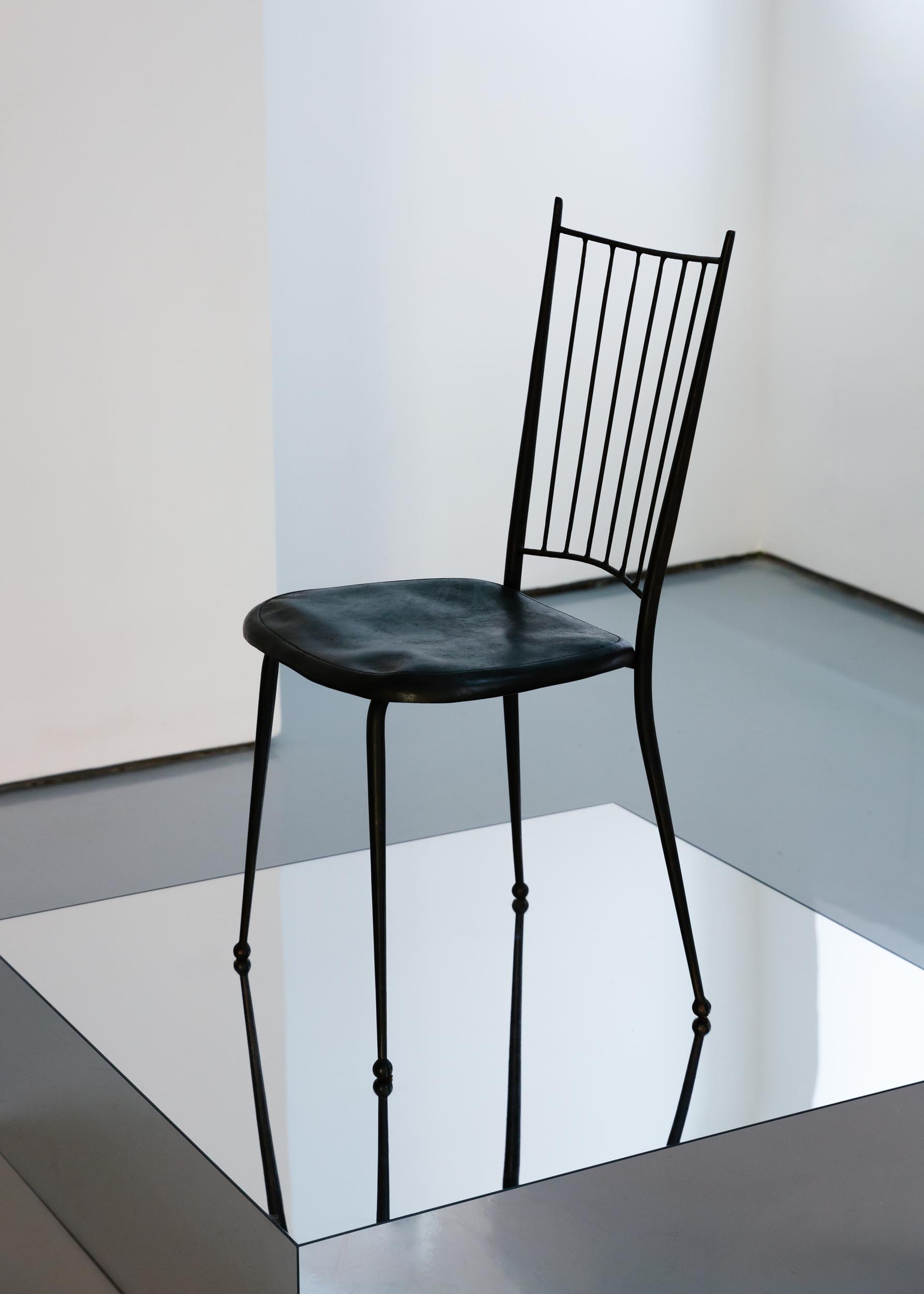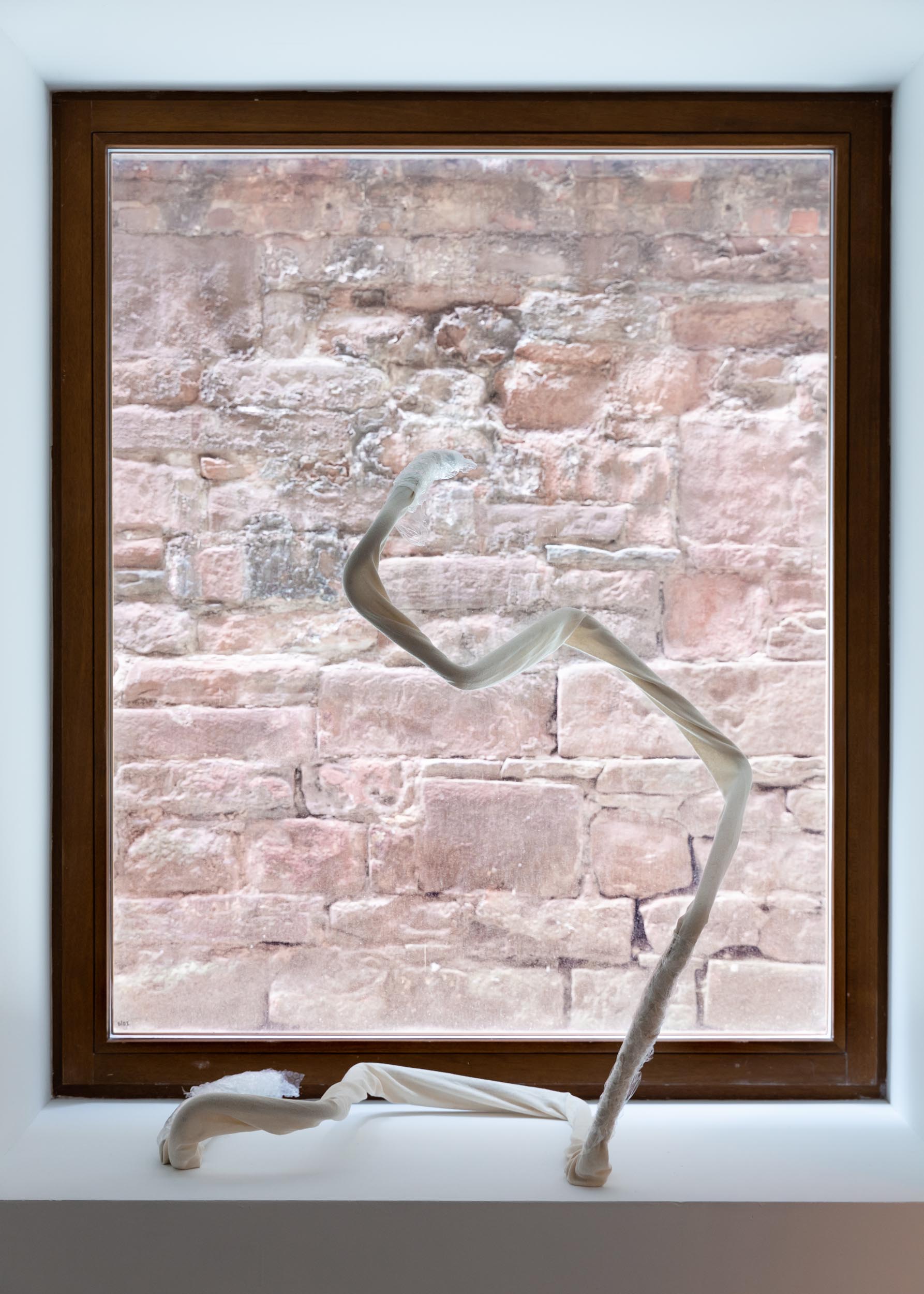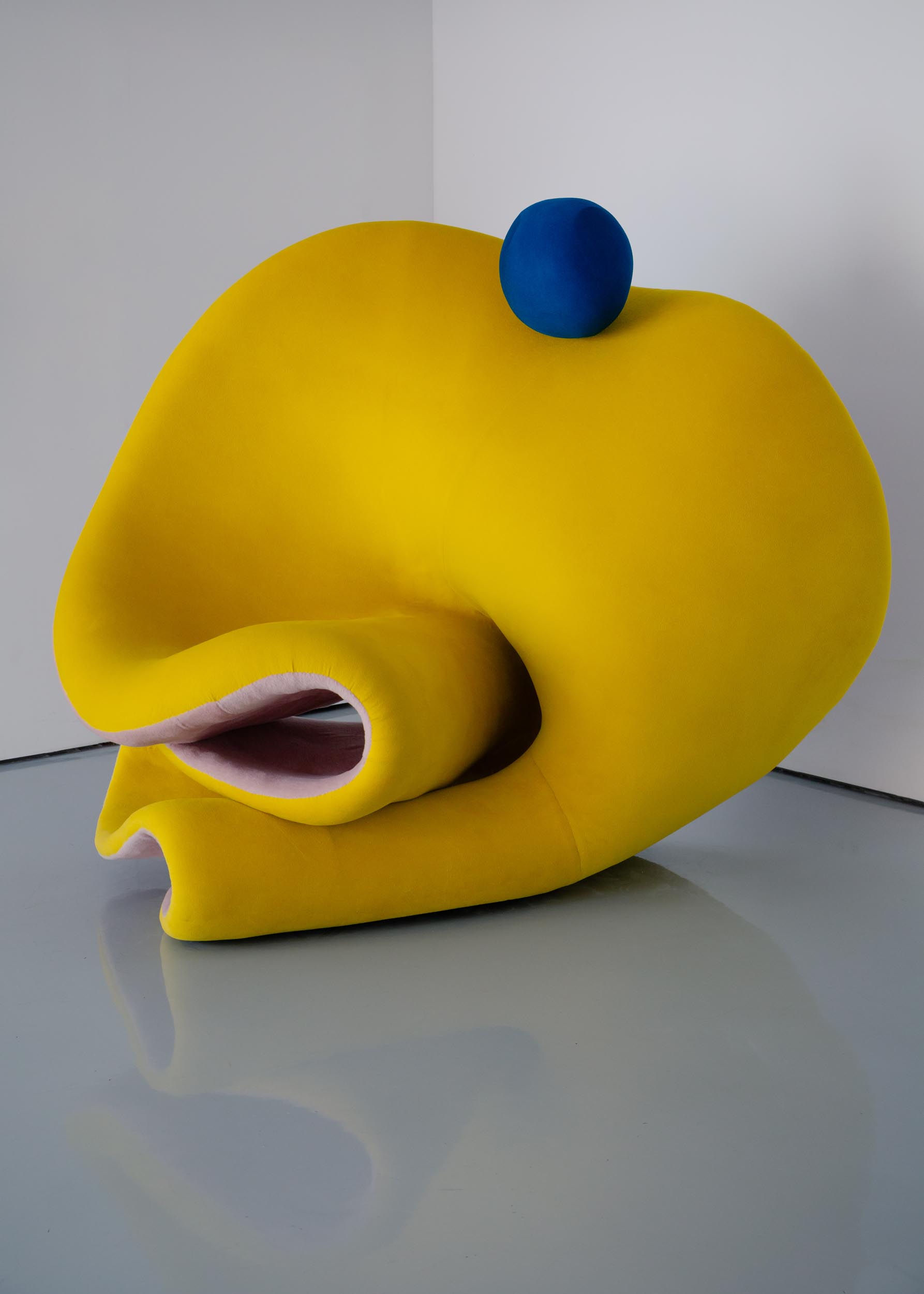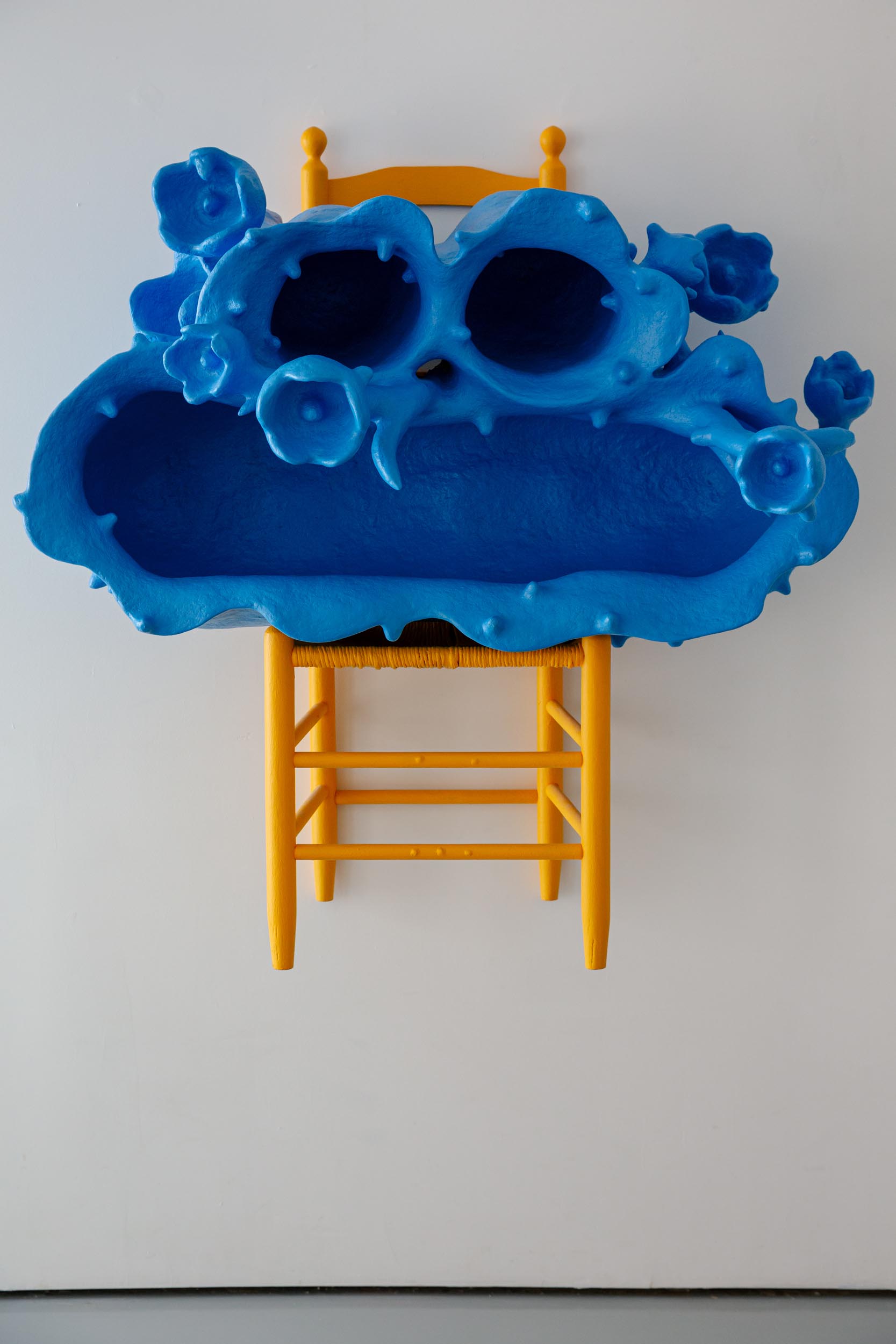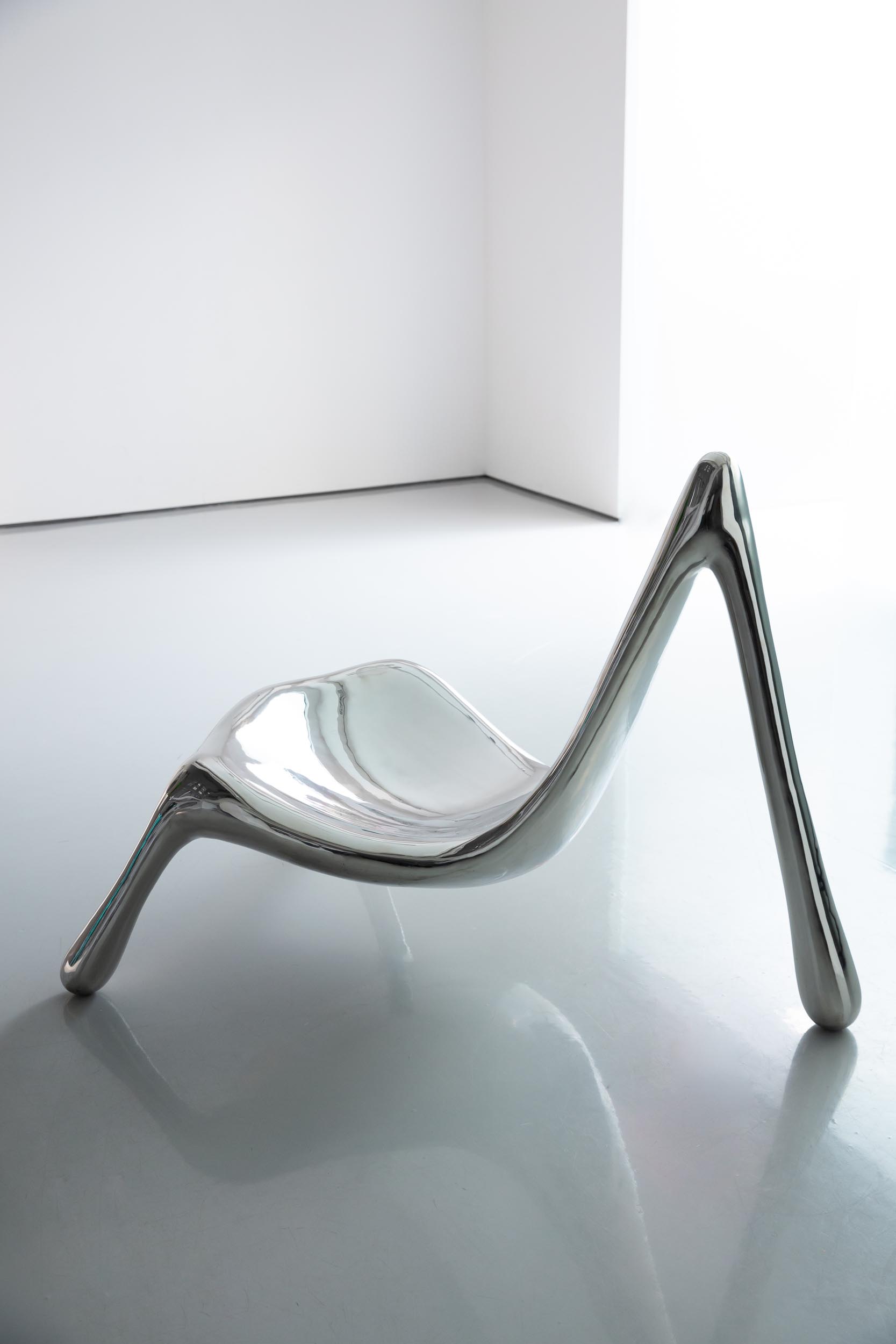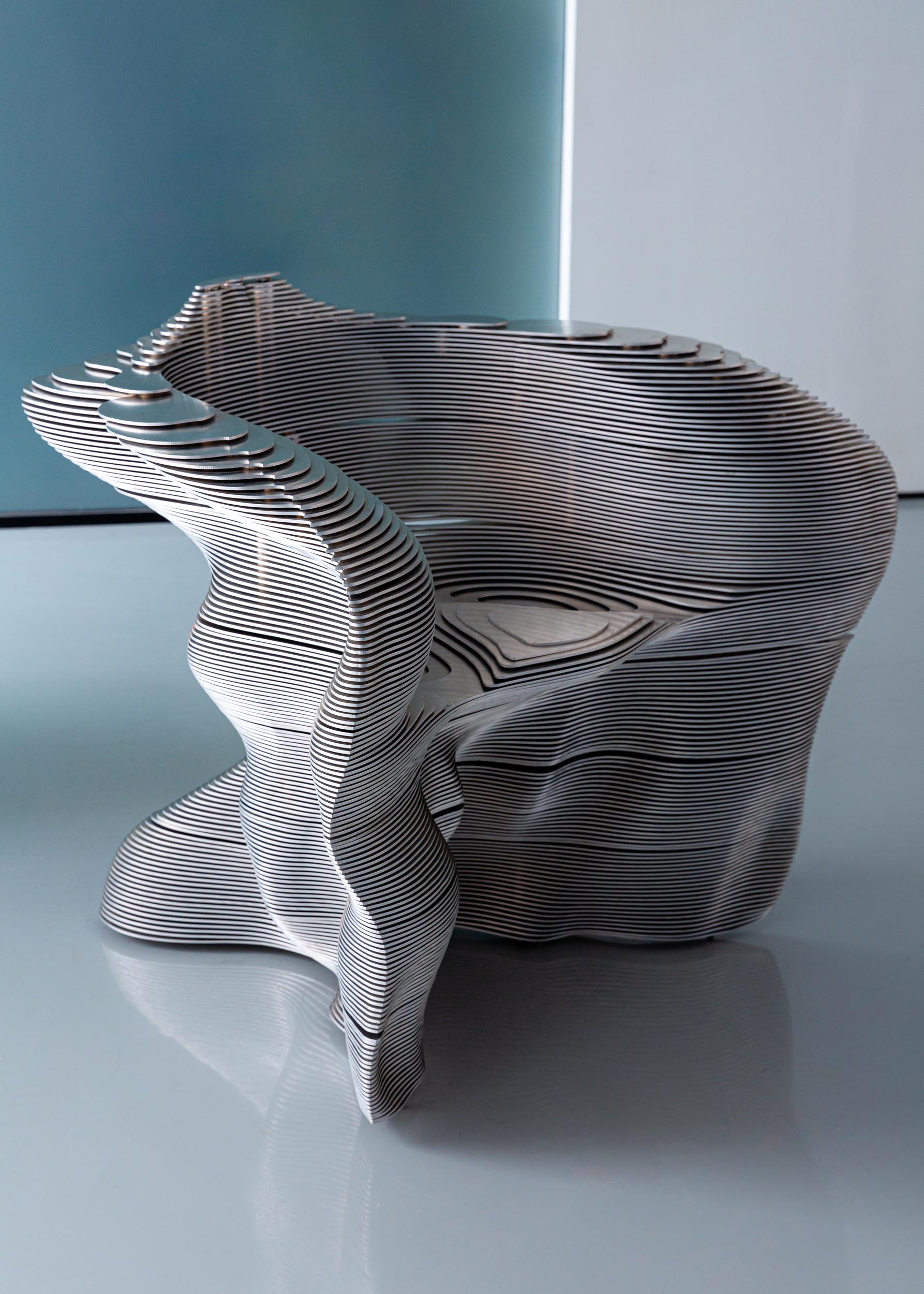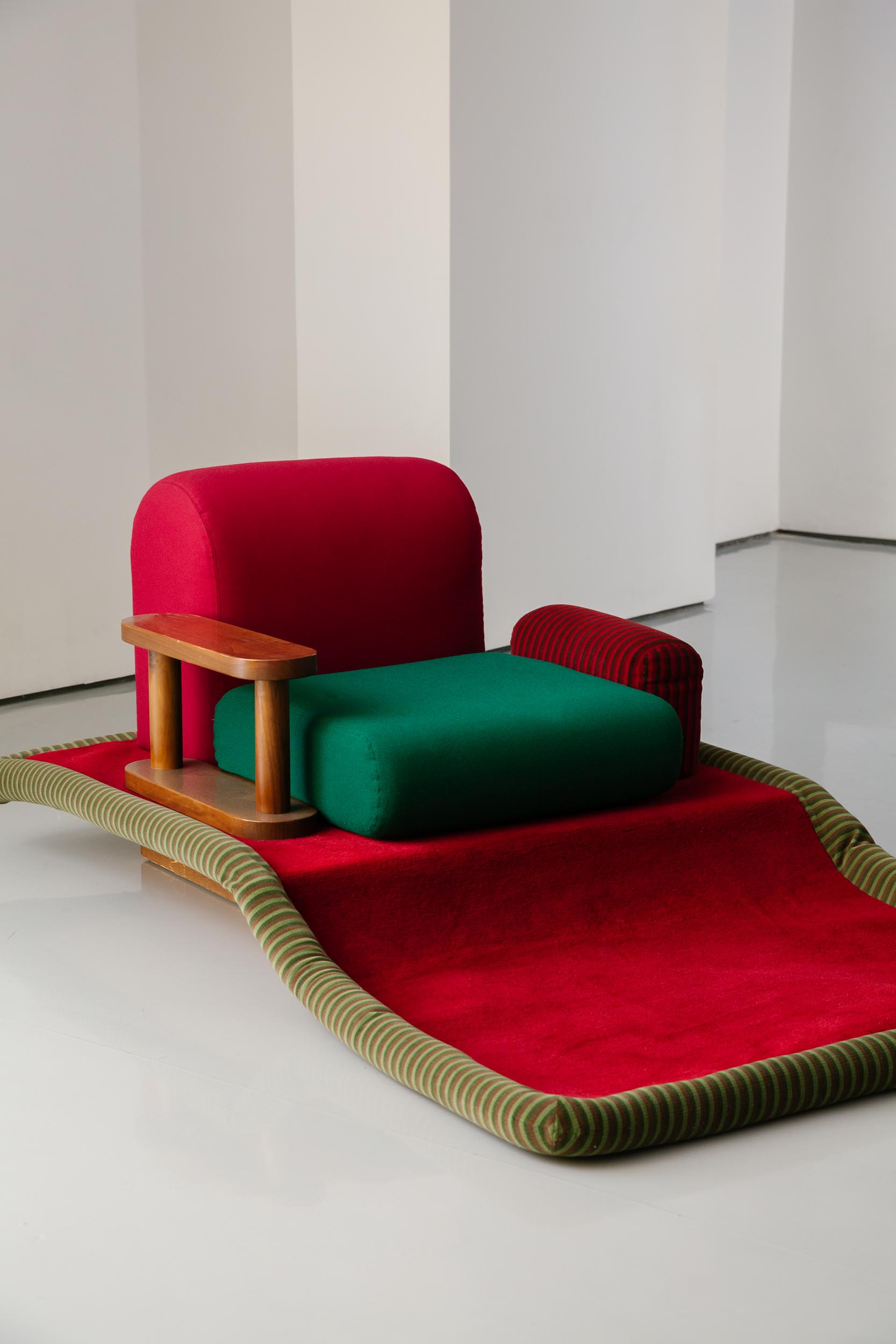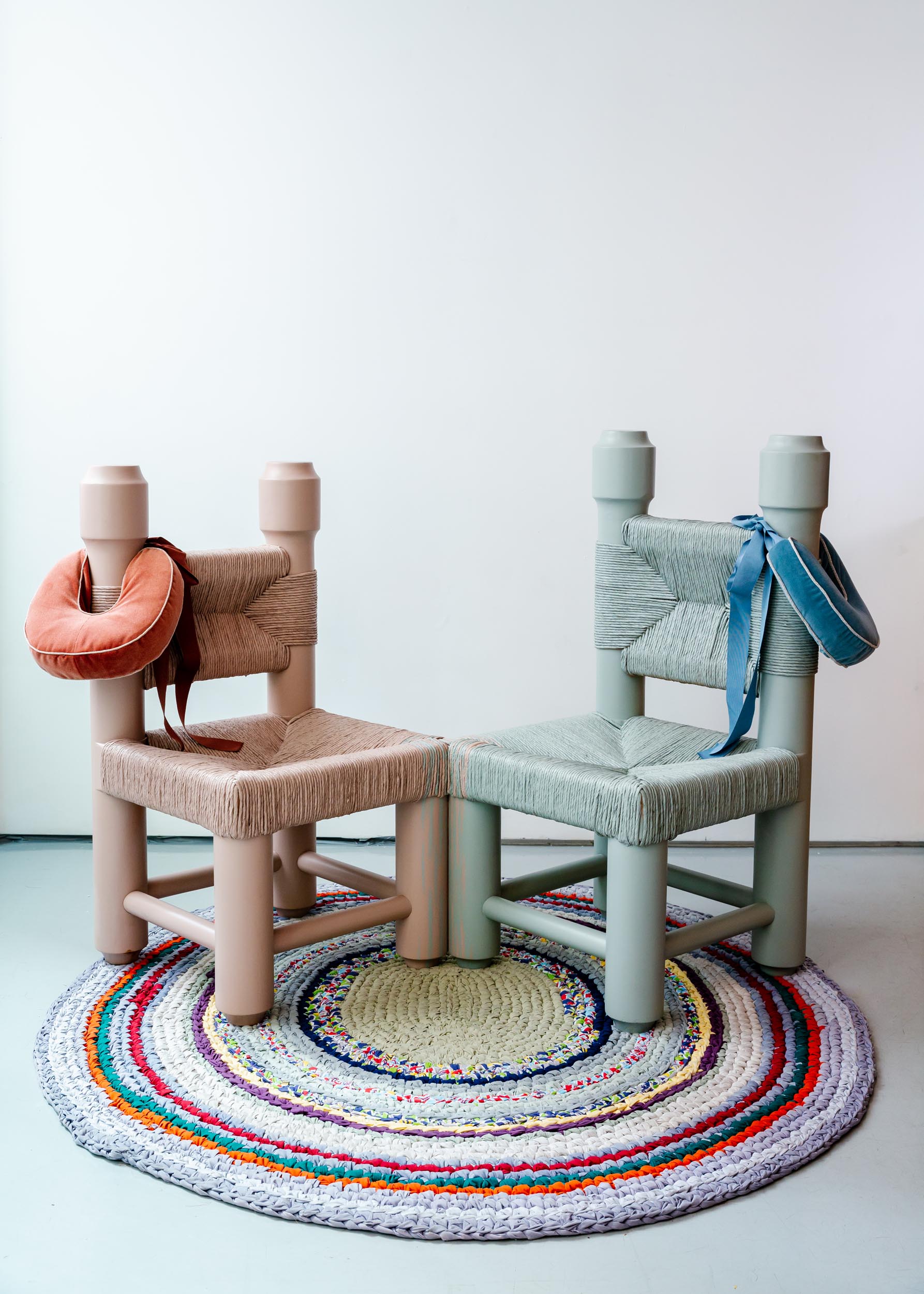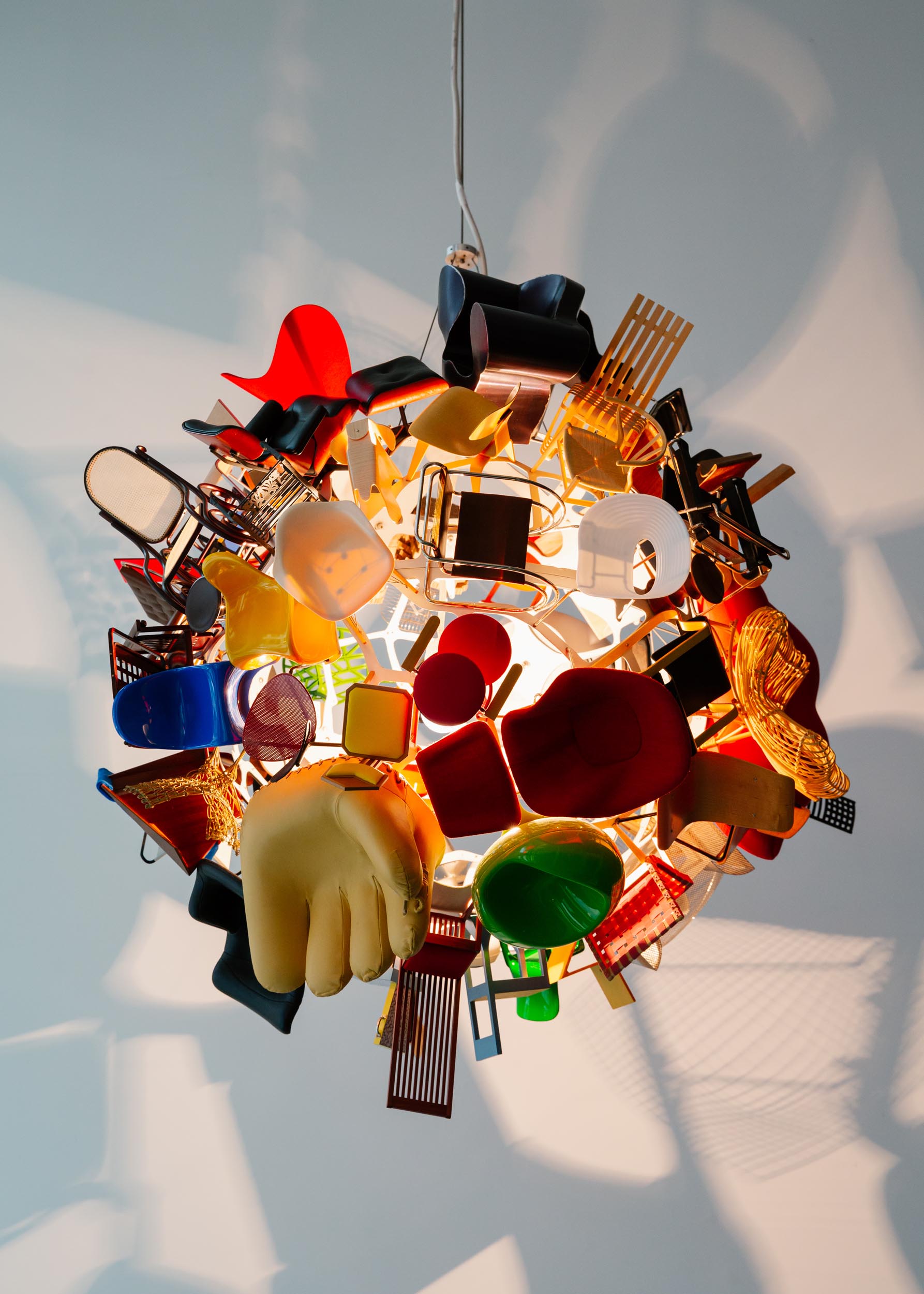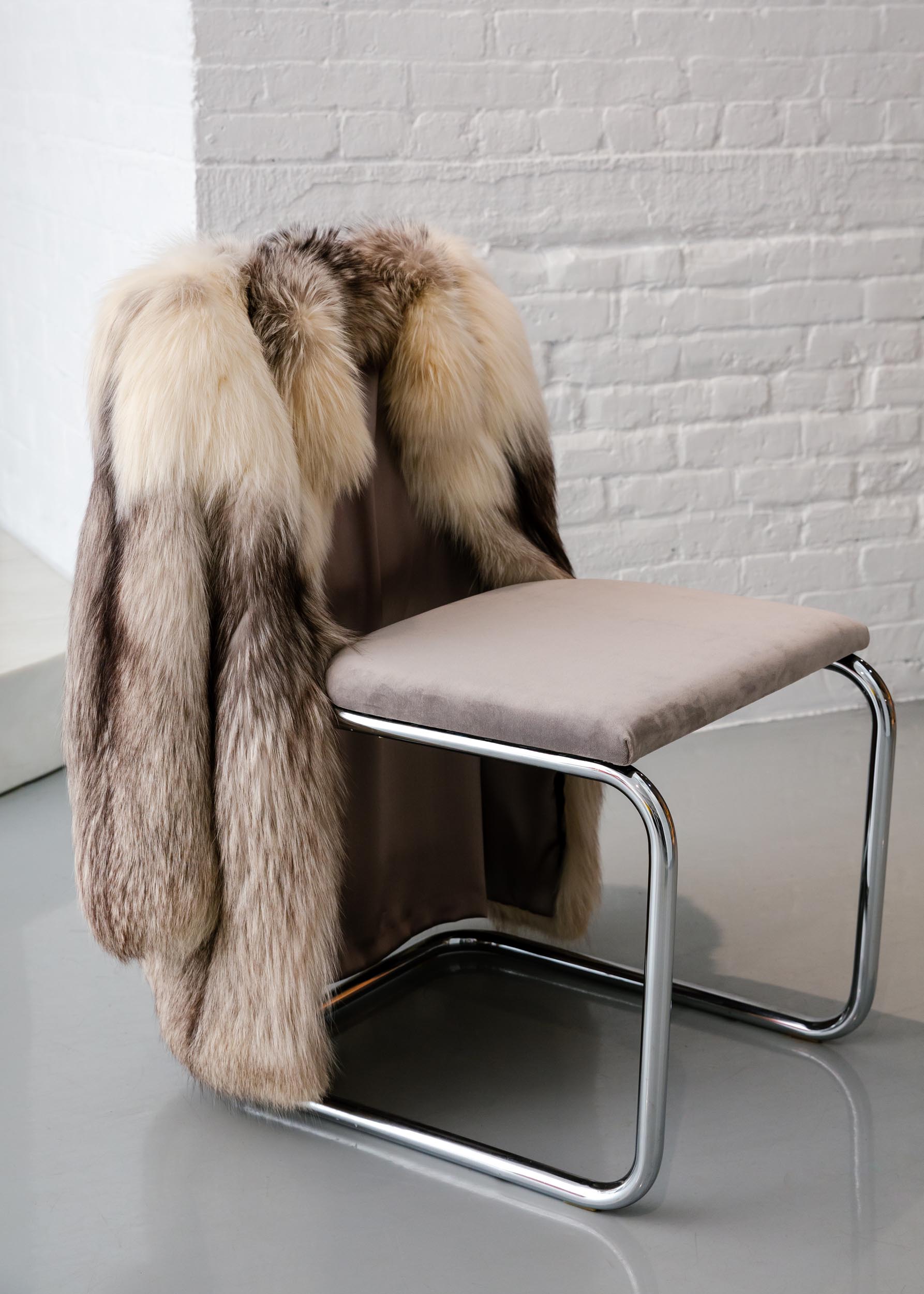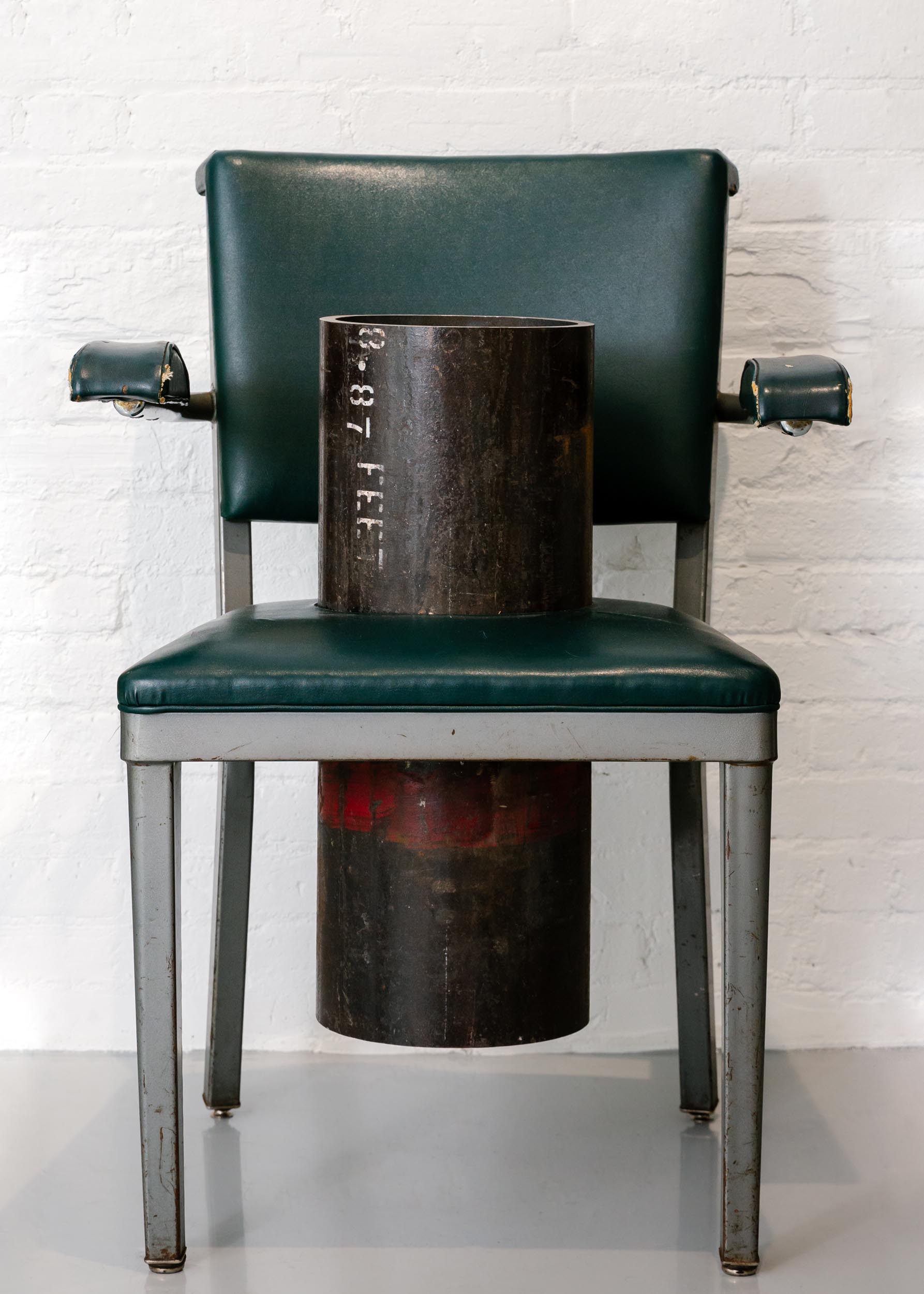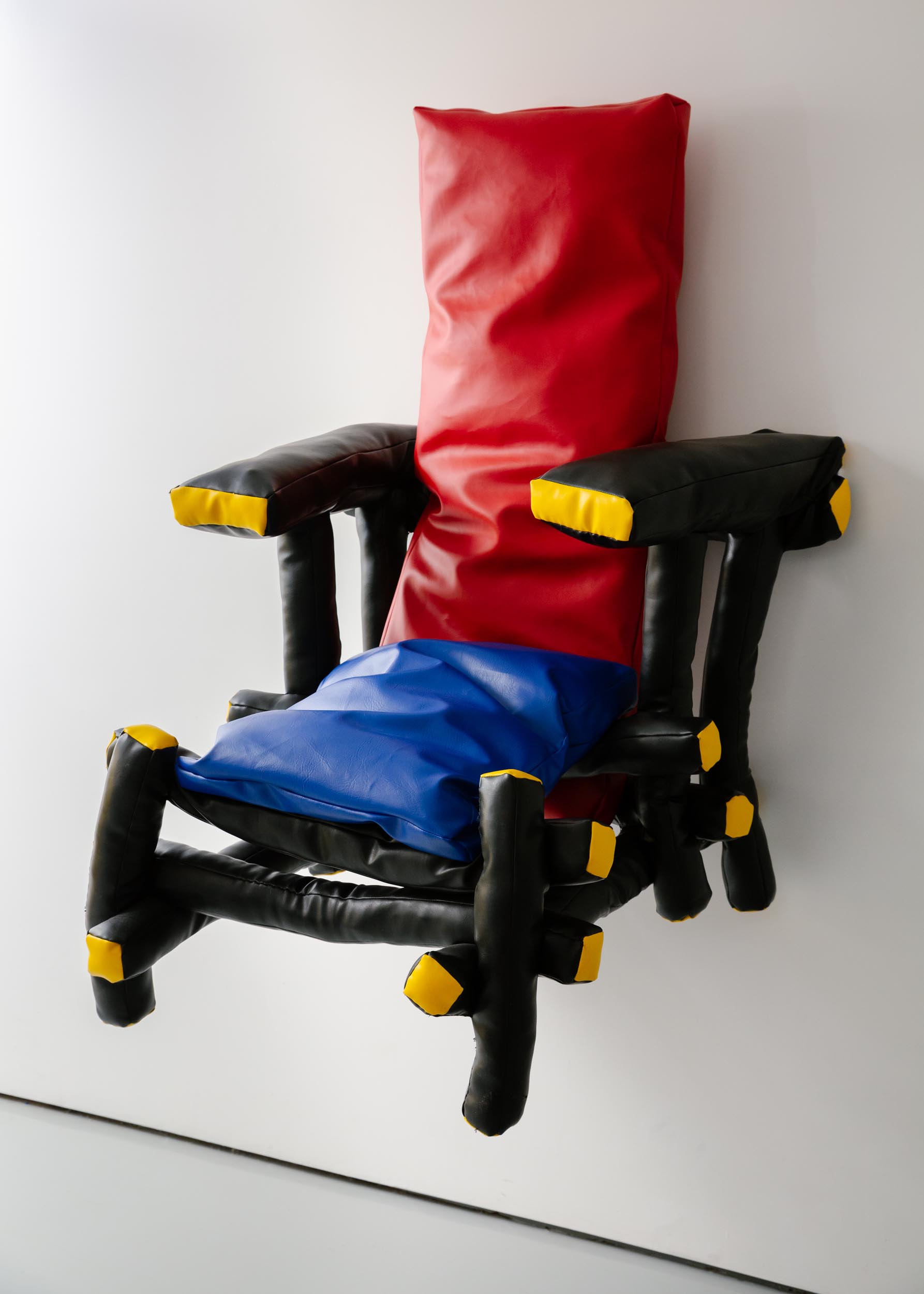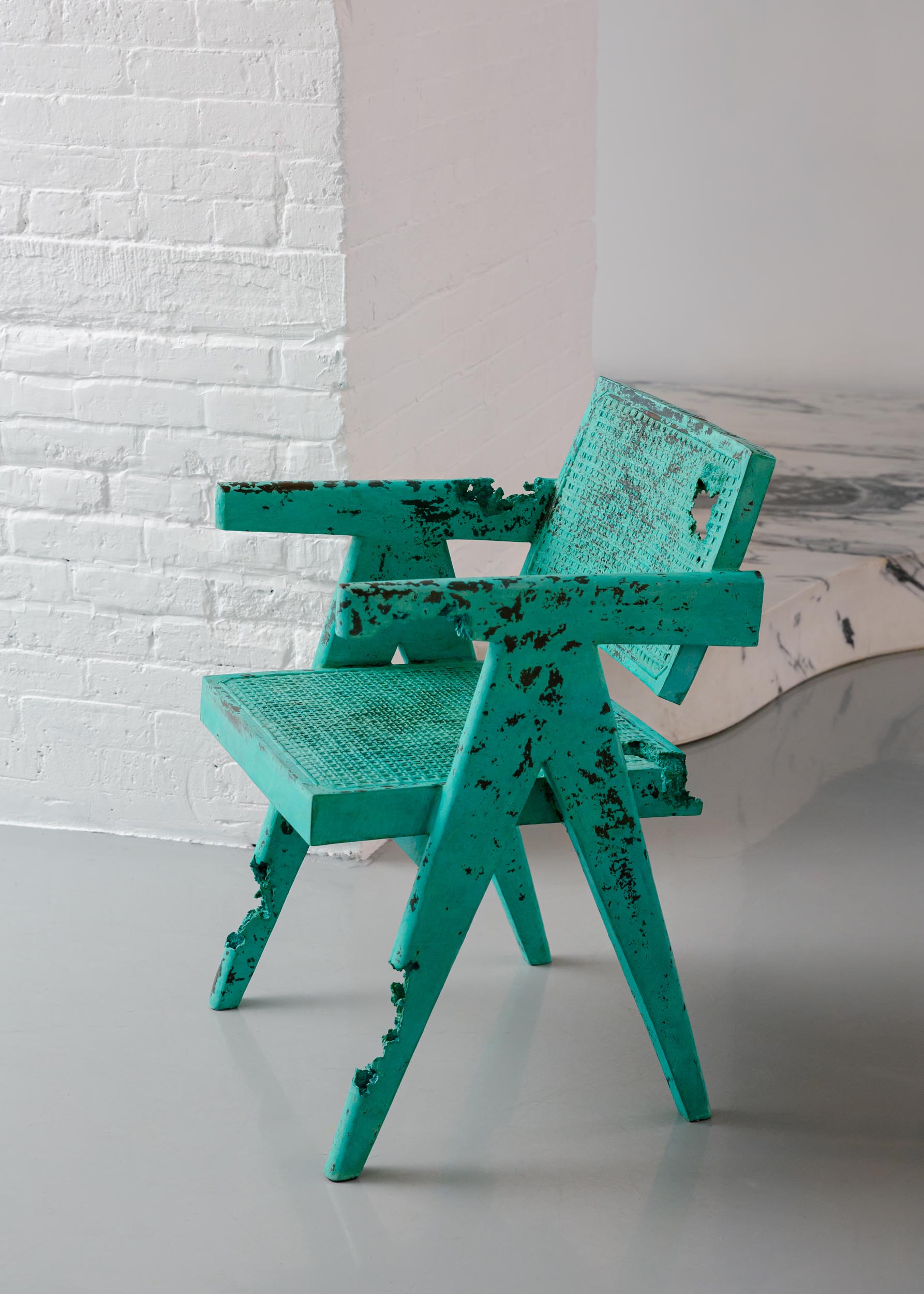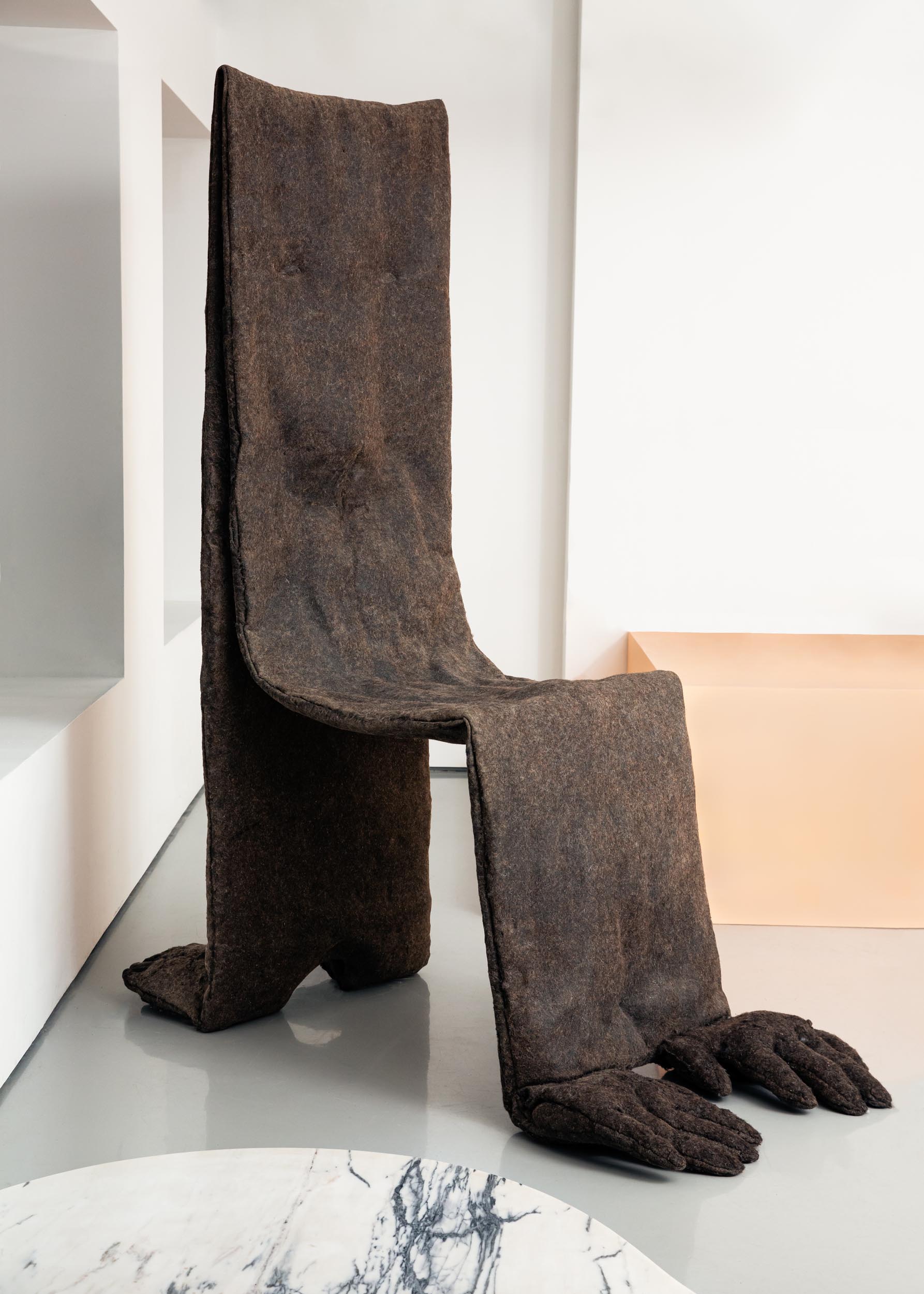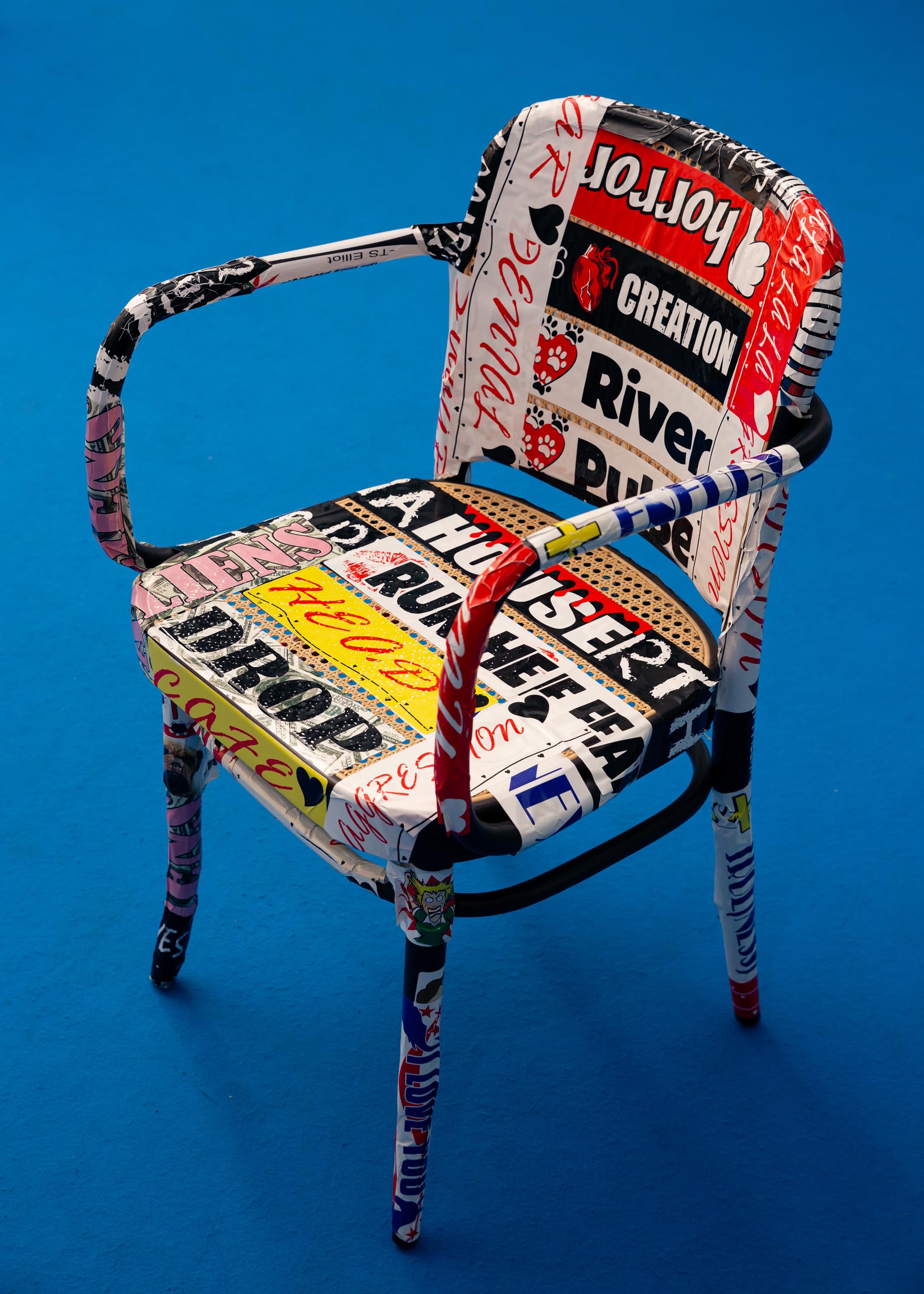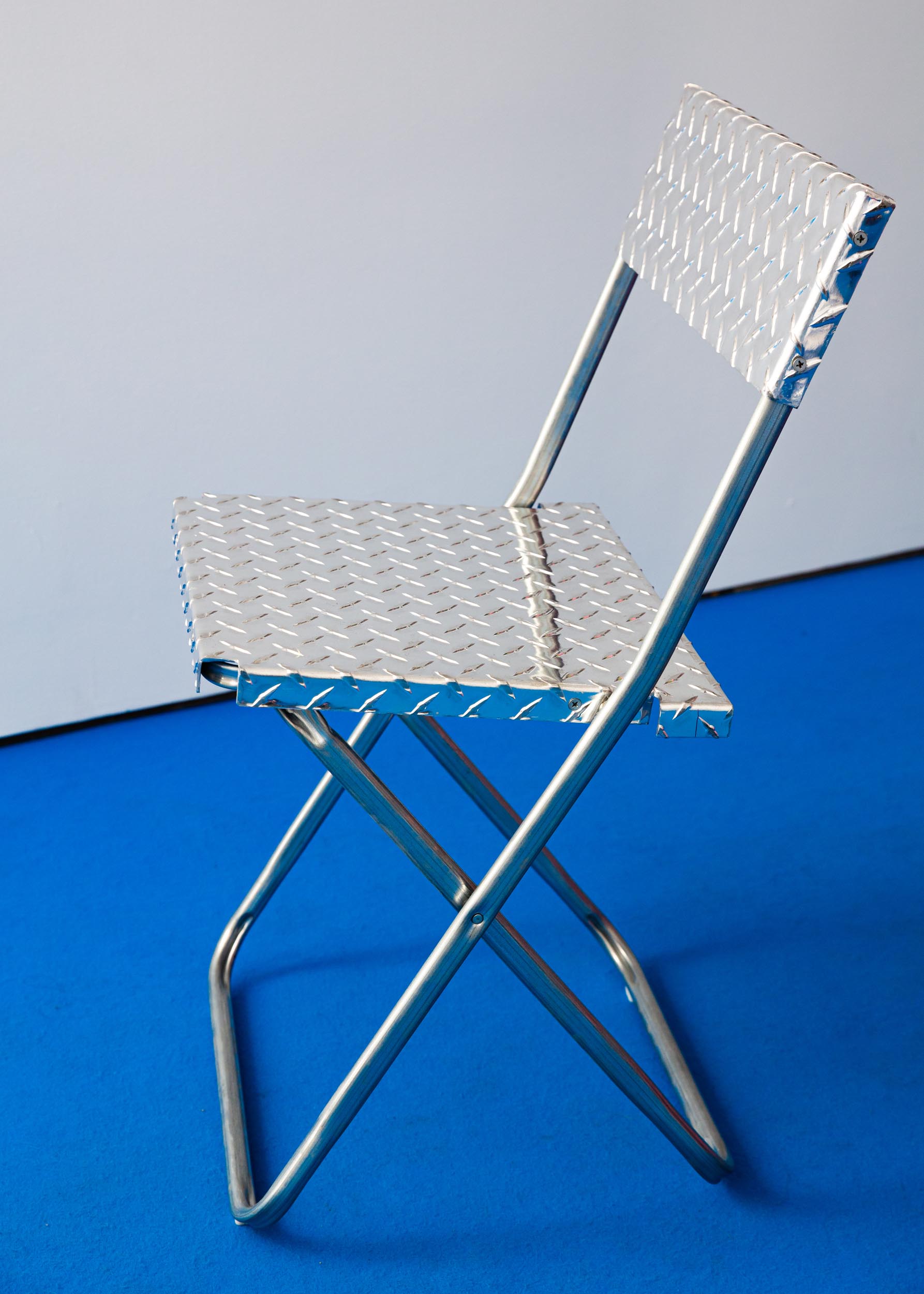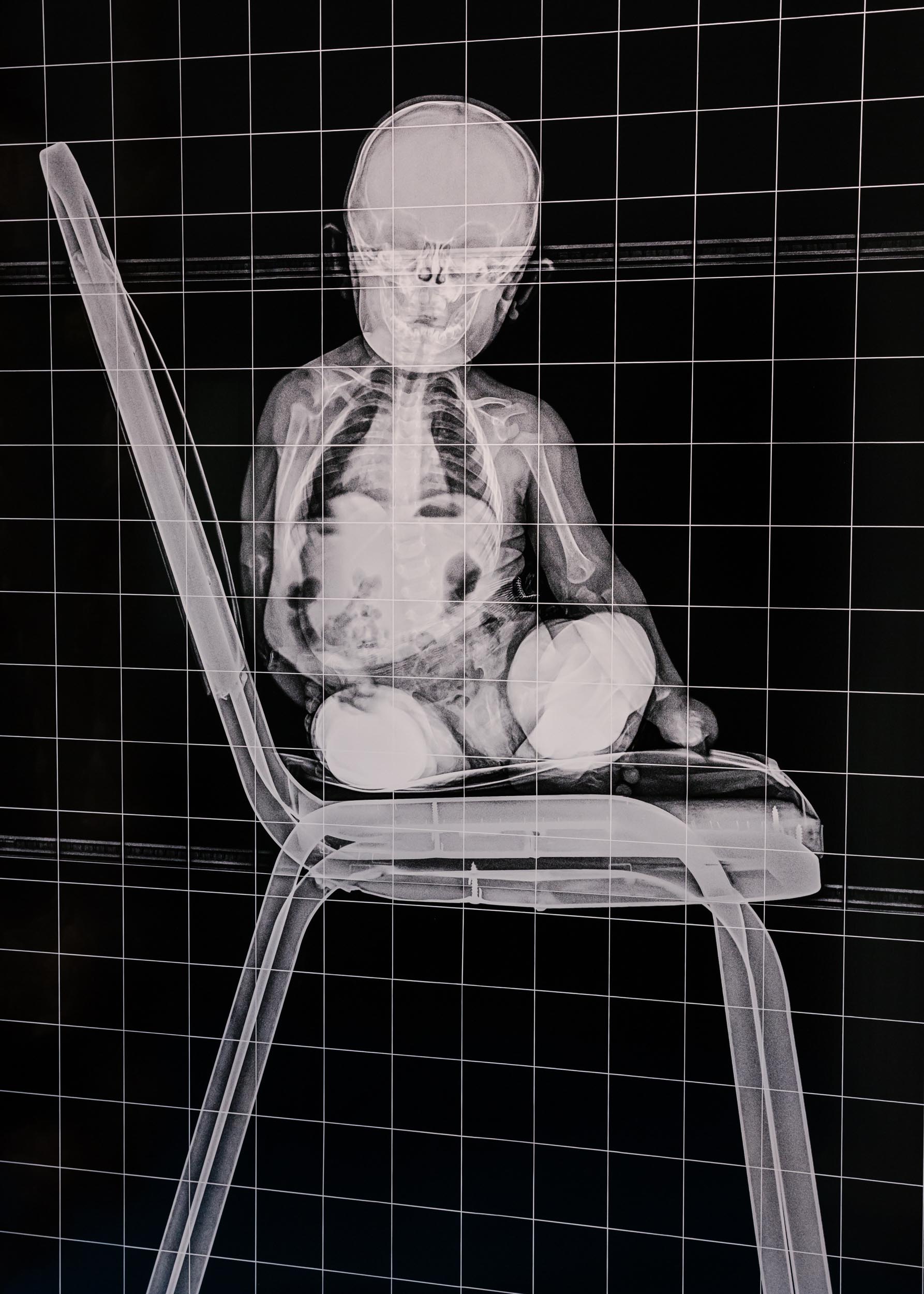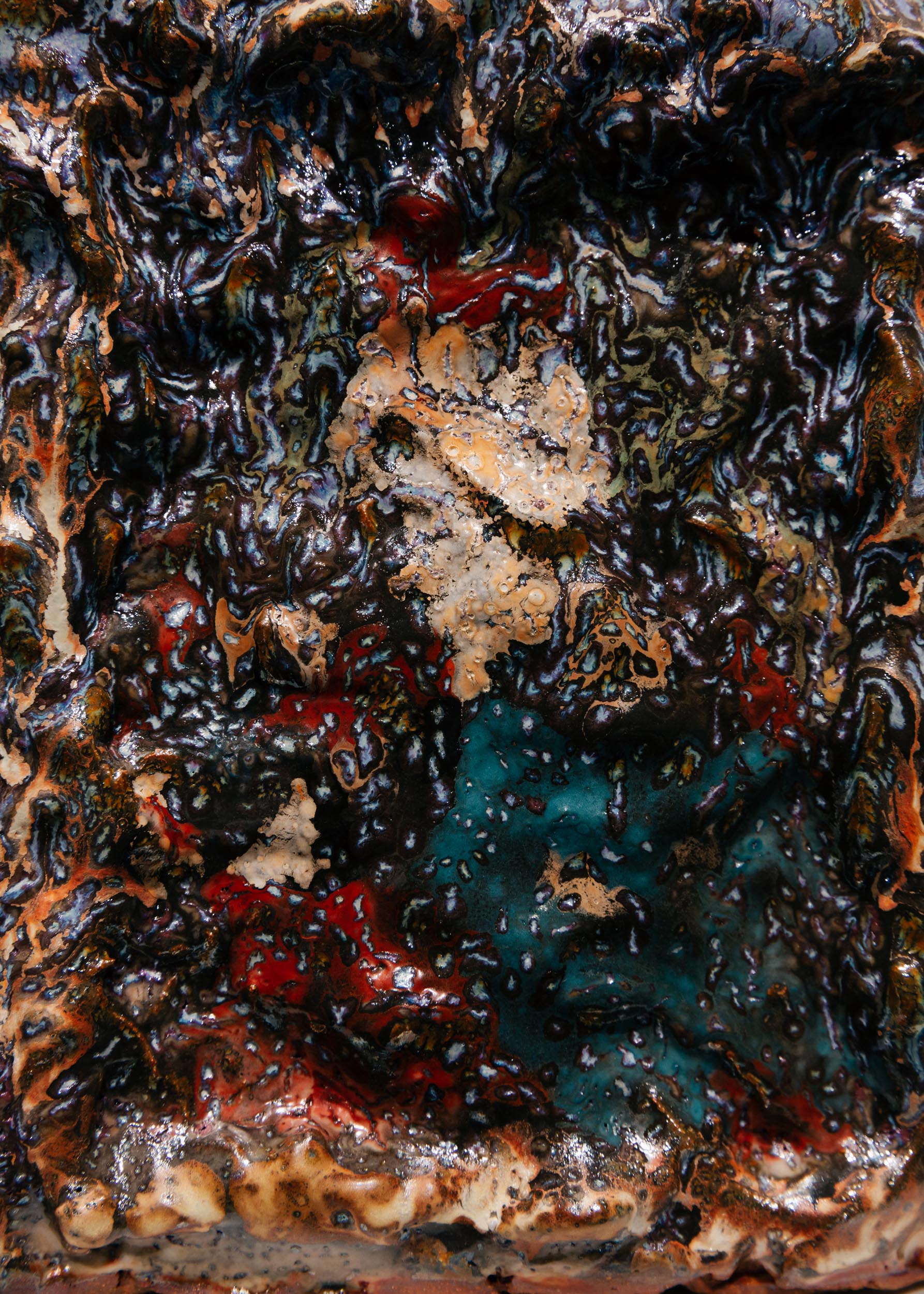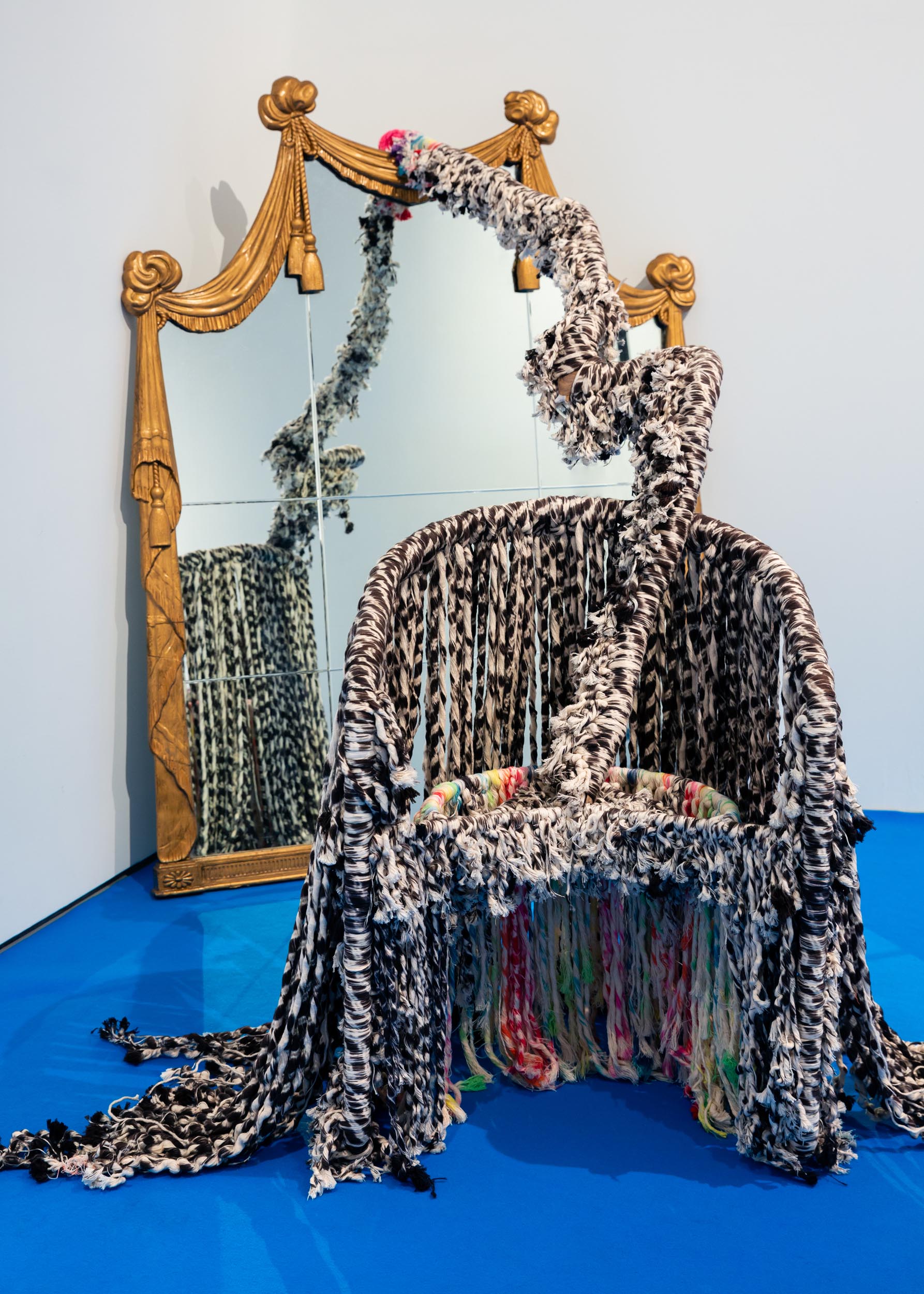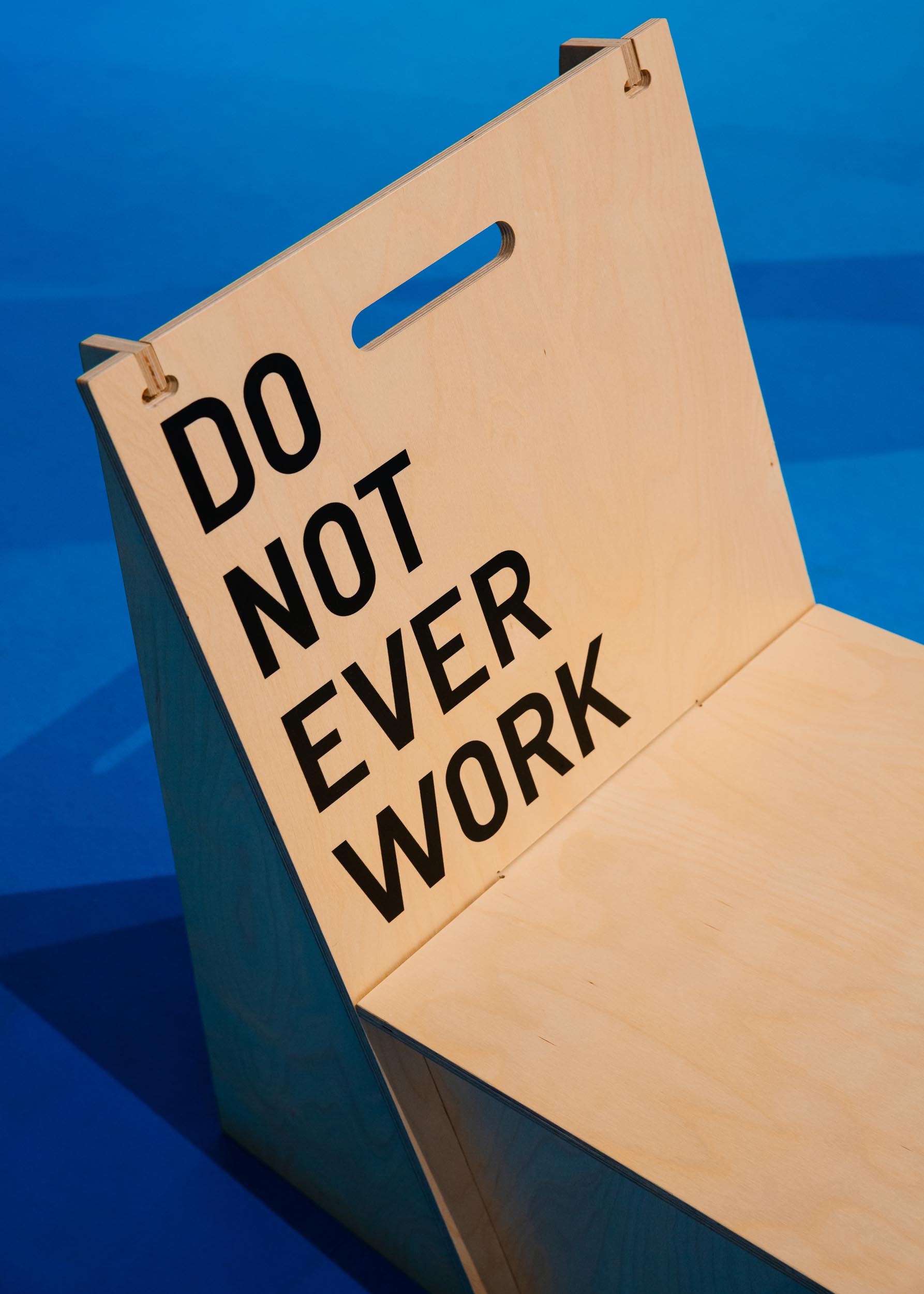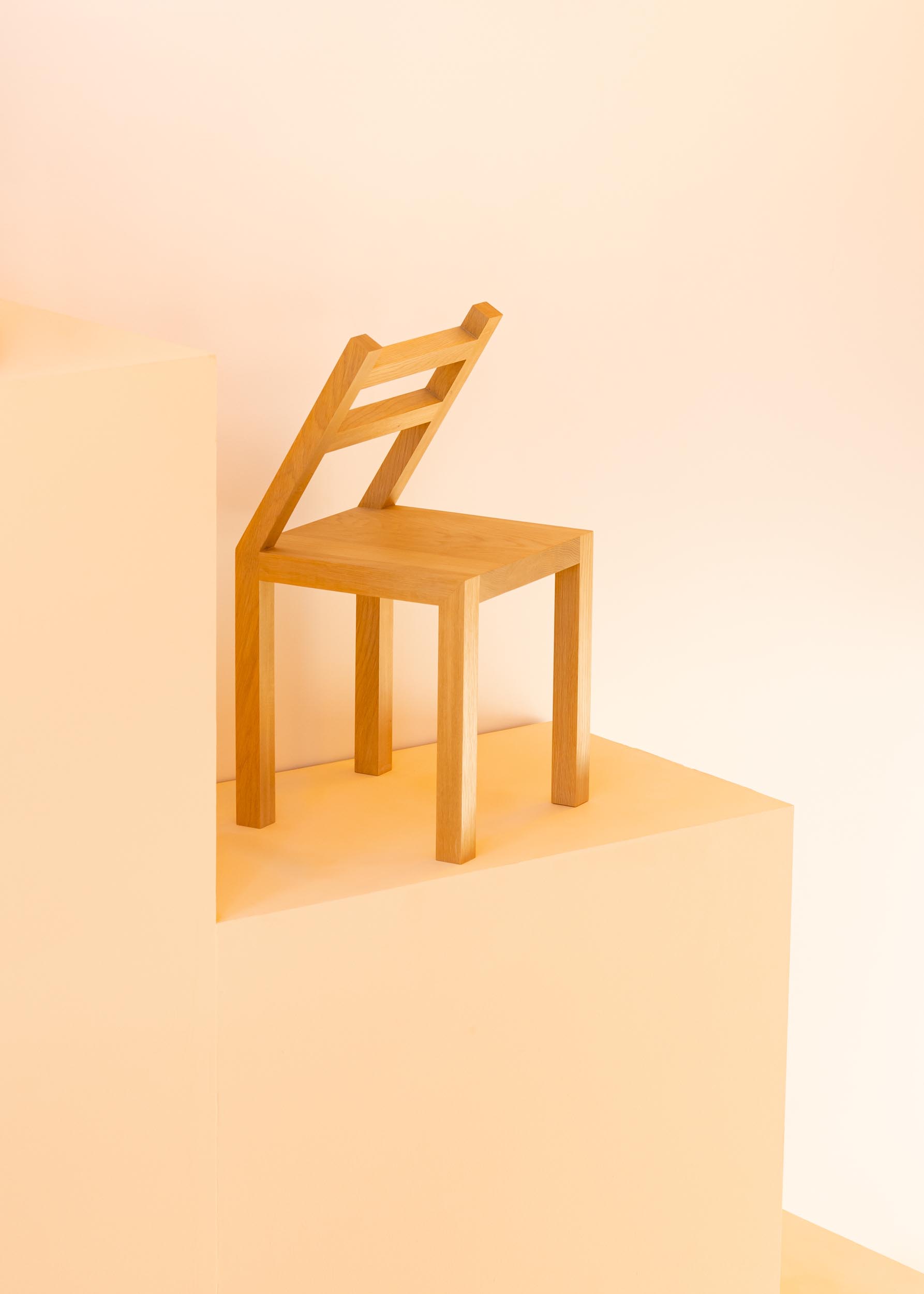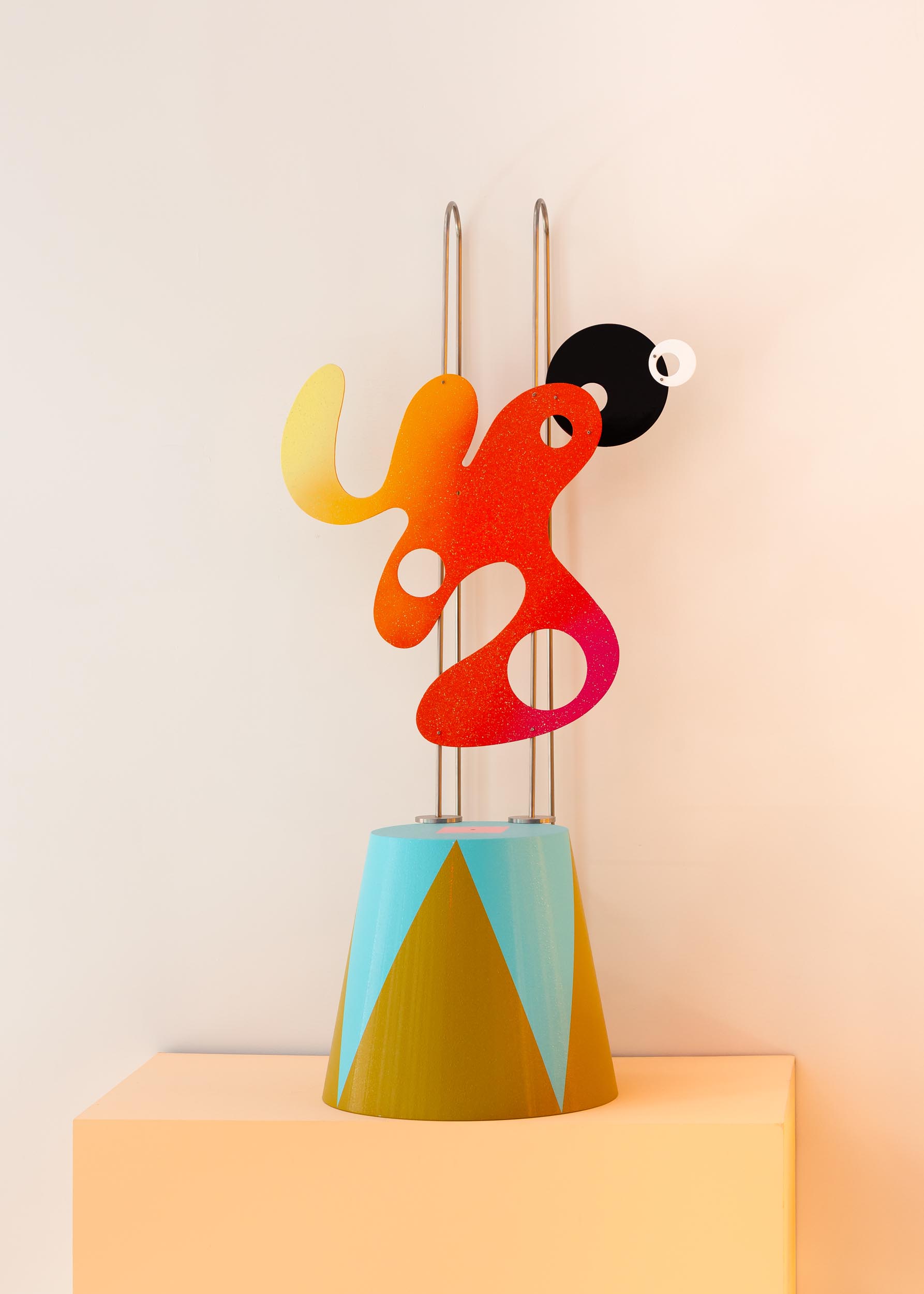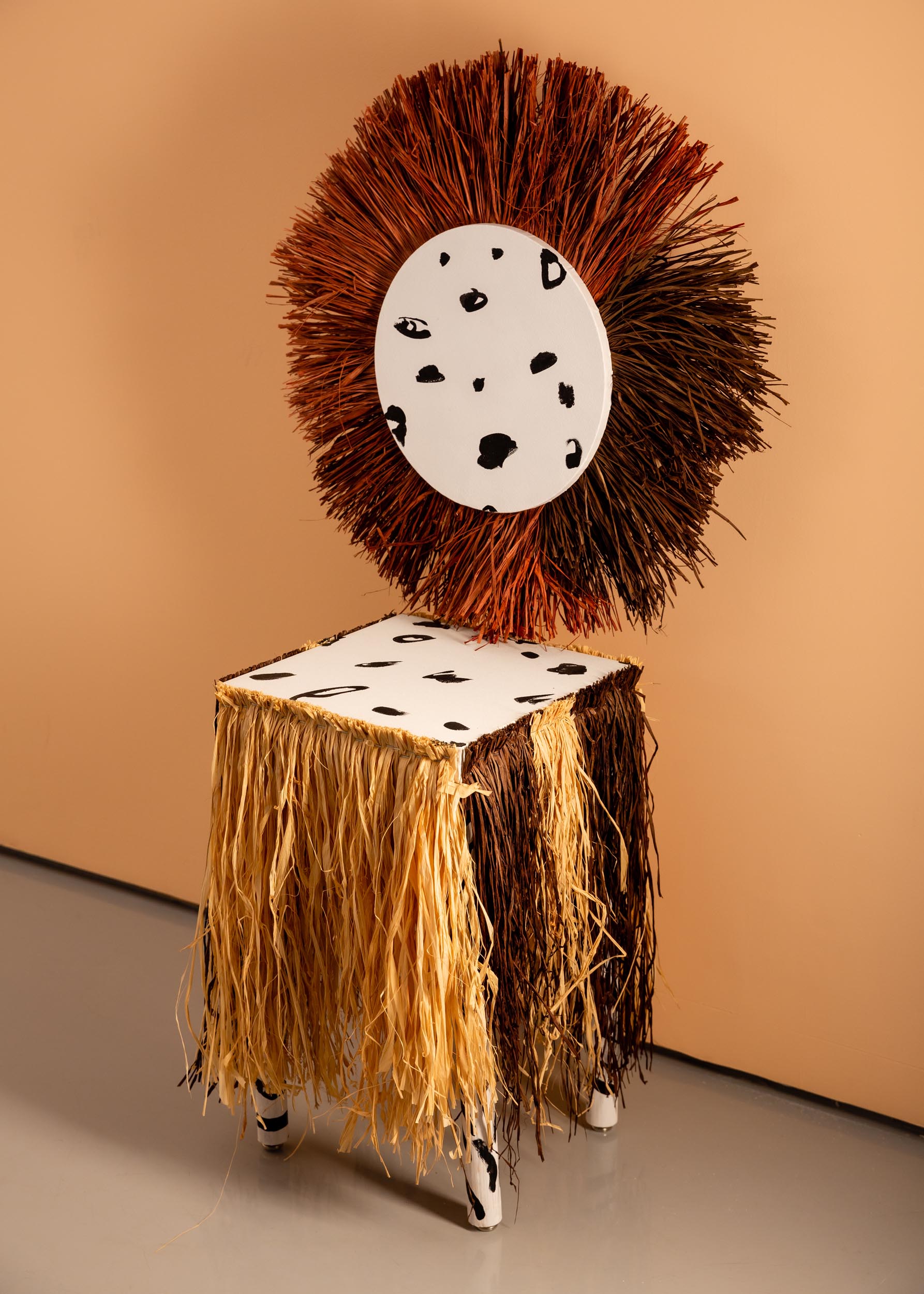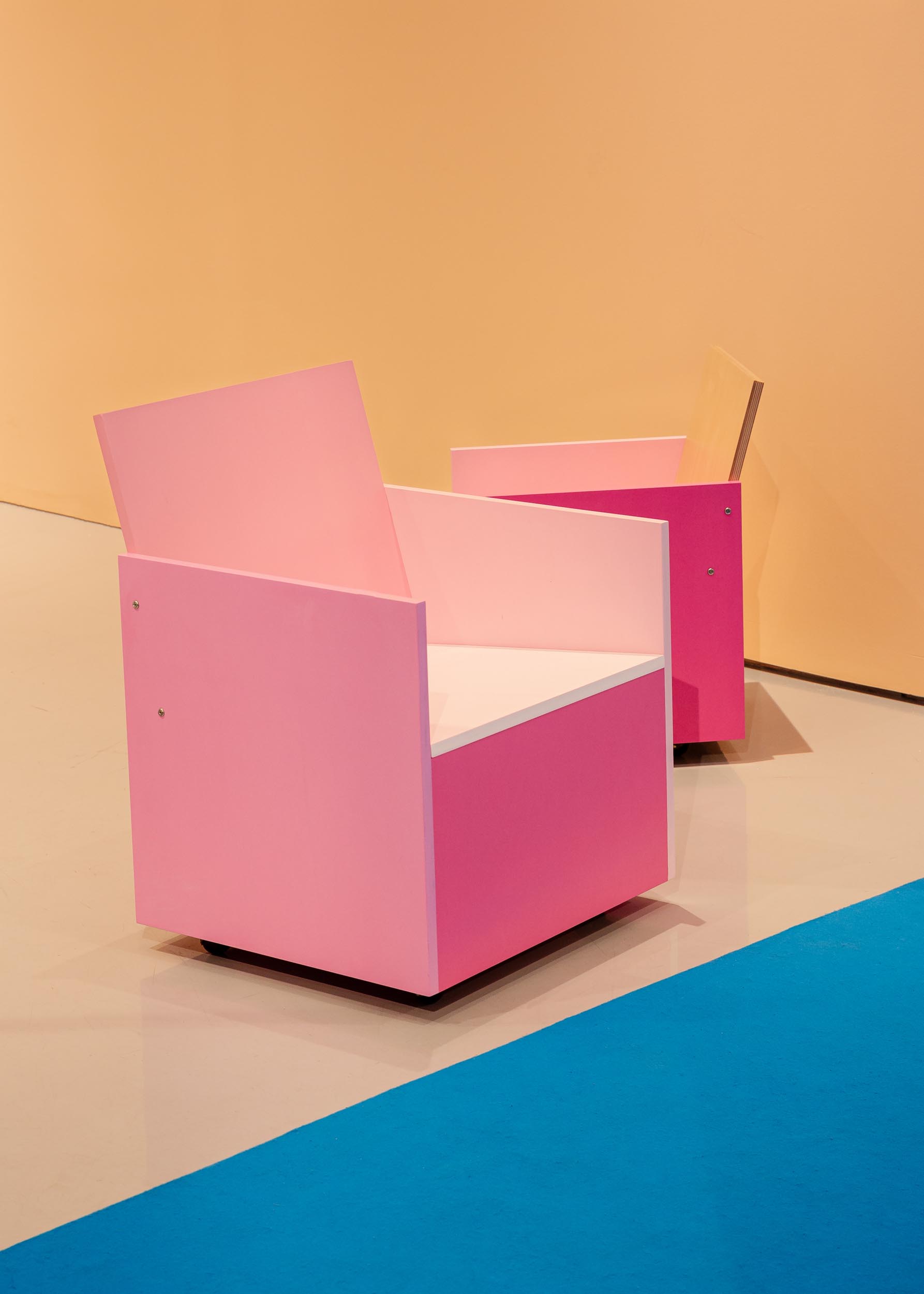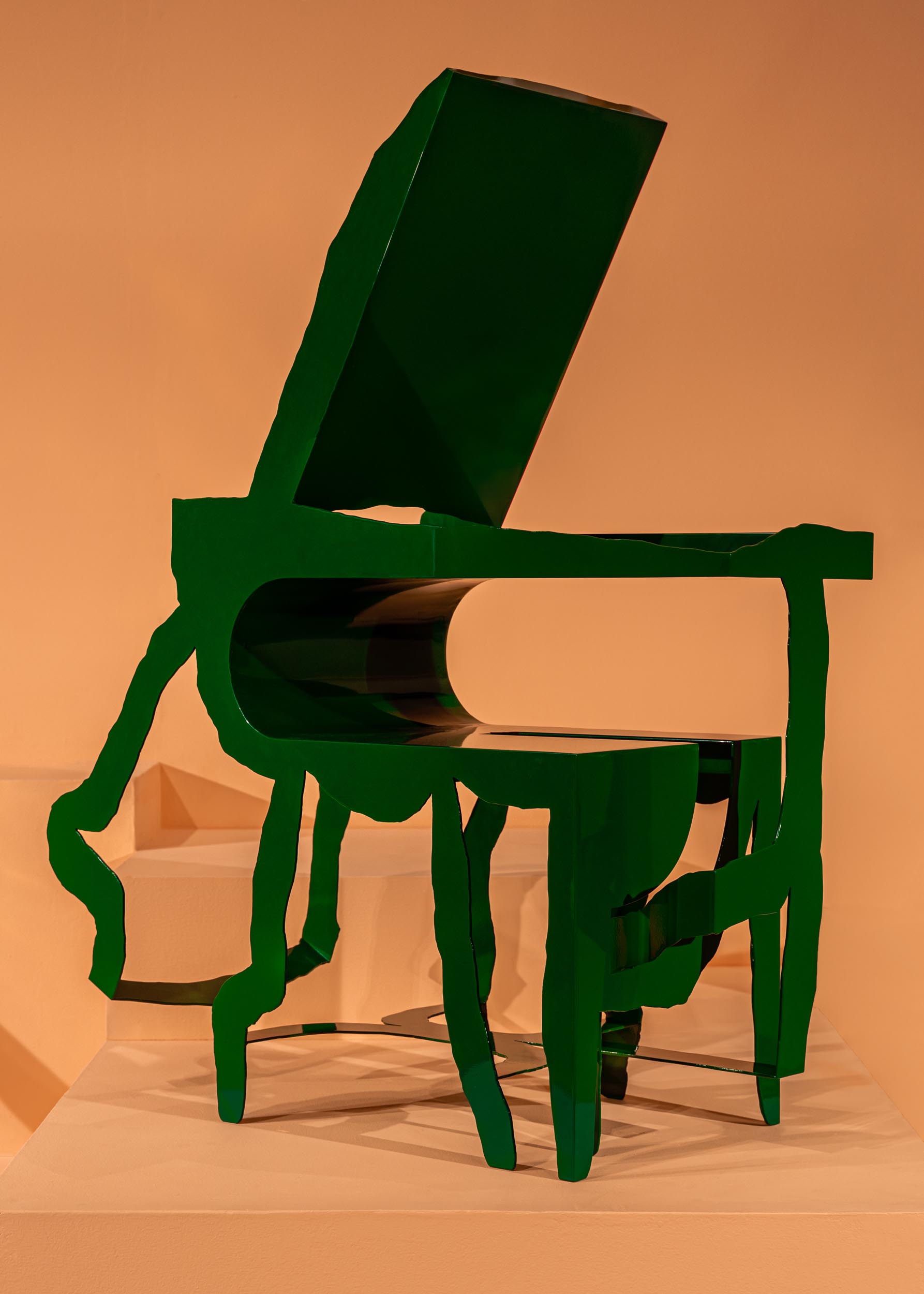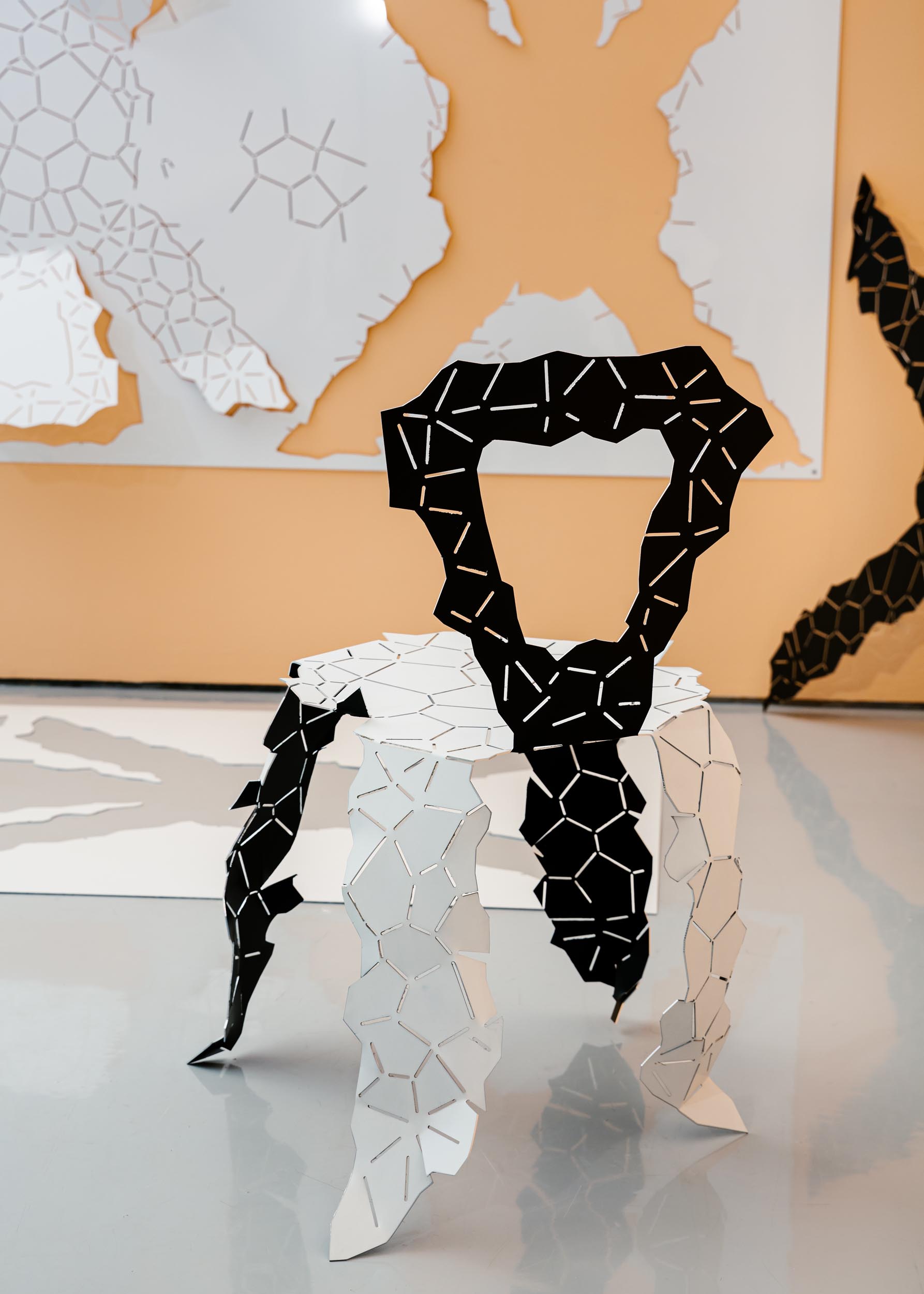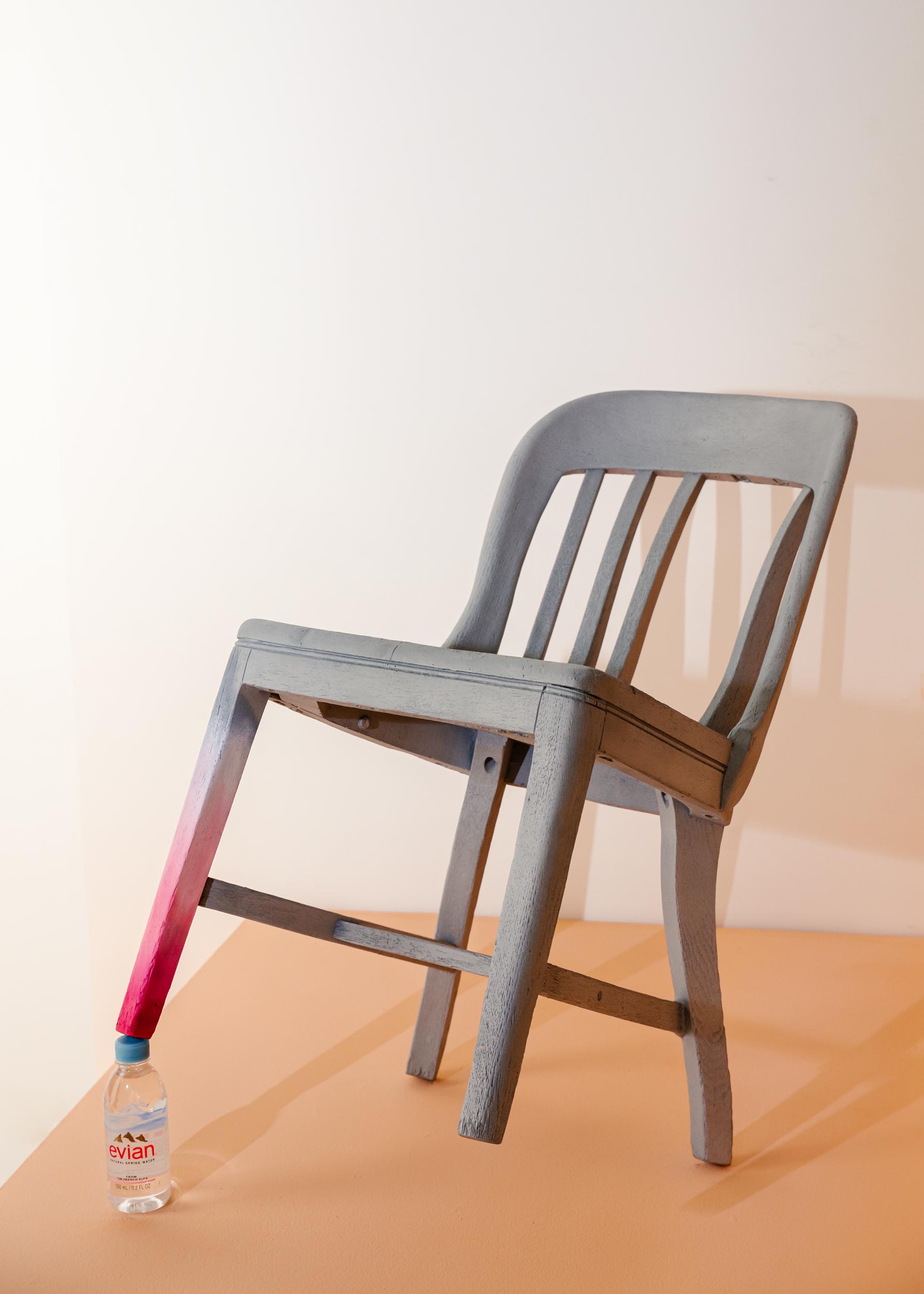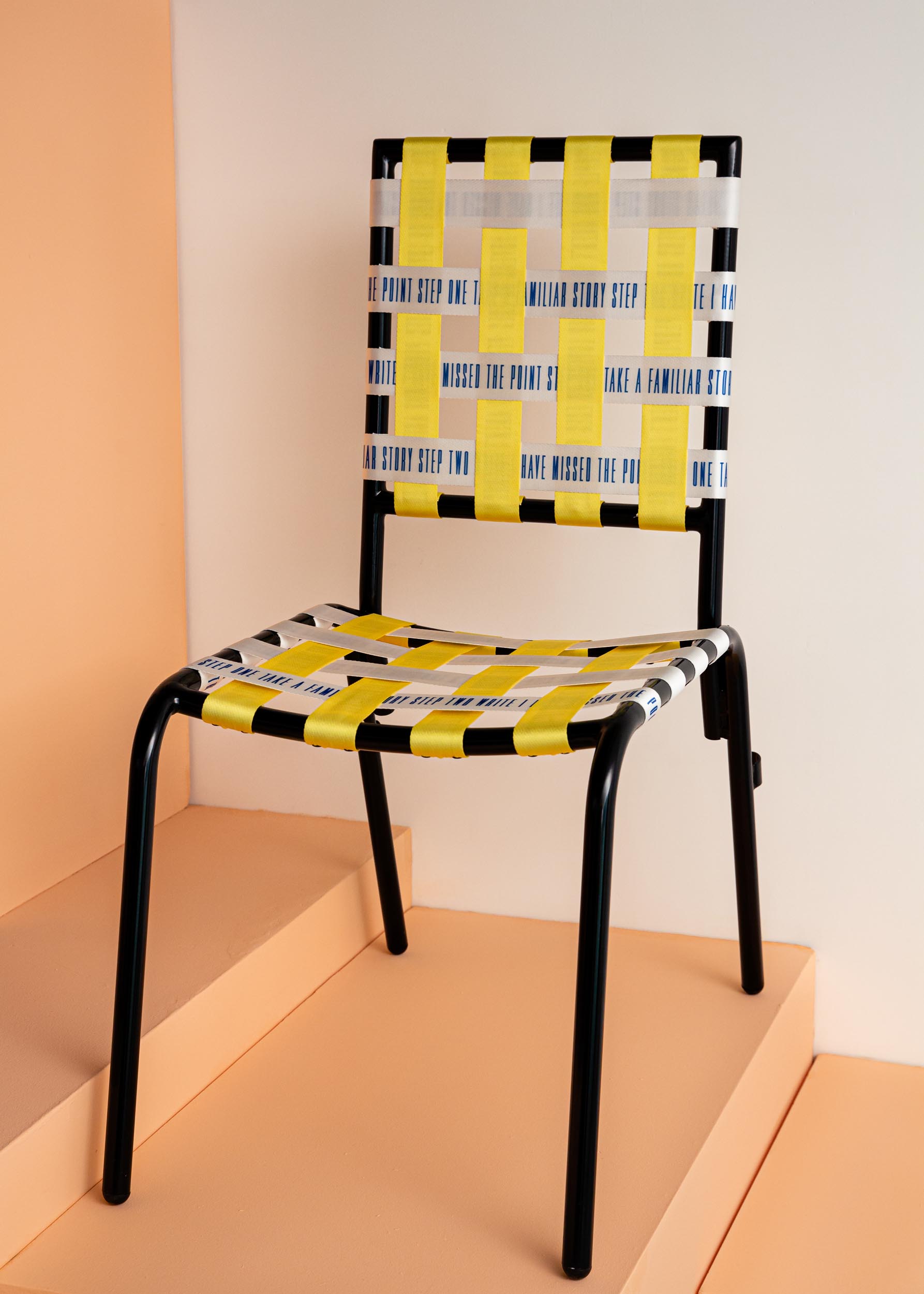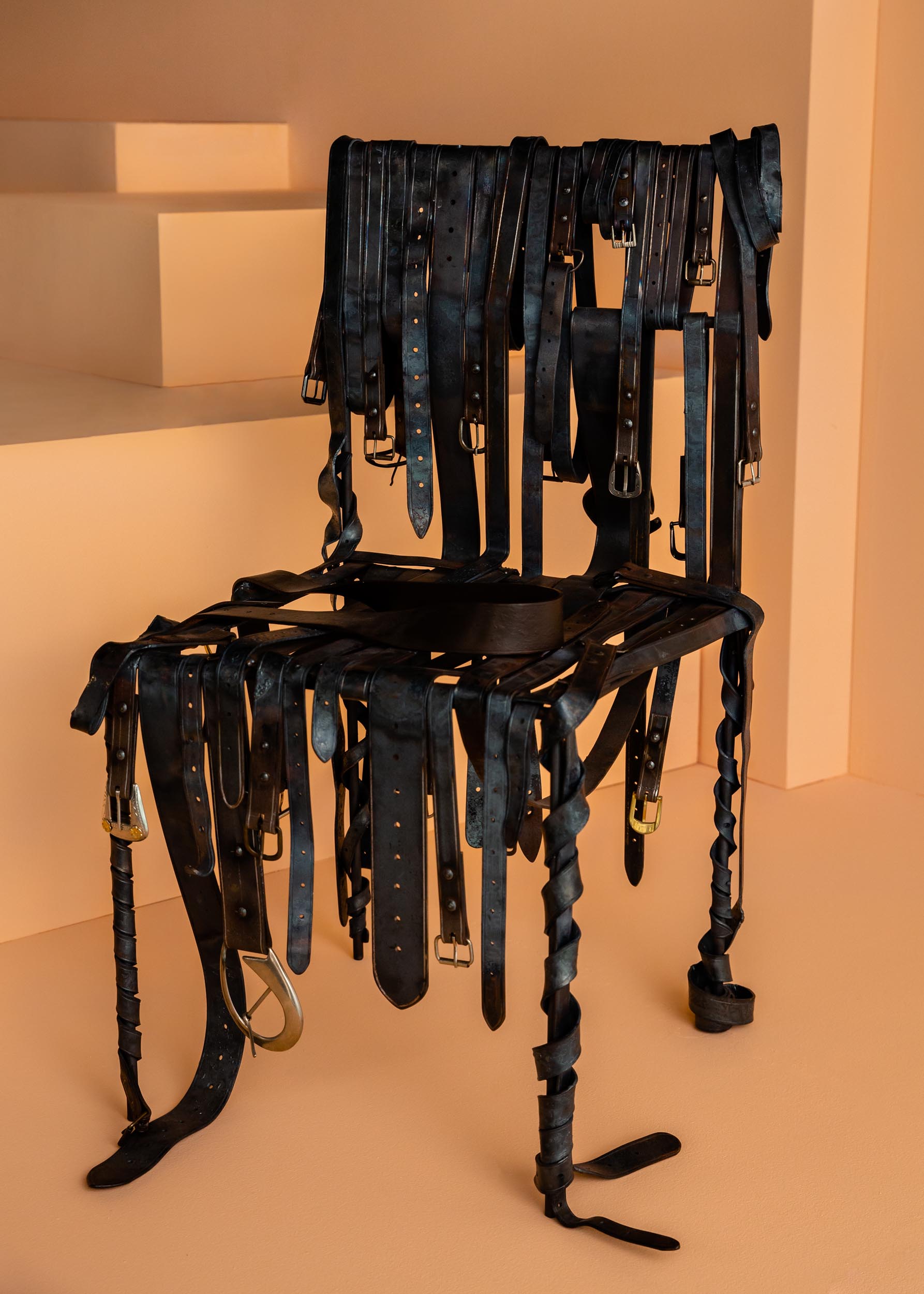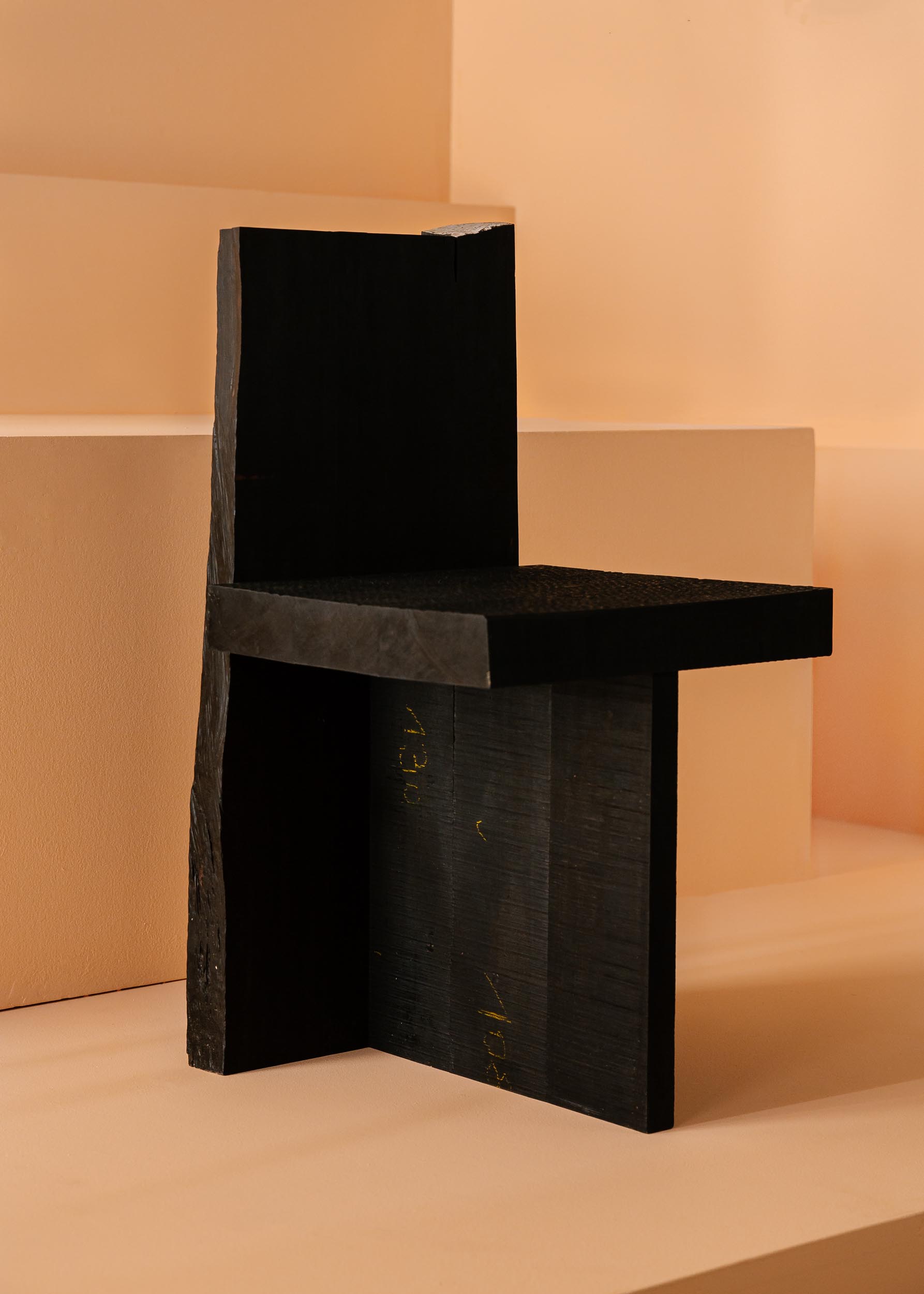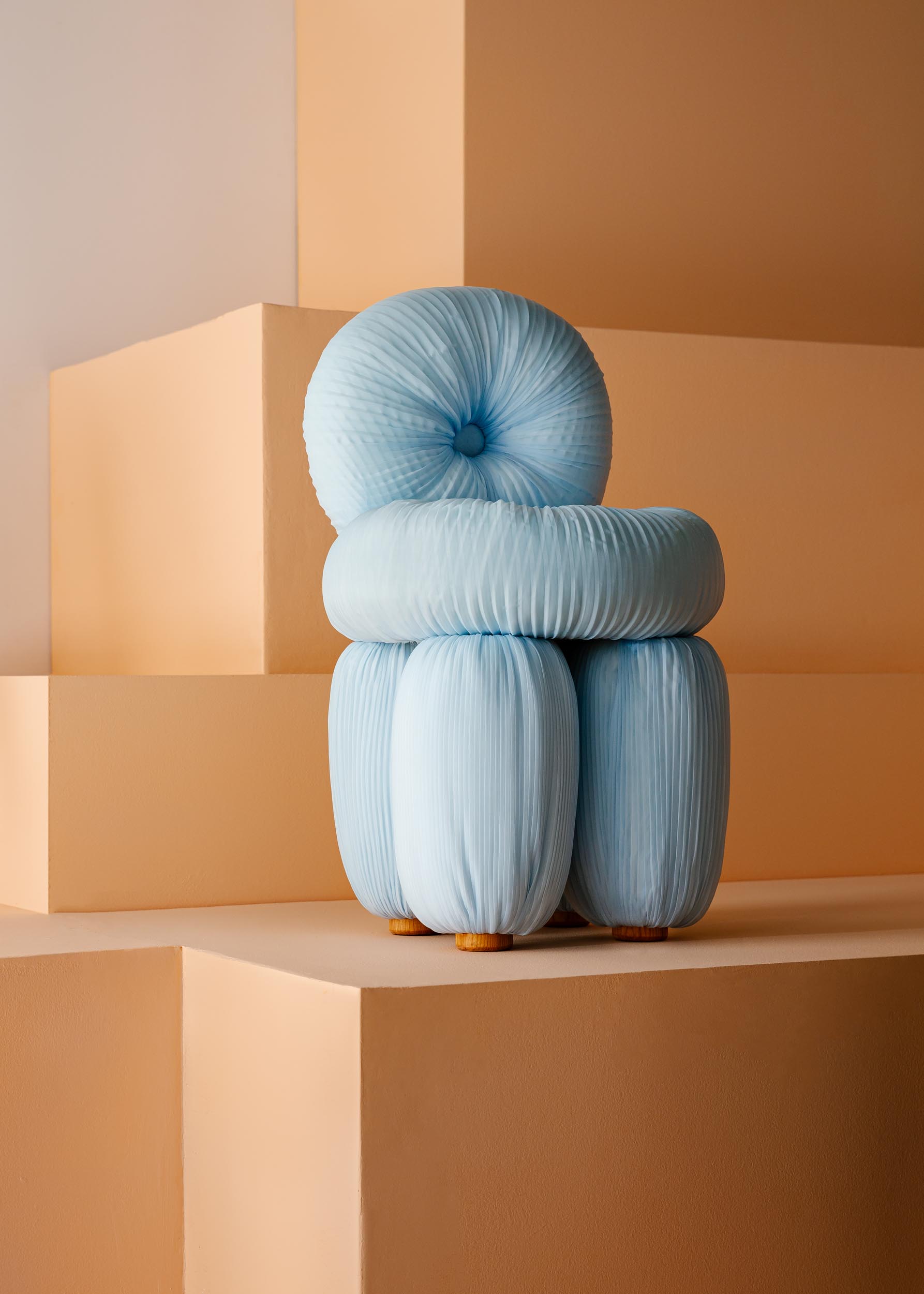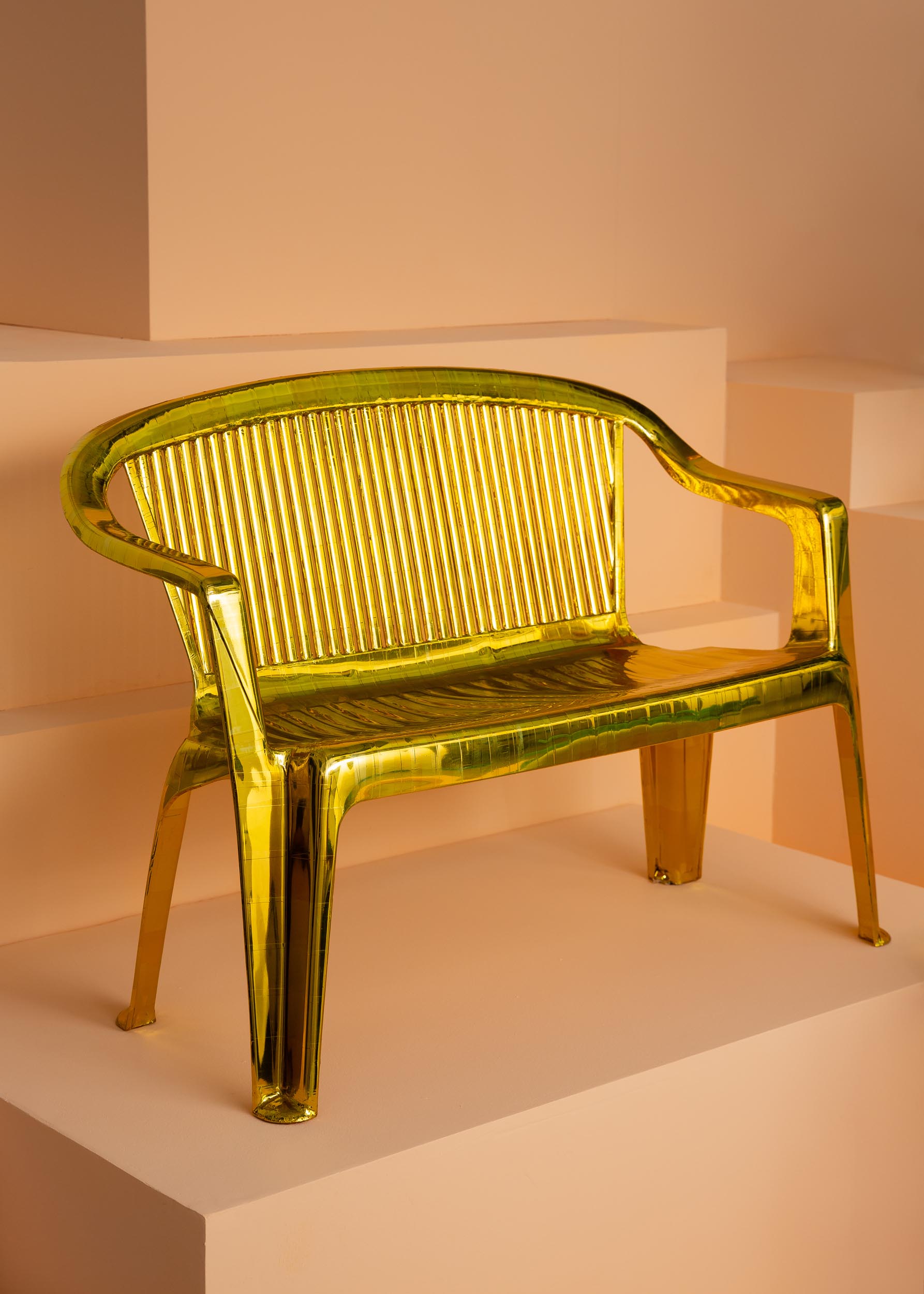✕
Chairs Beyond Right & Wrong
R & Company
64 White Street, New York
September 10 - October 19, 2019
Statement
The seasons are changing. The shapes of things stretch out to meet corridors, where morning light hits the wall in patterns. Black dots punctuate the arm of chair as I wake up, between the end of Summer and the start of Autumn, to a rustling of paper and wind. A letter.
1. The exhibition begins like a game with a chair and a room.
2. A game is a situation where we know the rules but can’t predict the outcome.
“Chairs Beyond Right & Wrong” is an exhibition organized to re-think the chair and its corresponding forms of use and design. The exhibition will present the chair as both a formal object and a product, a structure and a symbol. Some of the works are newly-produced, while others were curated specifically to consider the chair’s valent meanings and applications in the context of the exhibition.
Starting with the chair, one thinks of...
Form
Function
Work
Integration
Viewership
Hierarchy
Sculpture
But a chair is never reducible to just form or function; it is the material expression of both. To quote a line from Donald Judd, the art of a chair is not its resemblance to art, “but its usefulness and scale as a chair. ...A work of art exists as itself; a chair exists as a chair itself. And the idea of a chair isn’t a chair.”1
Imagine three objects in a room.
A chair.
A photograph of a chair.
A definition of a chair.
Perhaps all three are chairs, or just stand-ins for one. But isn’t a chair simply a chair?2
The tendency is to ask what a chair is; but what the exhibition hopes to show is how the word “chair” might be used and how the rules that animate the movement from the space of utility to the space of art are made visible.
Chairs no longer gravitate toward a table; they take on their own meaning, and, like a game of musical chairs, offer a metaphor for position, arrangement, variation, distribution and recombination. It’s been said that “an arrangement of chairs [can] be taken as a language.”3 But the chair doesn’t present itself solely as an illustration of a particular idea, it shows how meanings are inseparable from the material used to express them. “Don’t look for the meaning of things,” says Wittgenstein, “look for their use.”4
The chair fragments and partitions.
It paces the real with a flow of words.
It does not have a specific place.
It leans away in the wind.
1. Donald Judd. Museum Boymans-Van Beuningen, Museum Villa Stuck. Donald Judd, furniture. Museum Boymans-van Beuningen, 1993. p. 21.
2. Joseph Kosuth. One and Three Chairs, 1965. Wood folding chair, mounted photograph of a chair, and mounted photographic enlargement of the dictionary definition of “chair.” Publication excerpt from The Museum of Modern Art, MoMA Highlights, New York: The Museum of Modern Art, revised 2004, originally published 1999, p. 257.
3. Ludwig Wittgenstein. Wittgenstein’s Lectures, 1932 - 35, Edited by Alice Ambrose, publ. Blackwell, 1979. The 1932-33 Lecture notes, pp. 2 - 40 reproduced here.
4. Nicolas Bourriaud quoting Rirkrit Tiravanija. “Public Relations An Interview with Nicolas Bourriaud,” Artforum, April 2001.
Artists & Designers
Adam McEwen, Al Freeman, Alex Israel, Bunny Rogers, Chris Wolston, Cory Arcangel, Dana Barnes, Daniel Arsham, Darren Bader, Ely Fink and Todd Reime, Ettore Sottsass, Gaetano Pesce, Green River Project LLC, Heji Shin, Jim Lambie, Joanne Tatham & Tom O’Sullivan, Jordan Wolfson, Jorge Pardo, Josh Sperling, Joyce Lin, Katherine Bernhardt, Katie Stout, KAWS and Estudio Campana, Lucy Dodd, Margaret Lee and Emily Sundblad, Mathias Bengtsson, Mario Navarro, Martine Syms, Martino Gamper, Mary Heilmann, Misha Kahn, Nate Lowman, Nicole Wermers, Paola Pivi, Peter Shire, Reginald Sylvester II, Rirkrit Tiravanija, Rob Pruitt, Rogan Gregory, Sam Stewart, Serban Ionescu, Seth Price, The Haas Brothers, Thomas Barger, Tom Burr, Trisha Baga, Urs Fischer, Wade Guyton
1. The exhibition begins like a game with a chair and a room.
2. A game is a situation where we know the rules but can’t predict the outcome.
Form
Function
Work
Integration
Viewership
Hierarchy
Sculpture
A chair.
A photograph of a chair.
A definition of a chair.
The chair fragments and partitions.
It paces the real with a flow of words.
It does not have a specific place.
It leans away in the wind.
2. Joseph Kosuth. One and Three Chairs, 1965. Wood folding chair, mounted photograph of a chair, and mounted photographic enlargement of the dictionary definition of “chair.” Publication excerpt from The Museum of Modern Art, MoMA Highlights, New York: The Museum of Modern Art, revised 2004, originally published 1999, p. 257.
3. Ludwig Wittgenstein. Wittgenstein’s Lectures, 1932 - 35, Edited by Alice Ambrose, publ. Blackwell, 1979. The 1932-33 Lecture notes, pp. 2 - 40 reproduced here.
4. Nicolas Bourriaud quoting Rirkrit Tiravanija. “Public Relations An Interview with Nicolas Bourriaud,” Artforum, April 2001.
